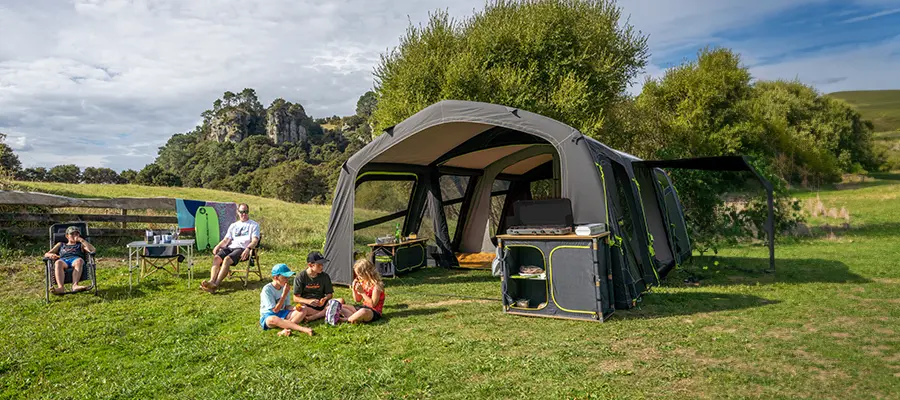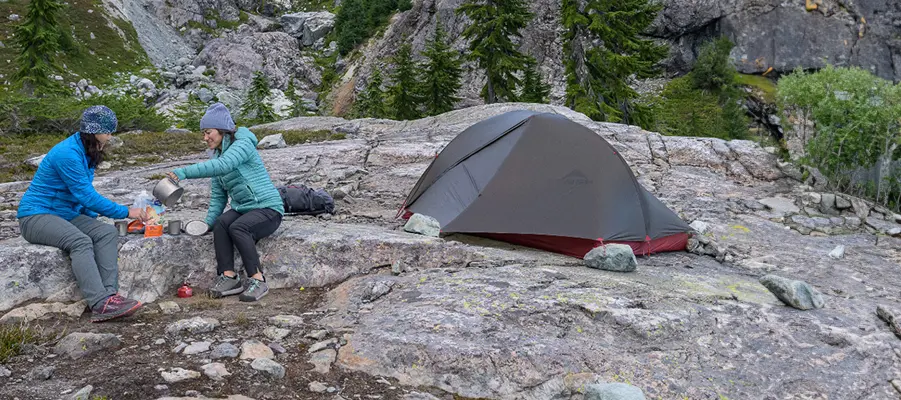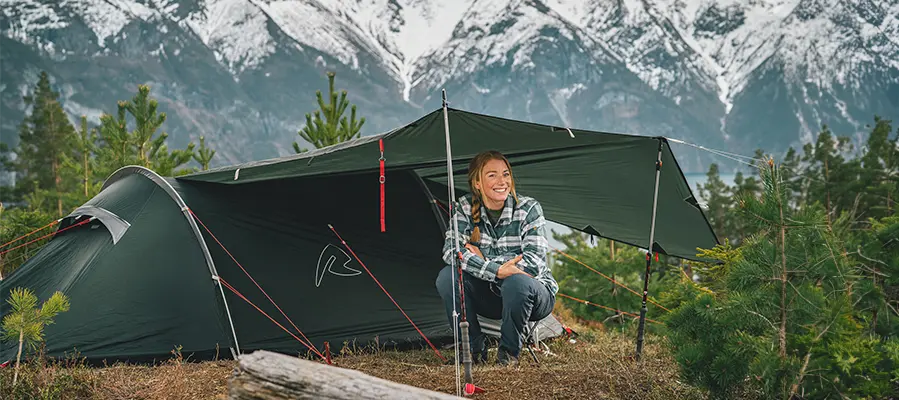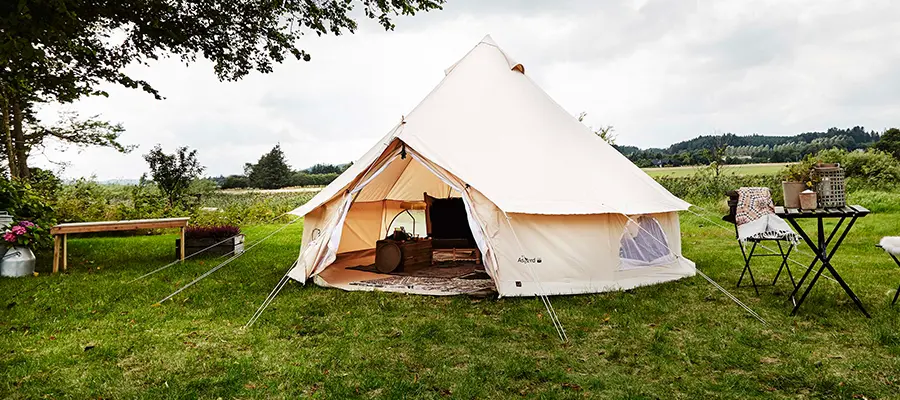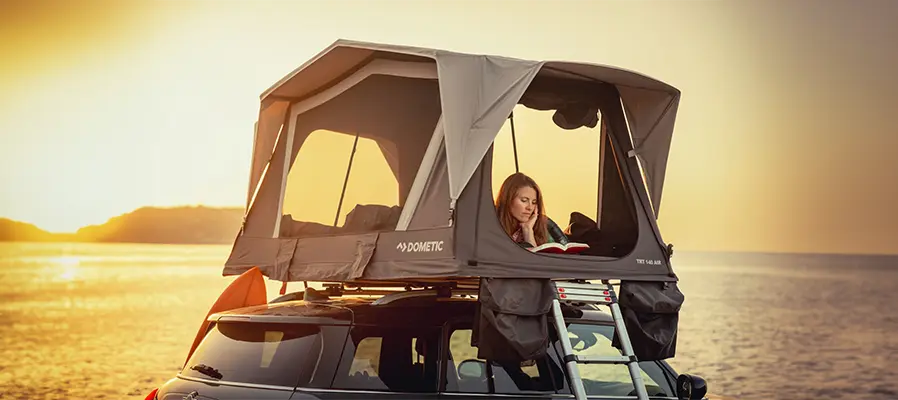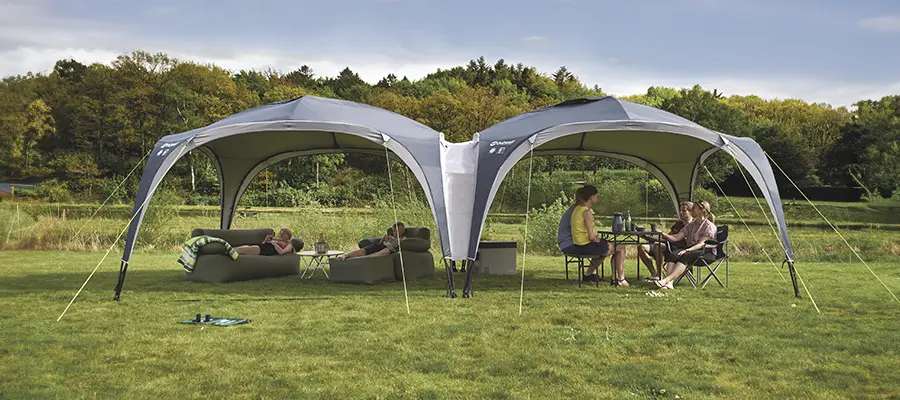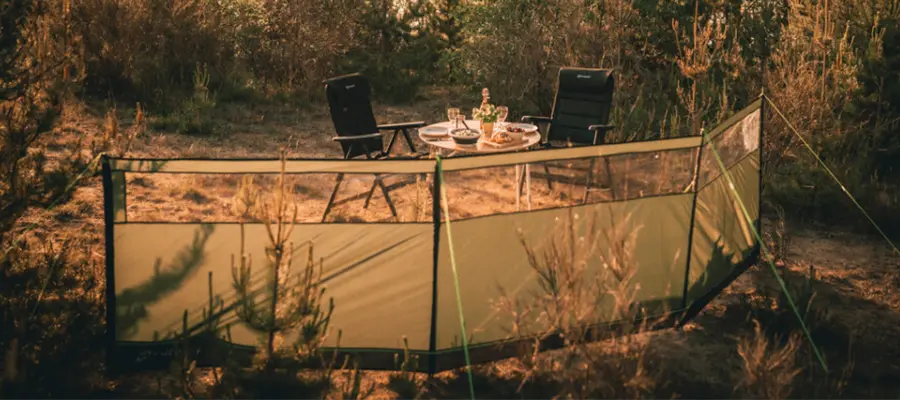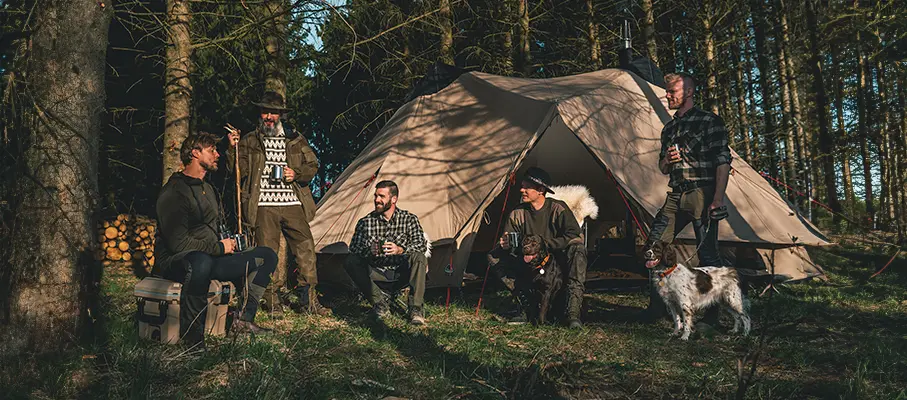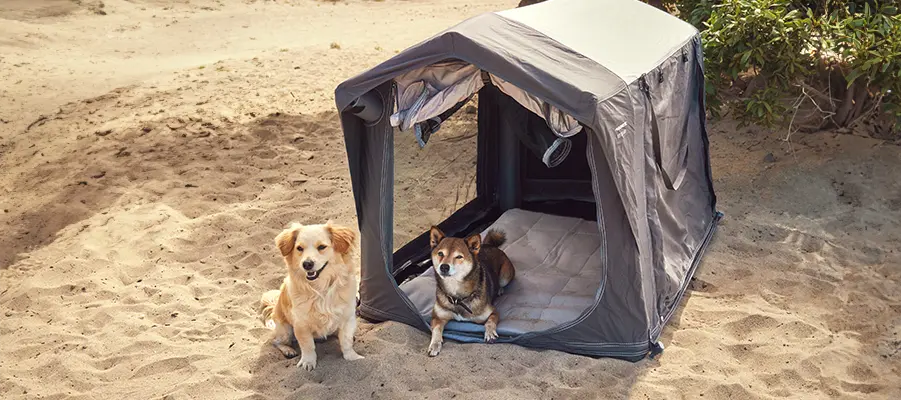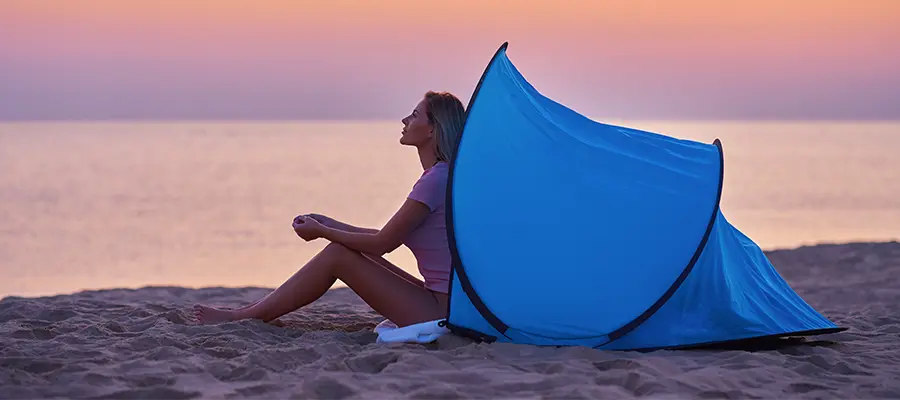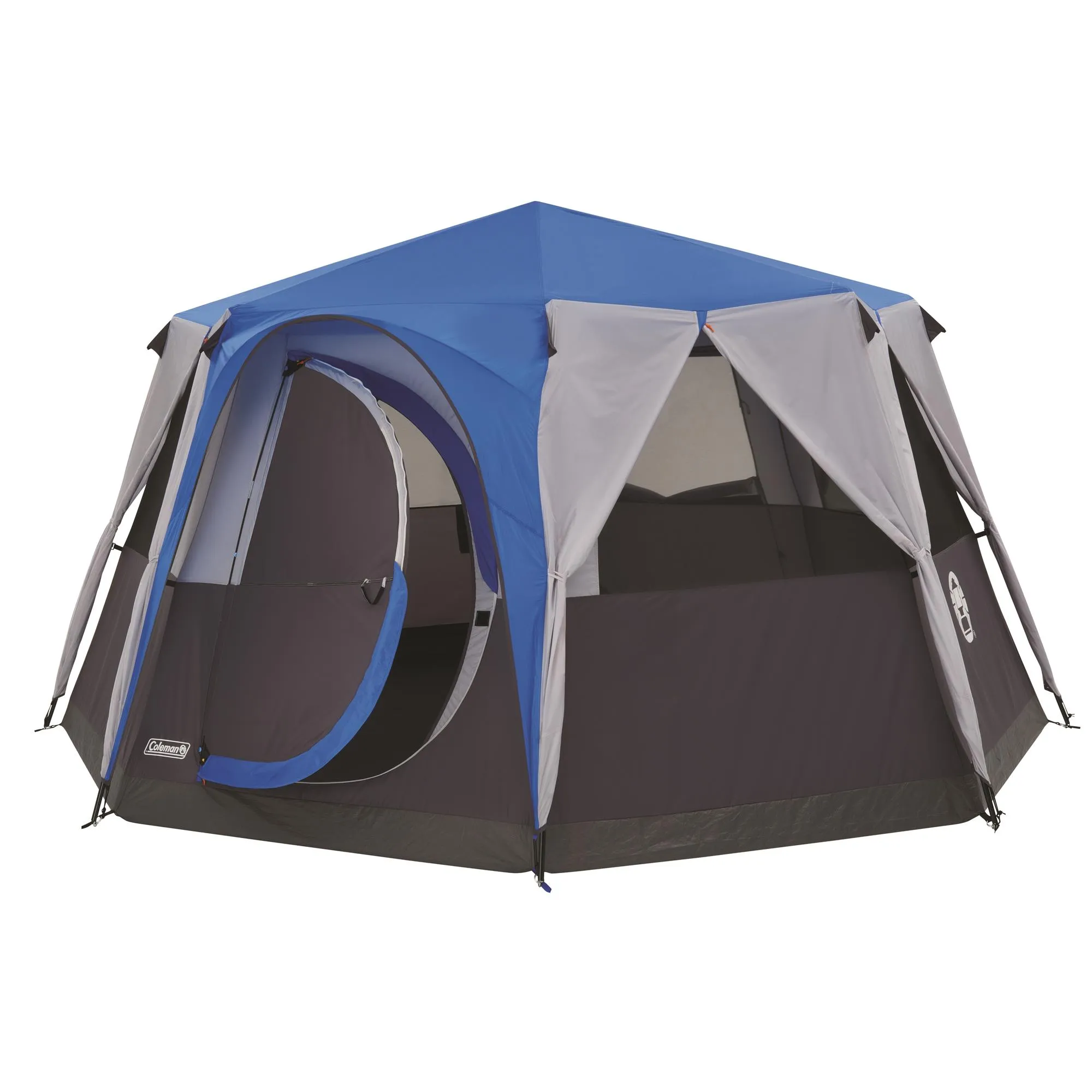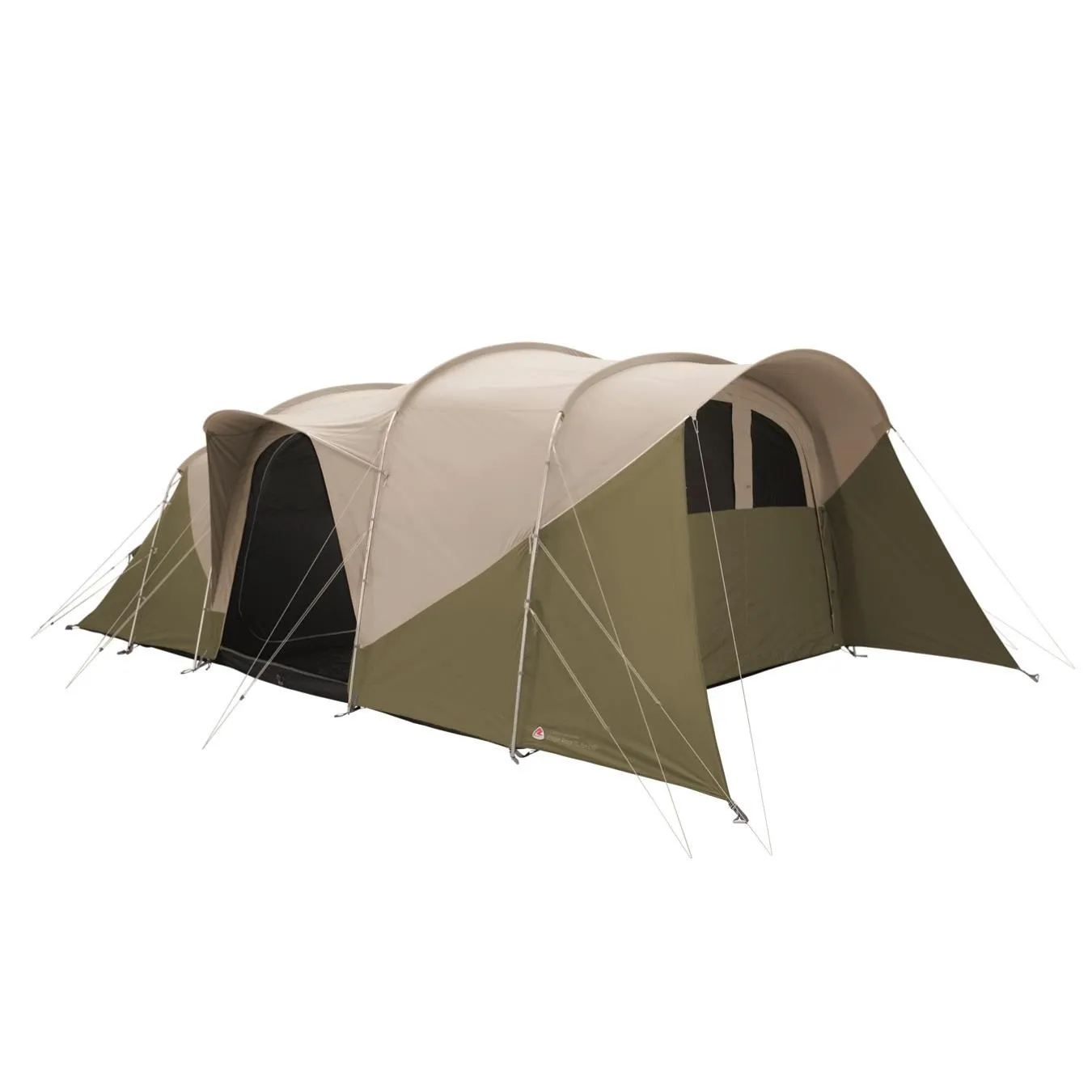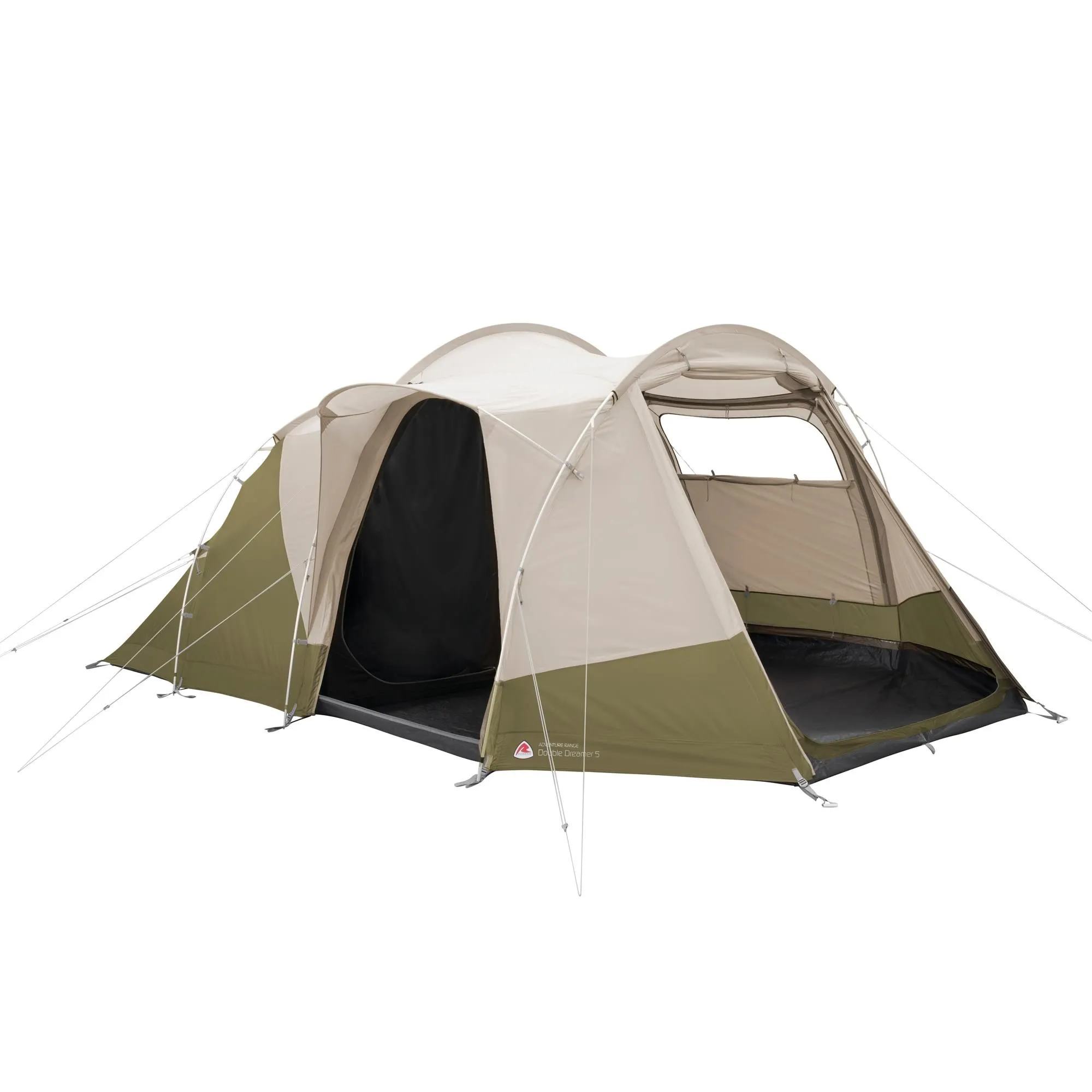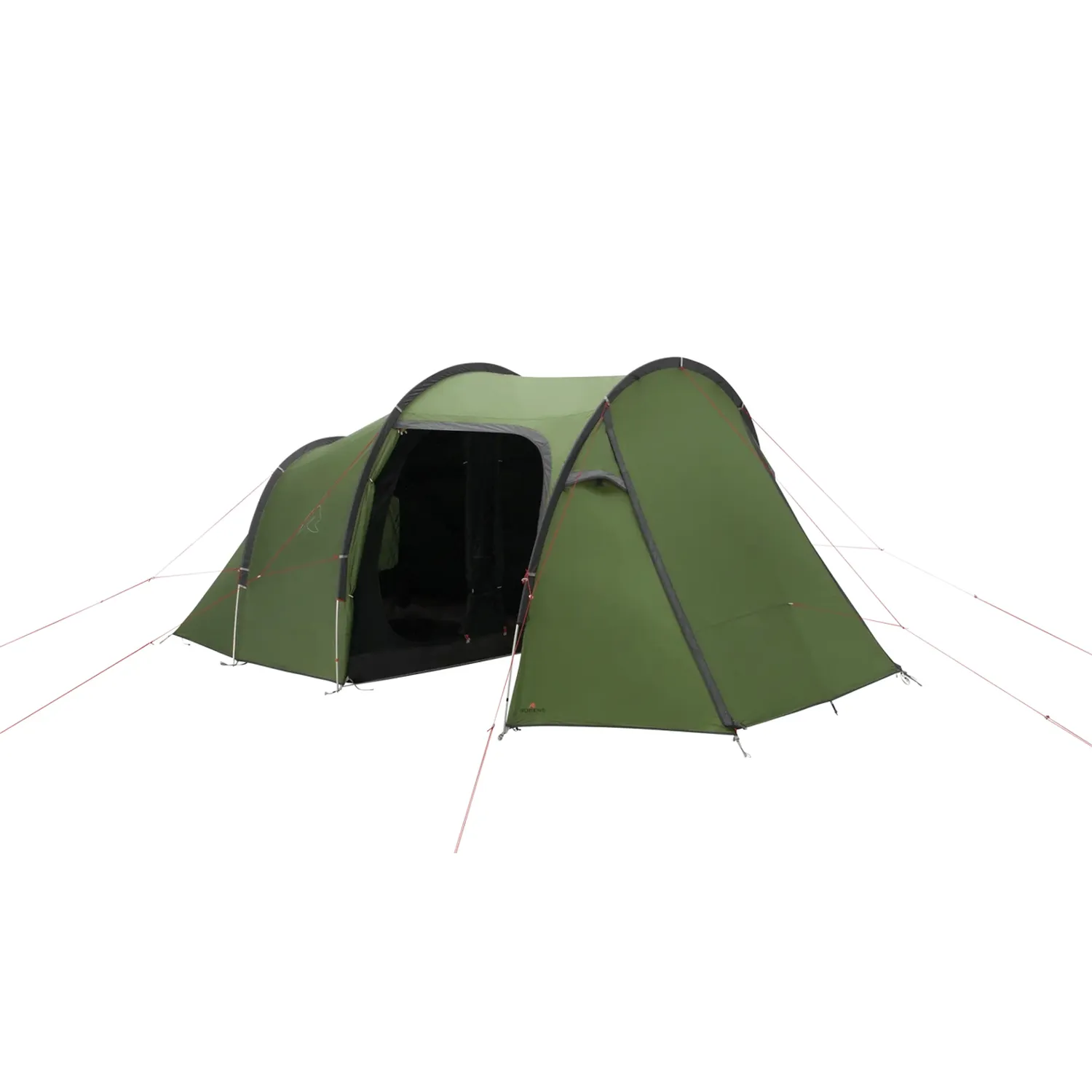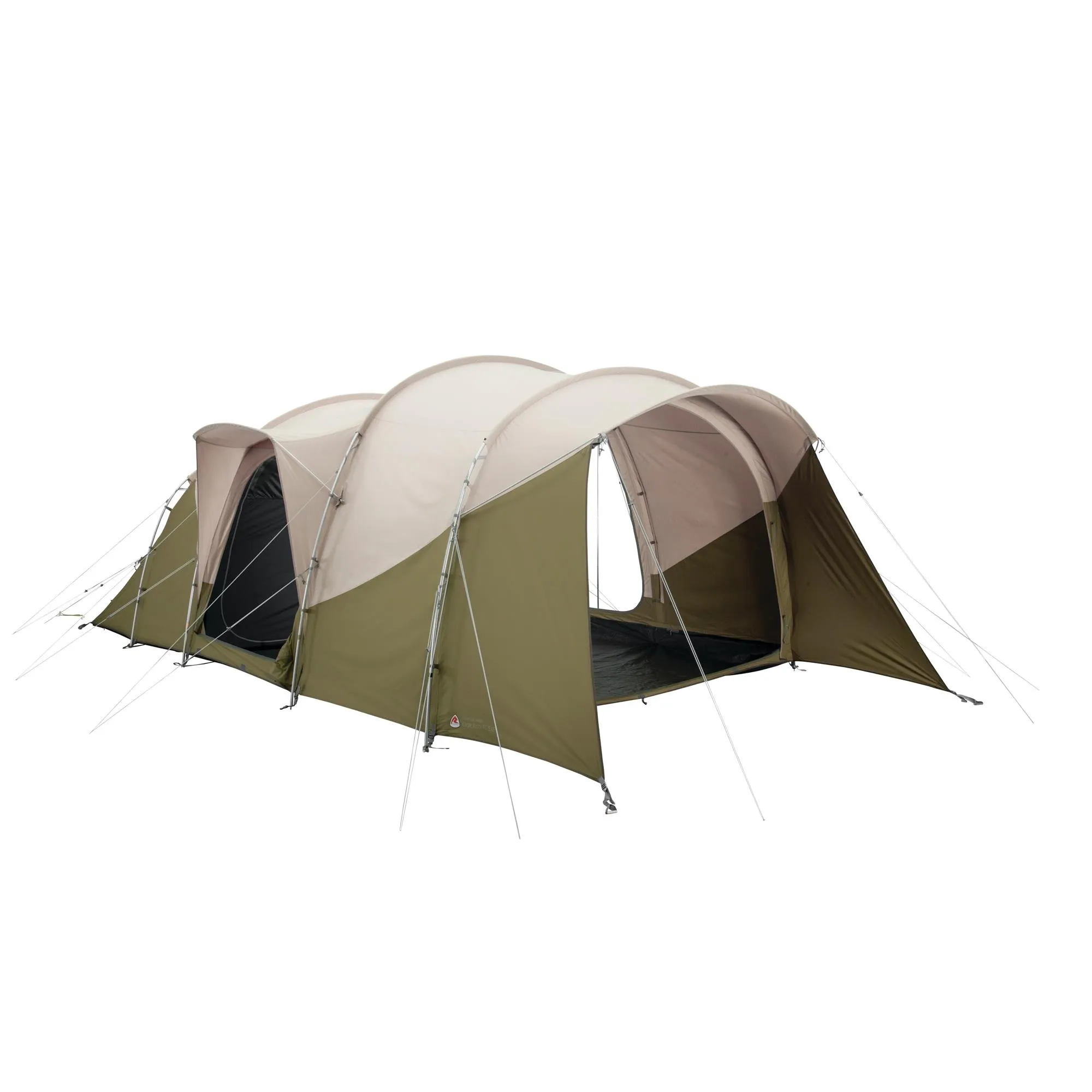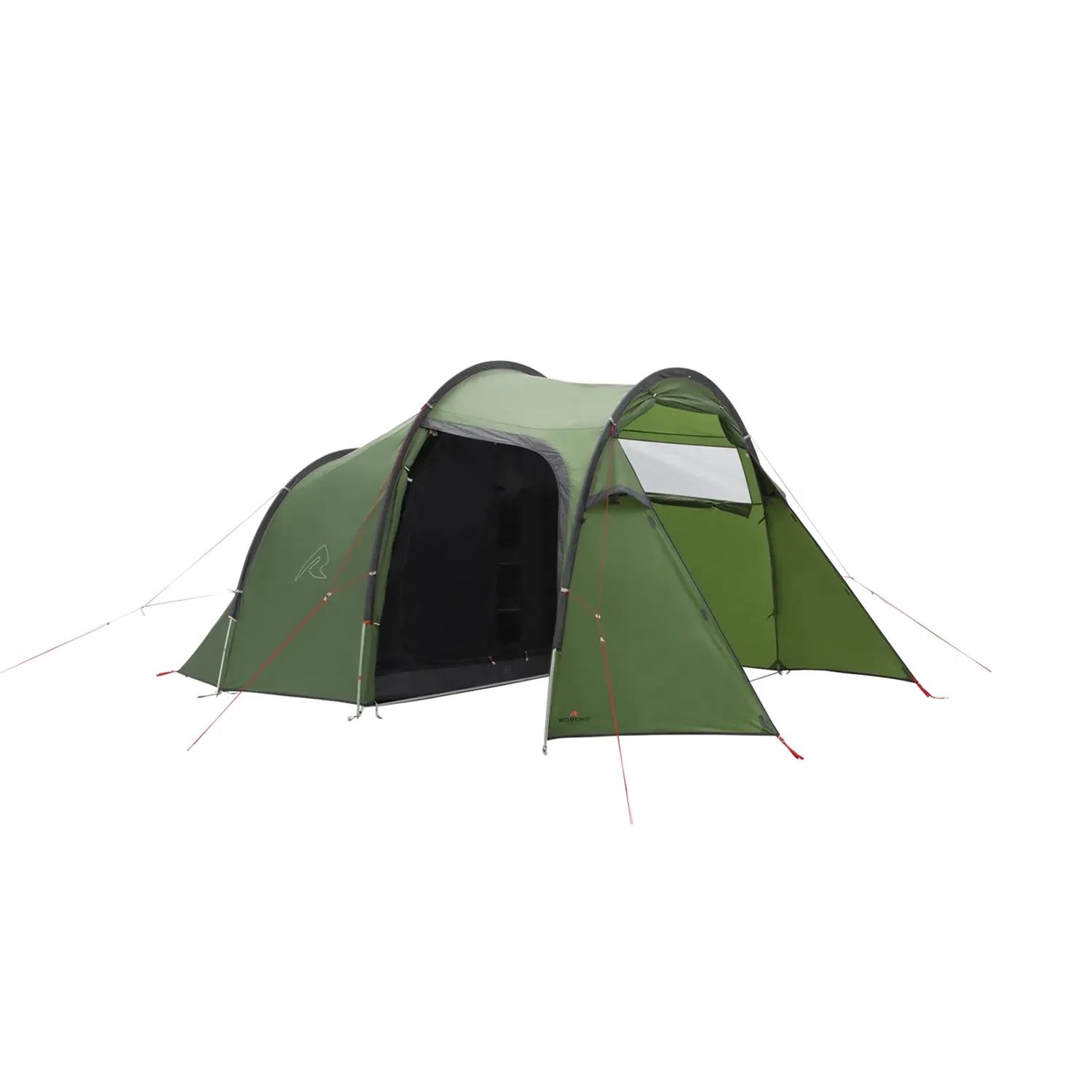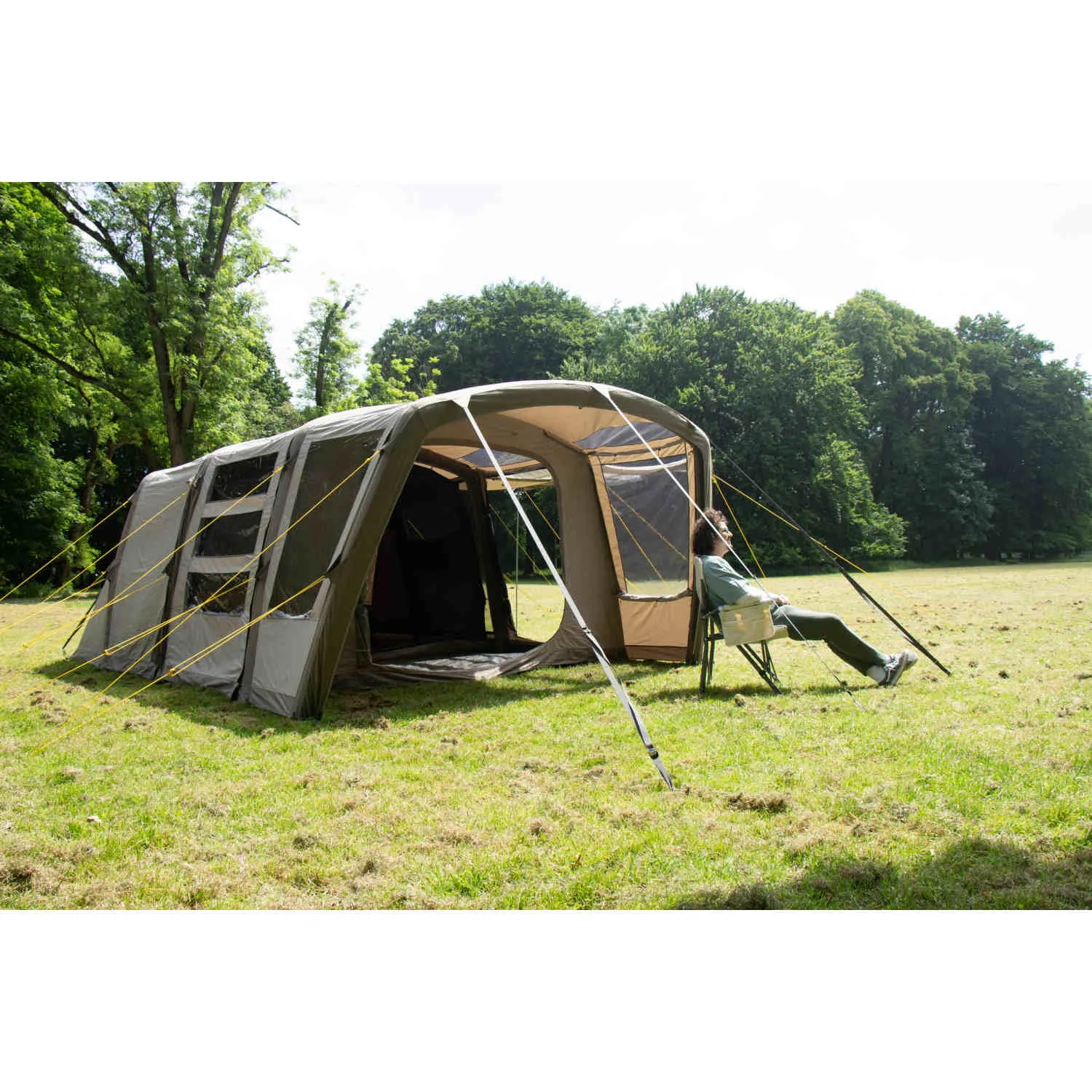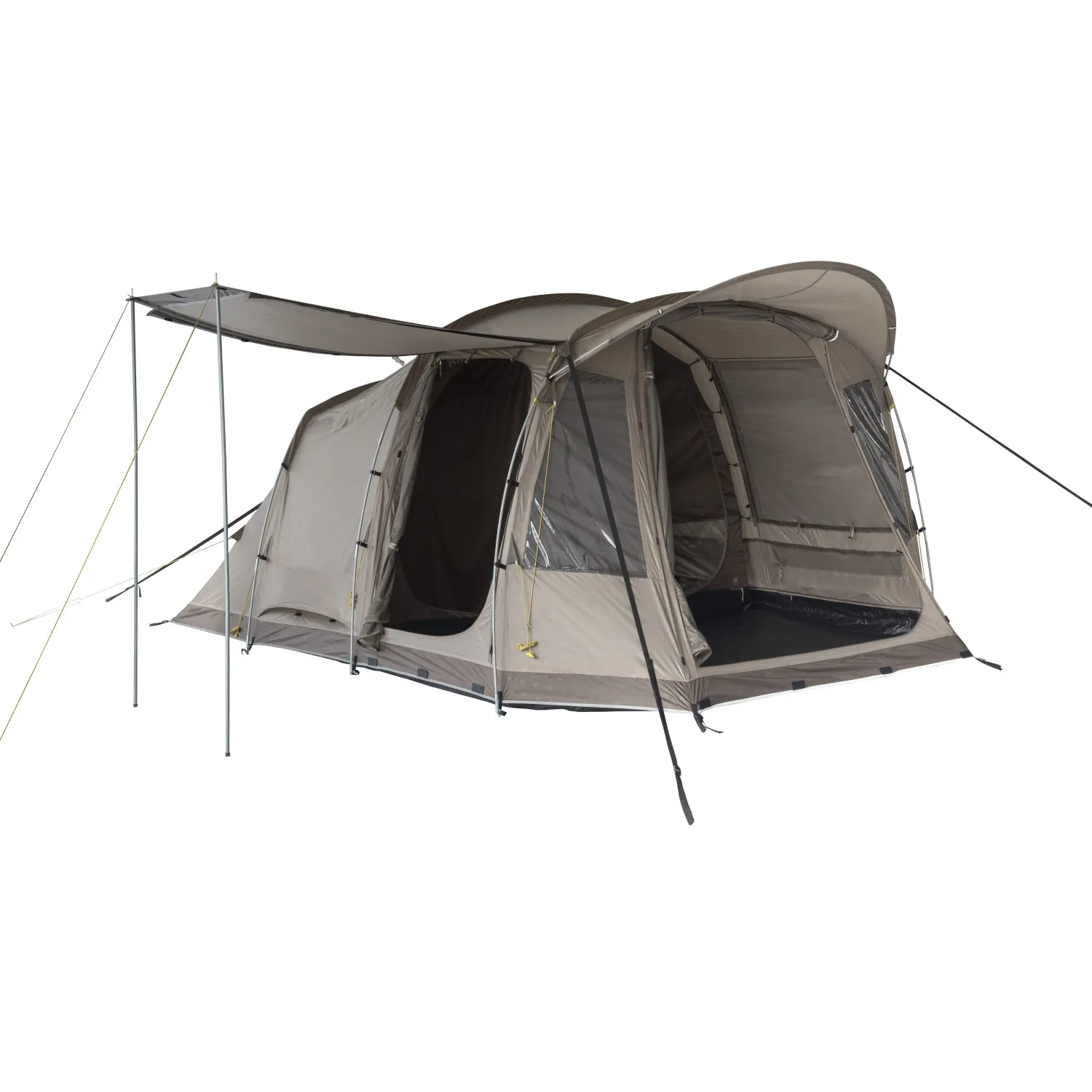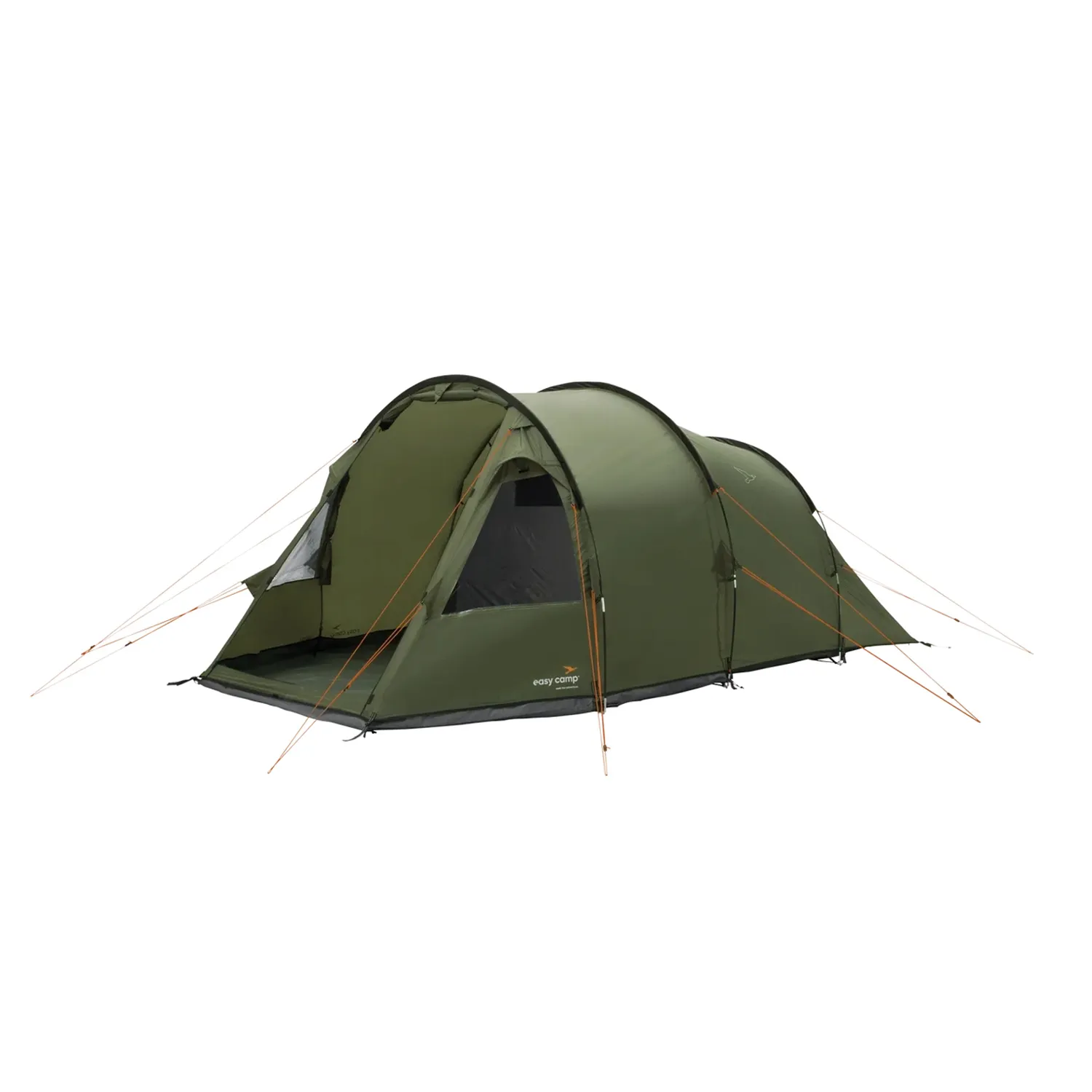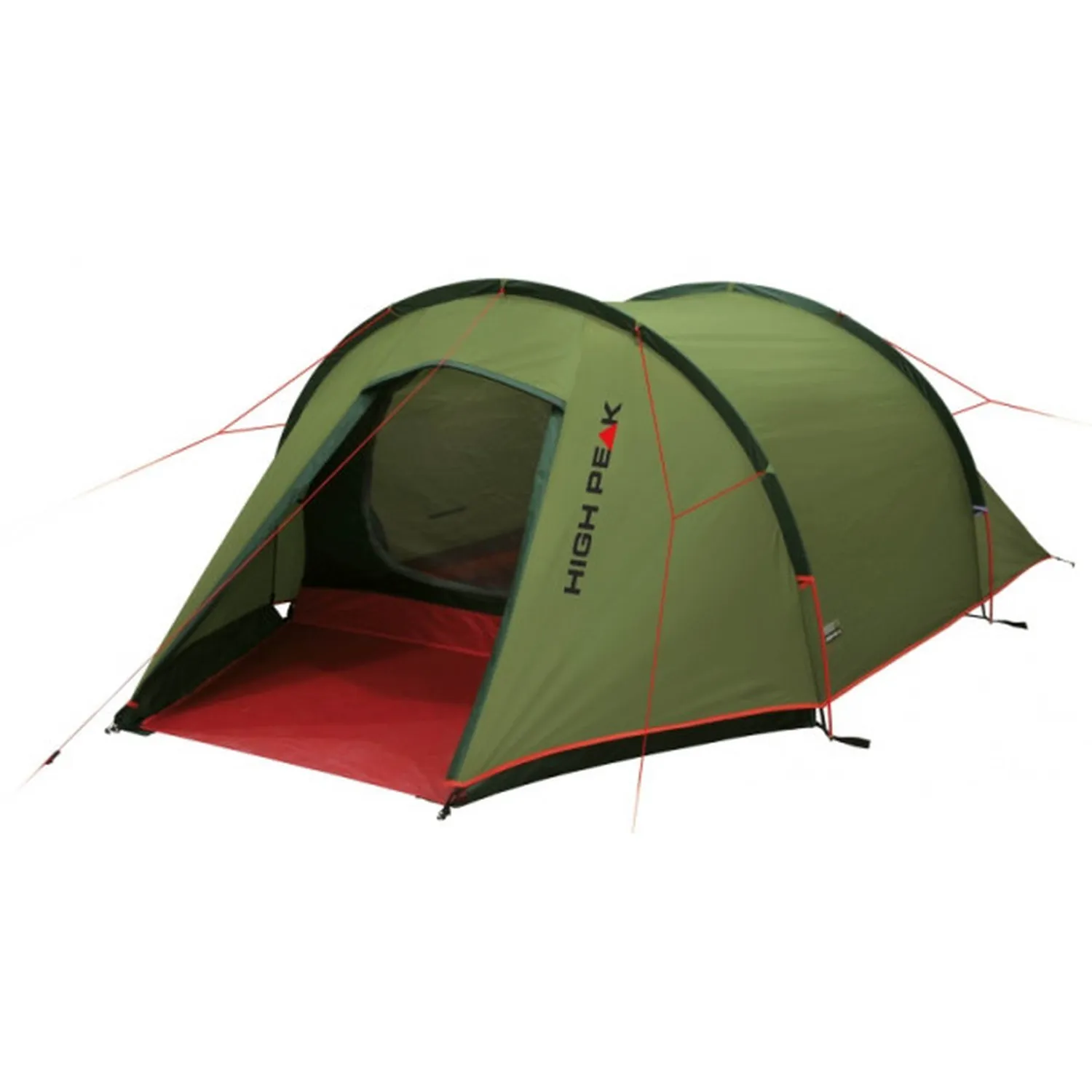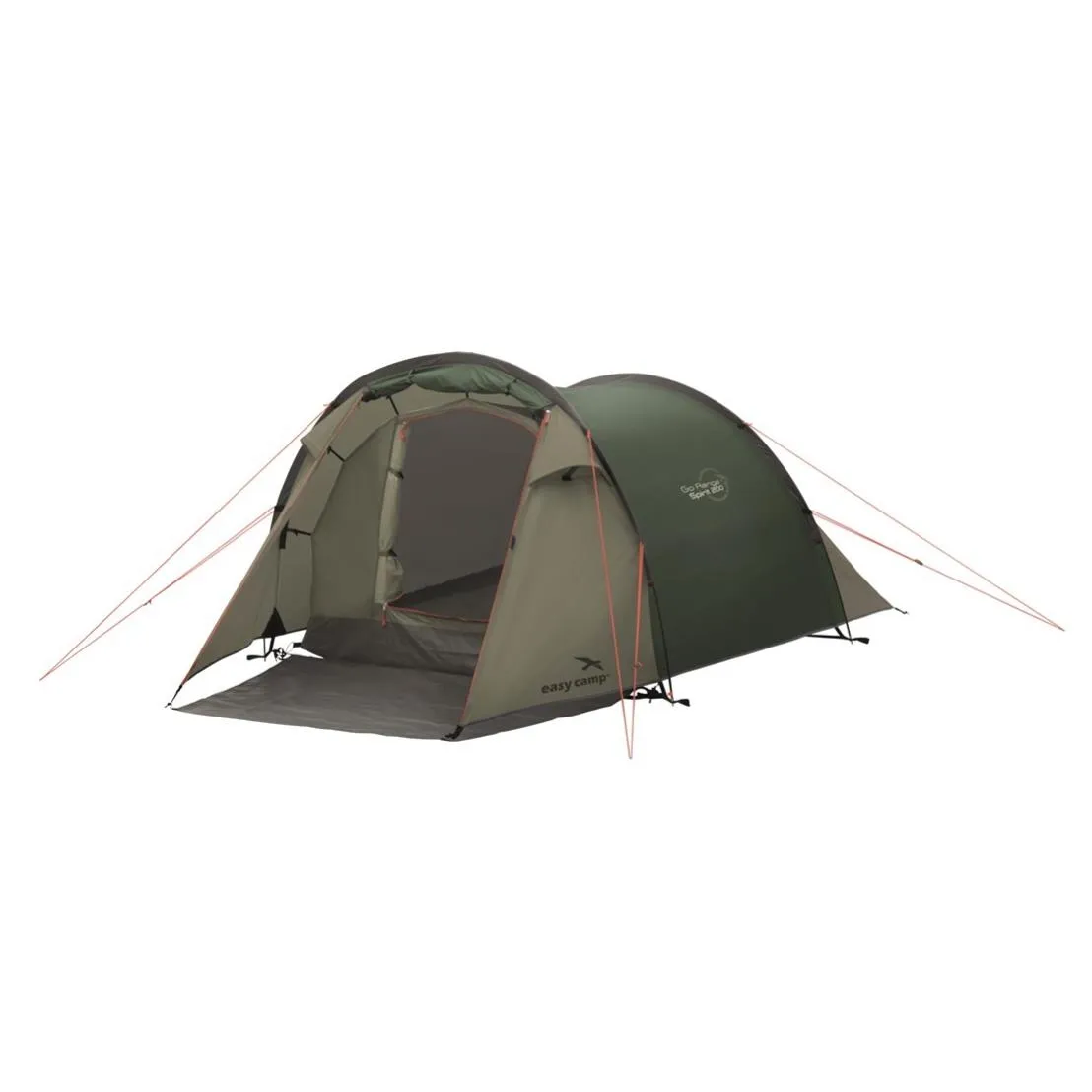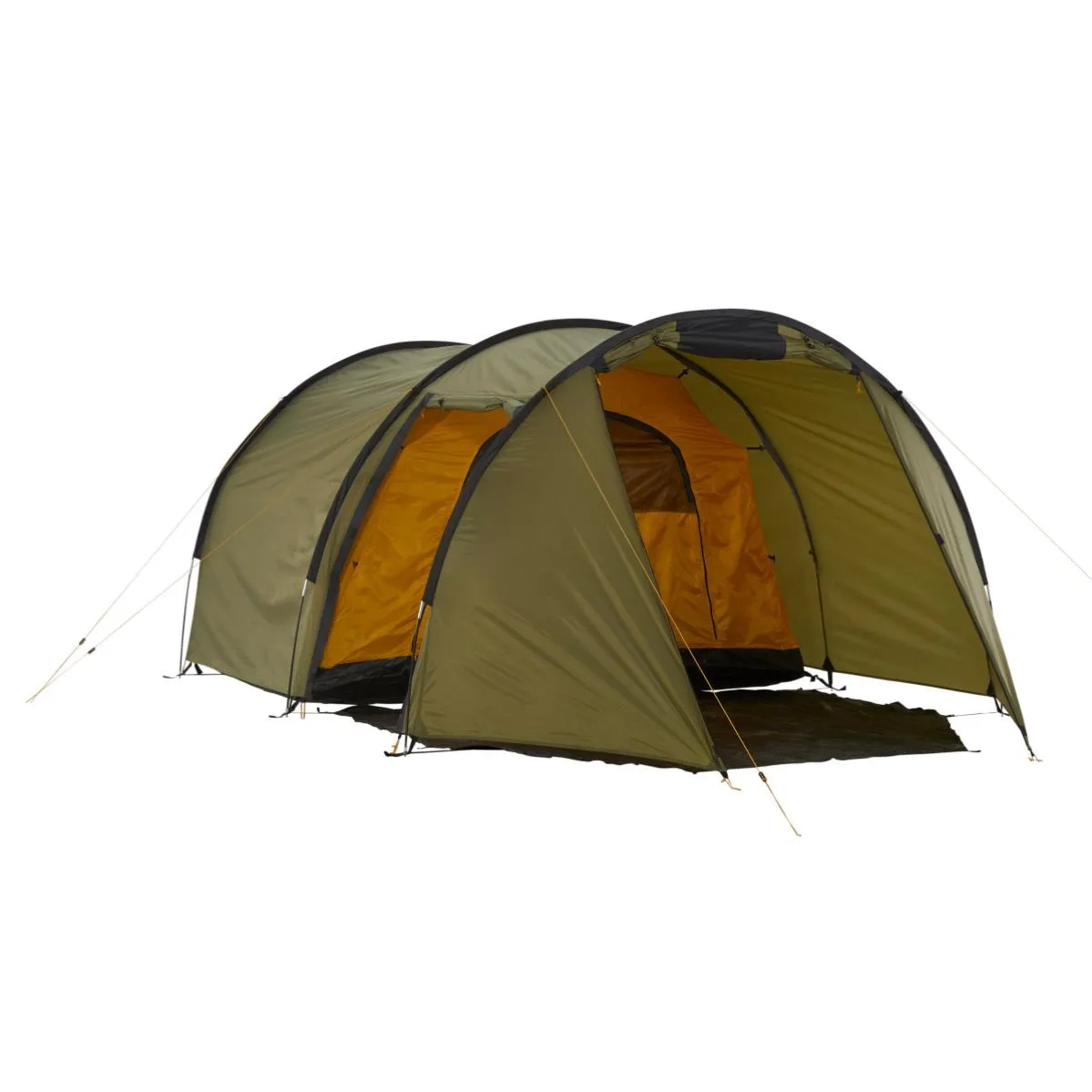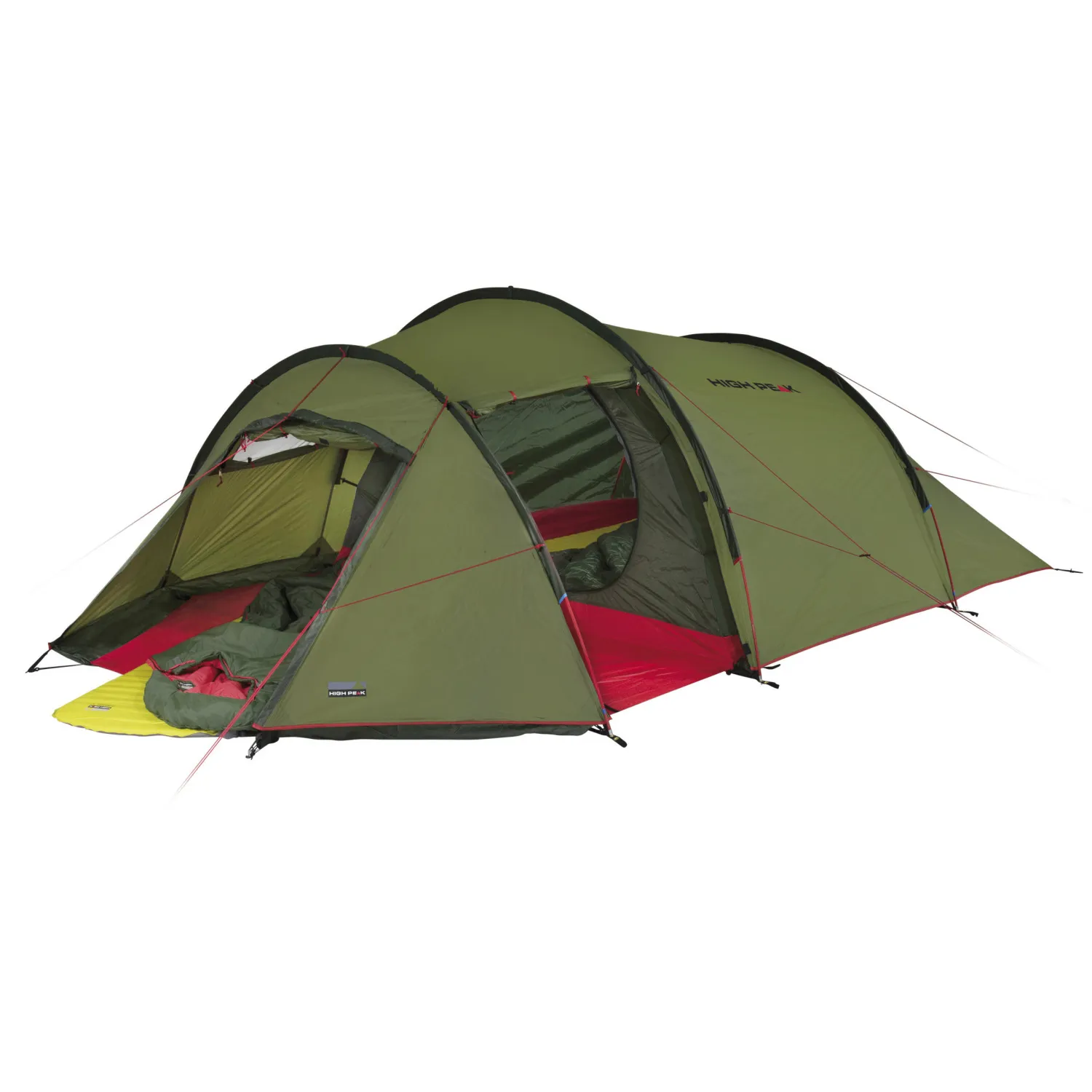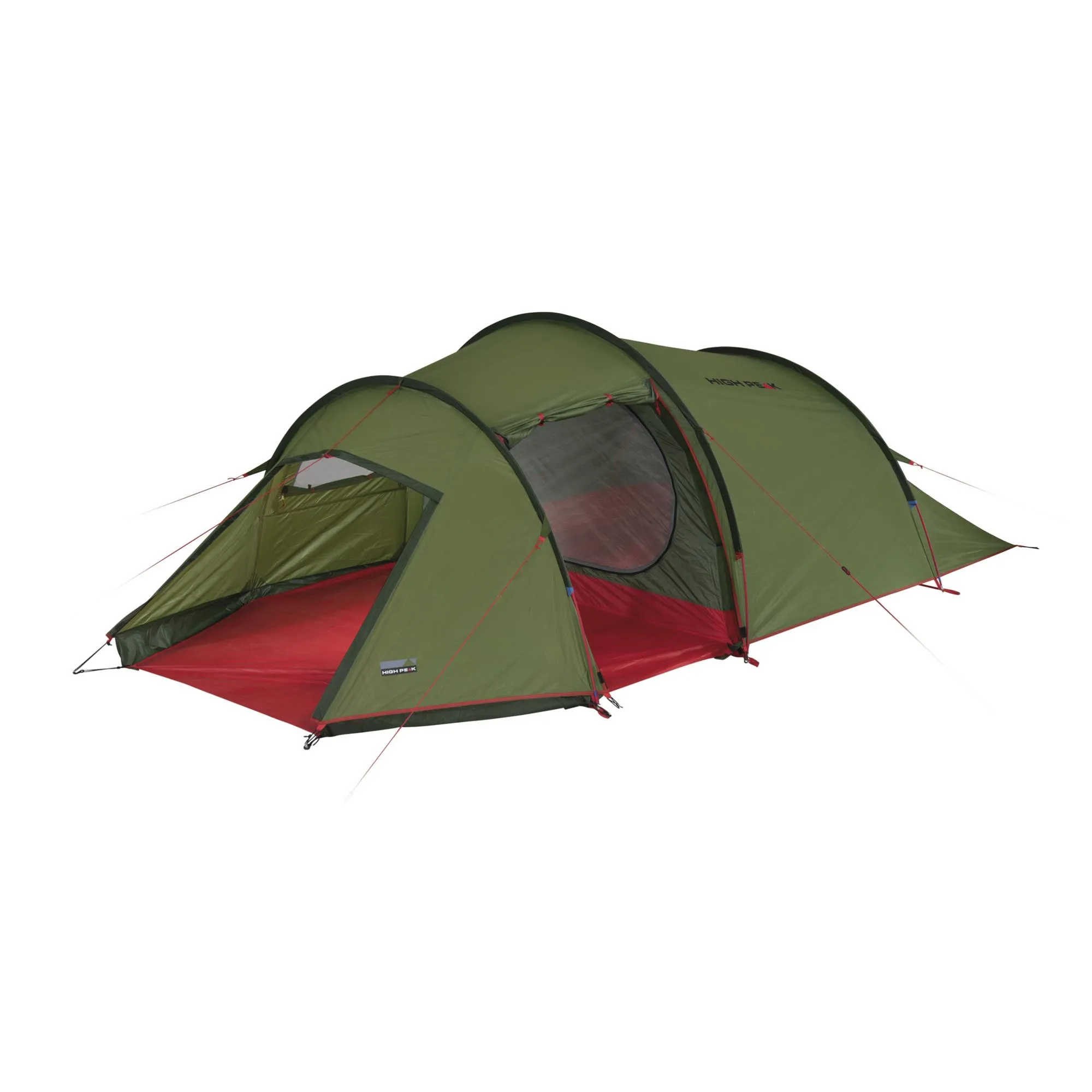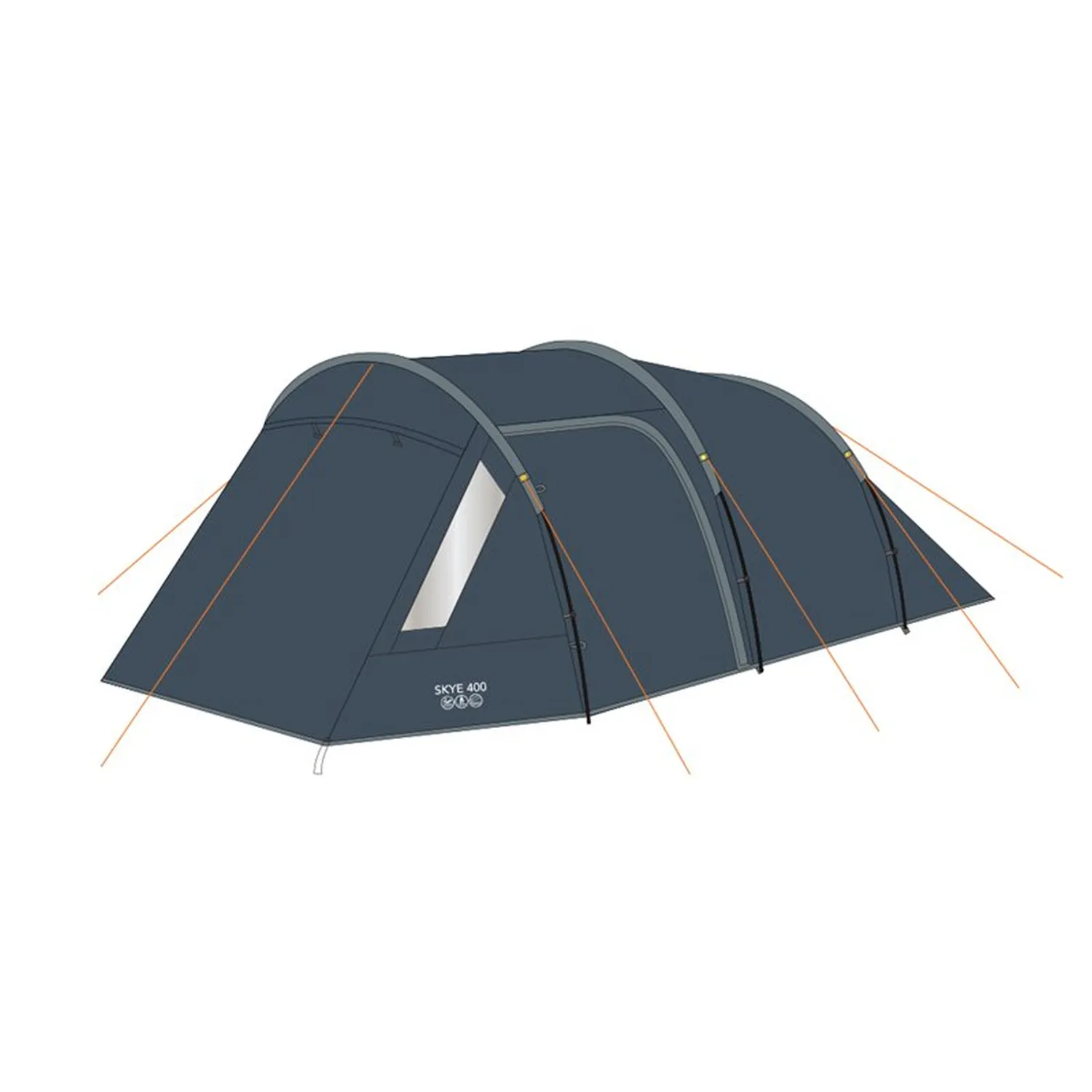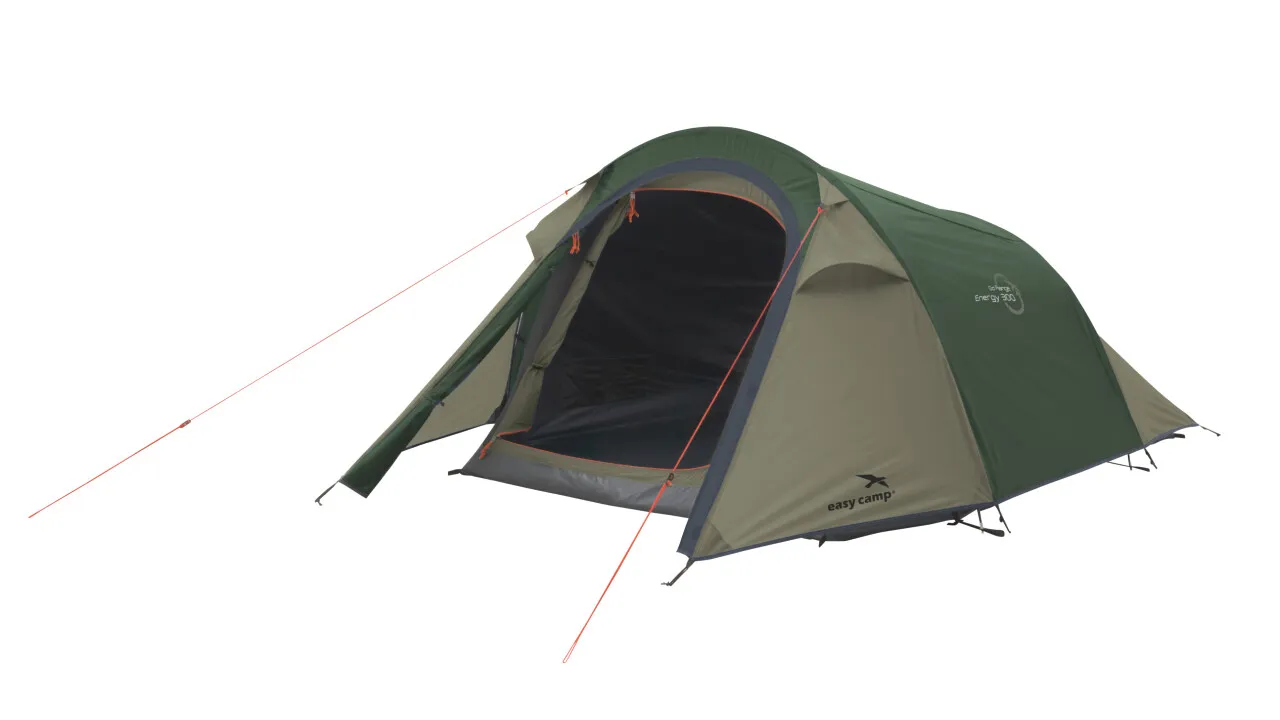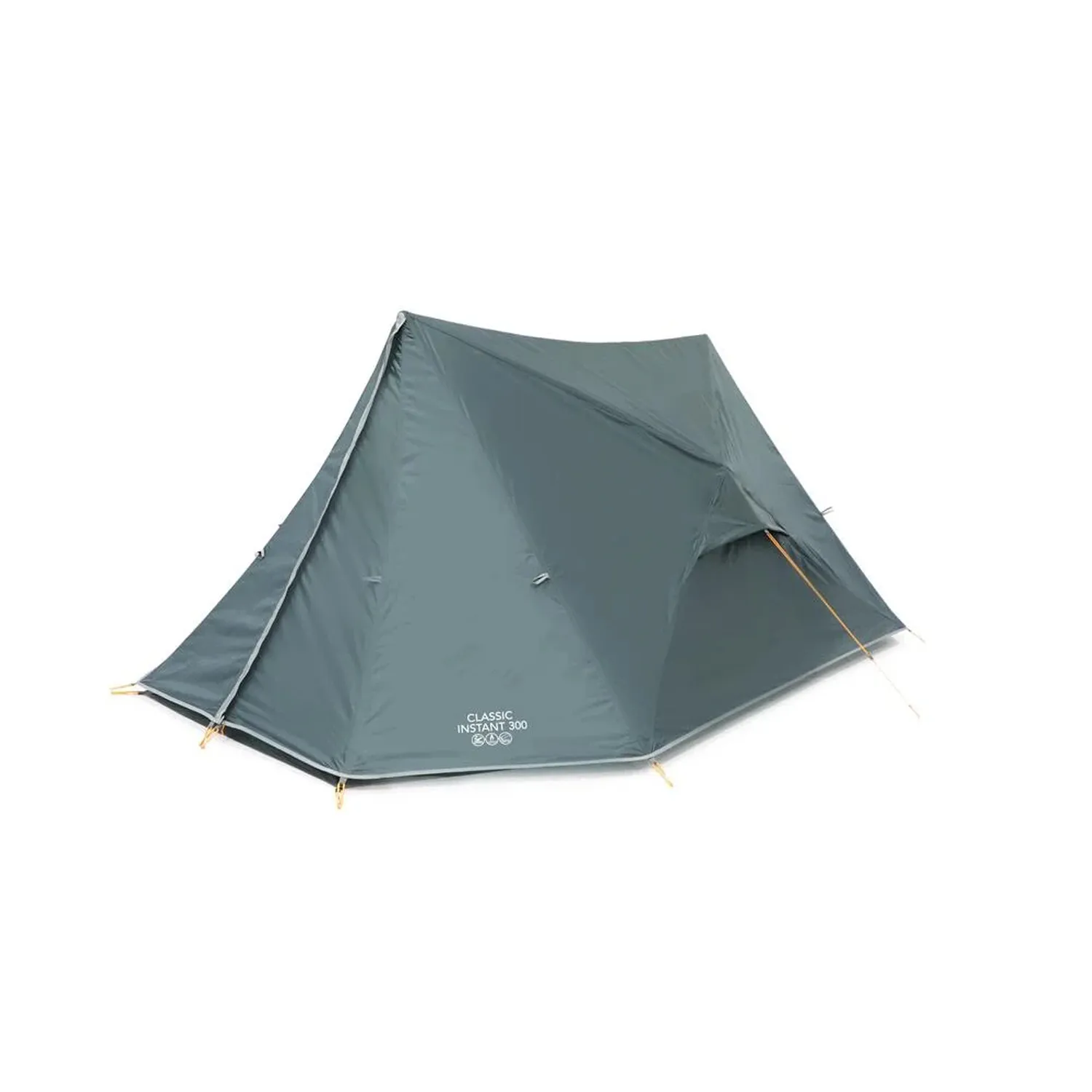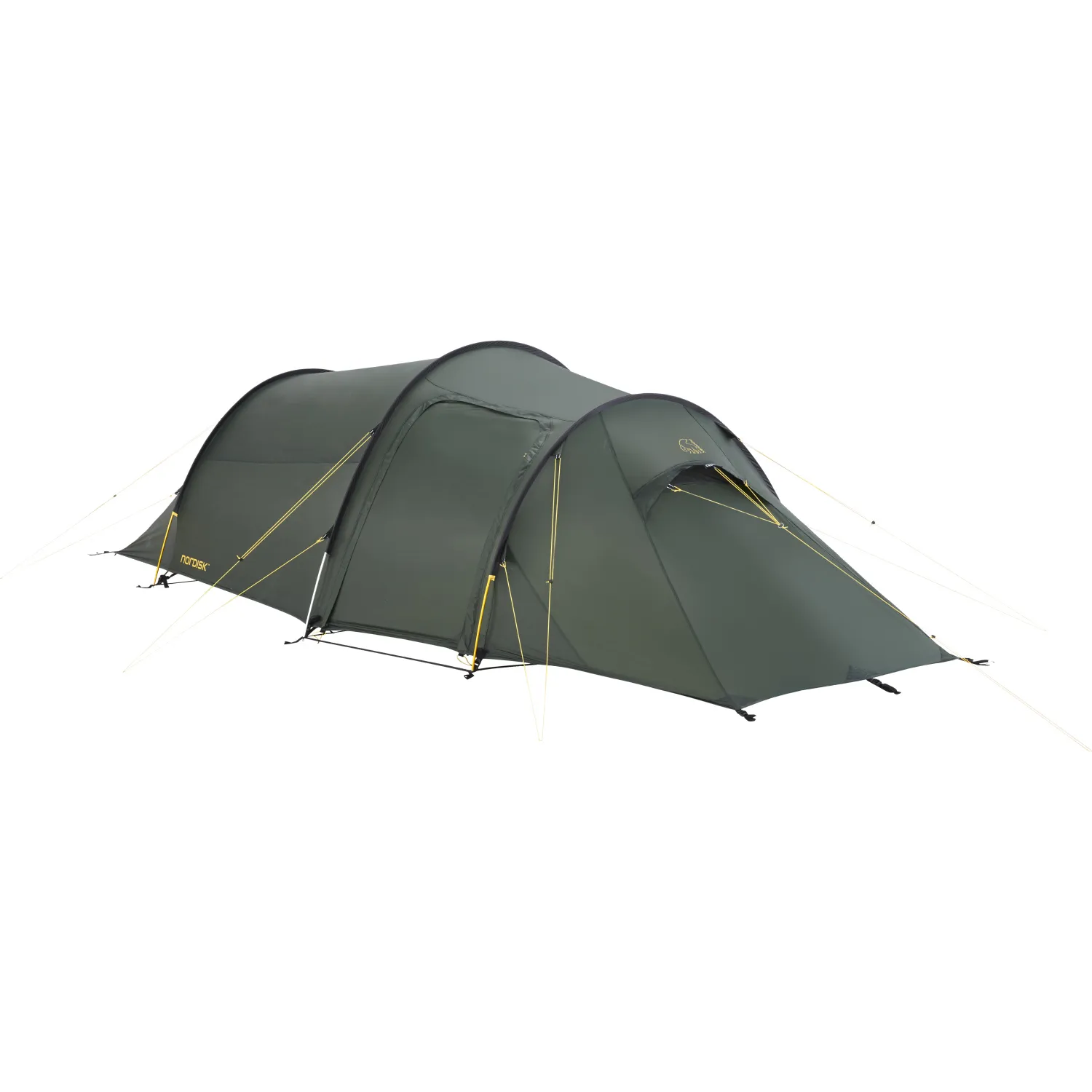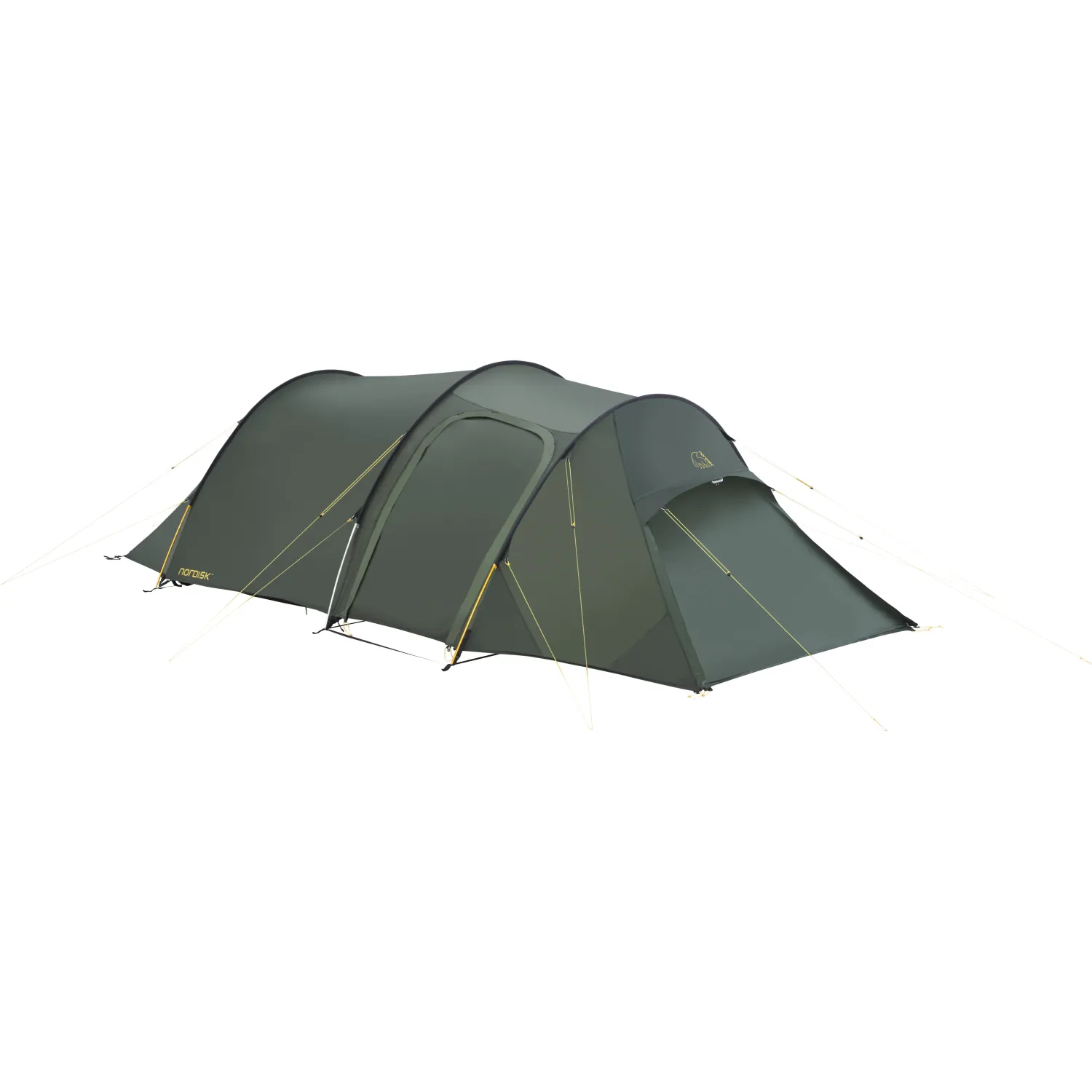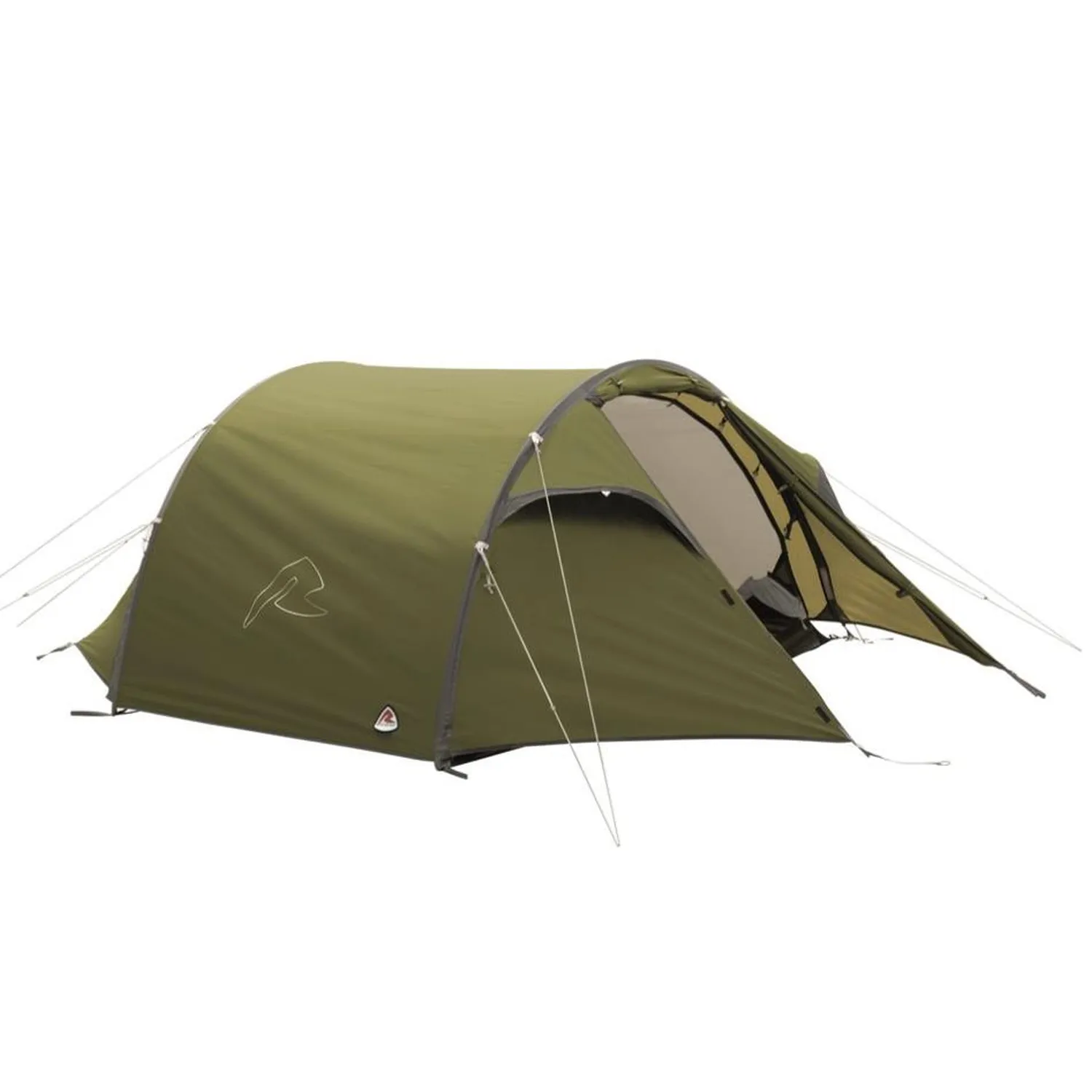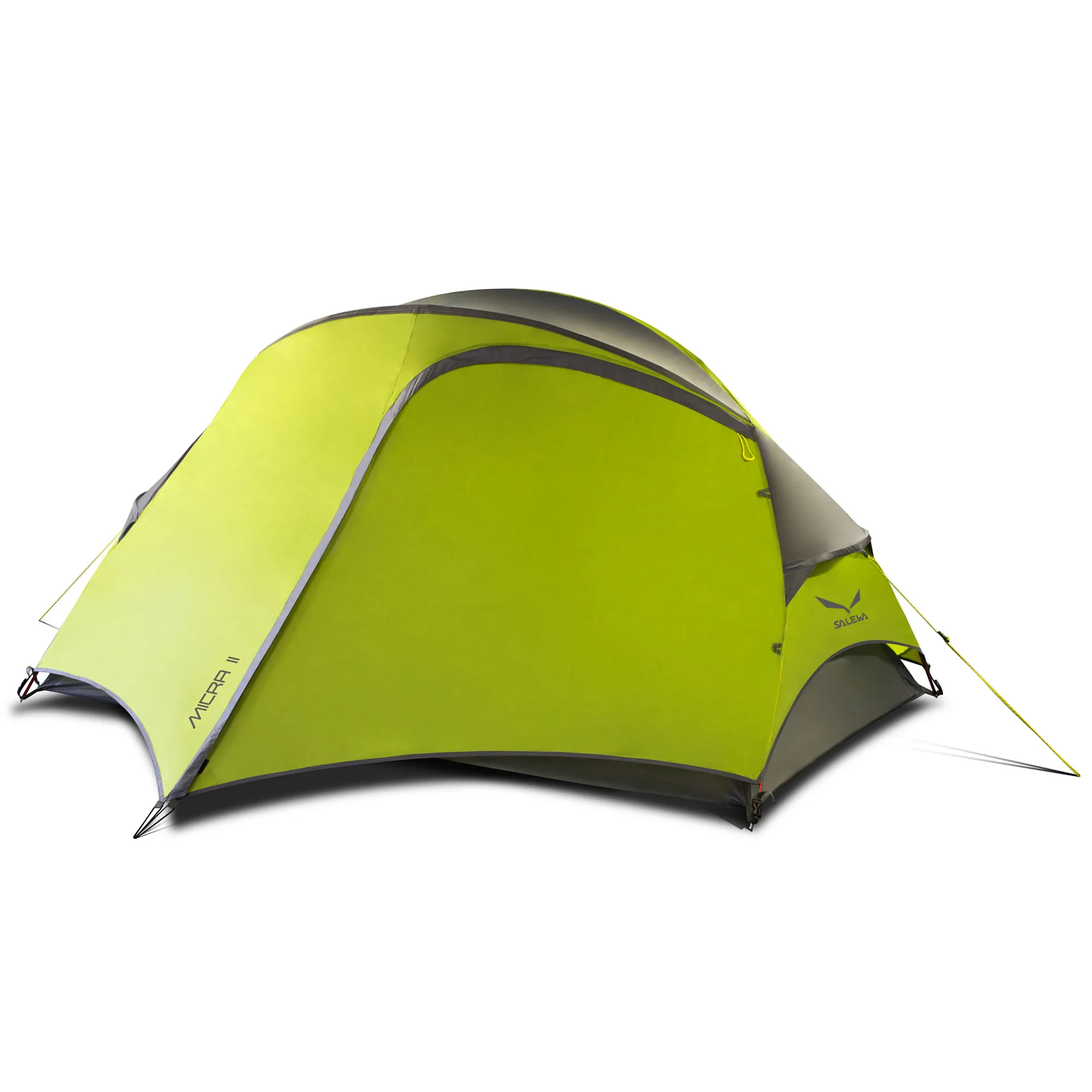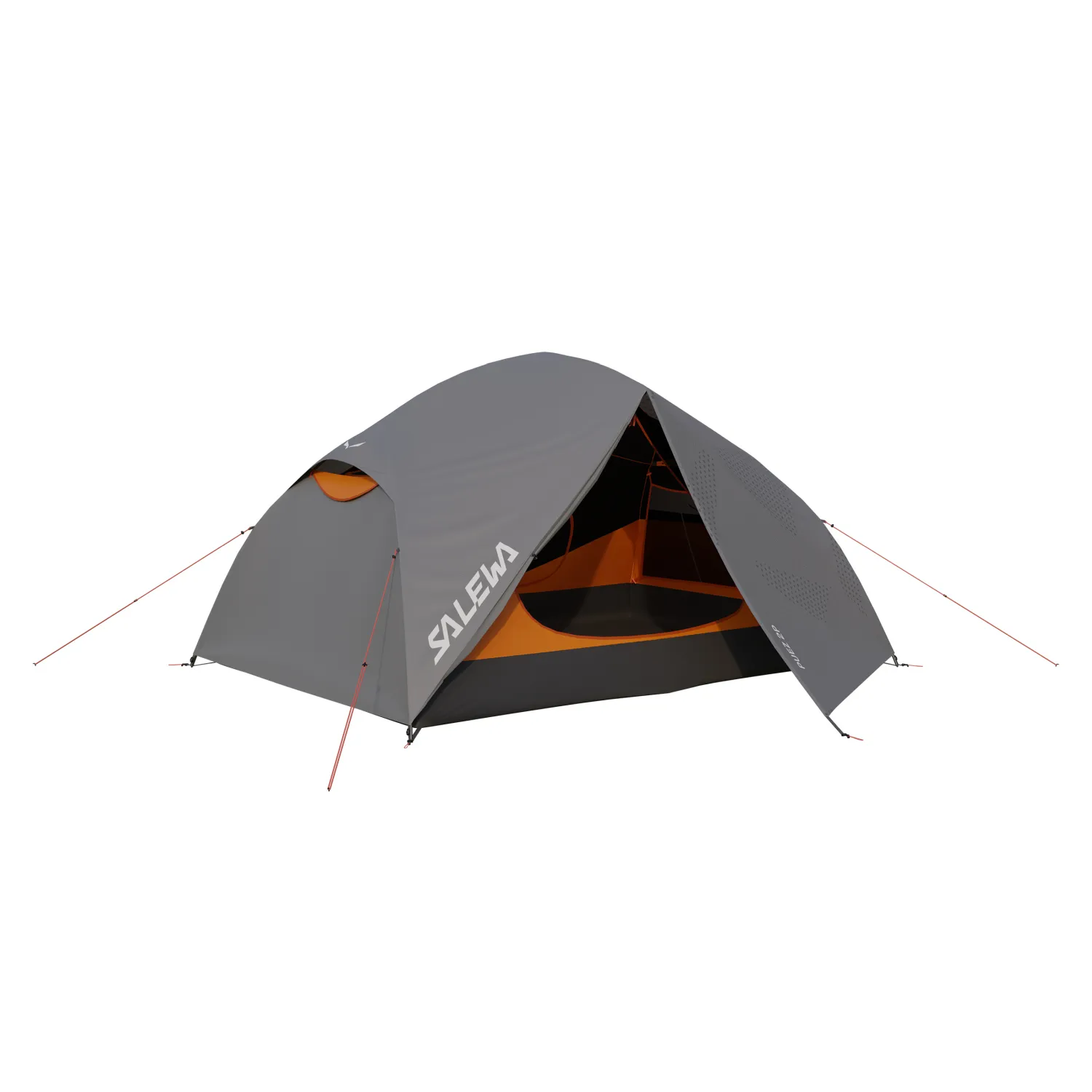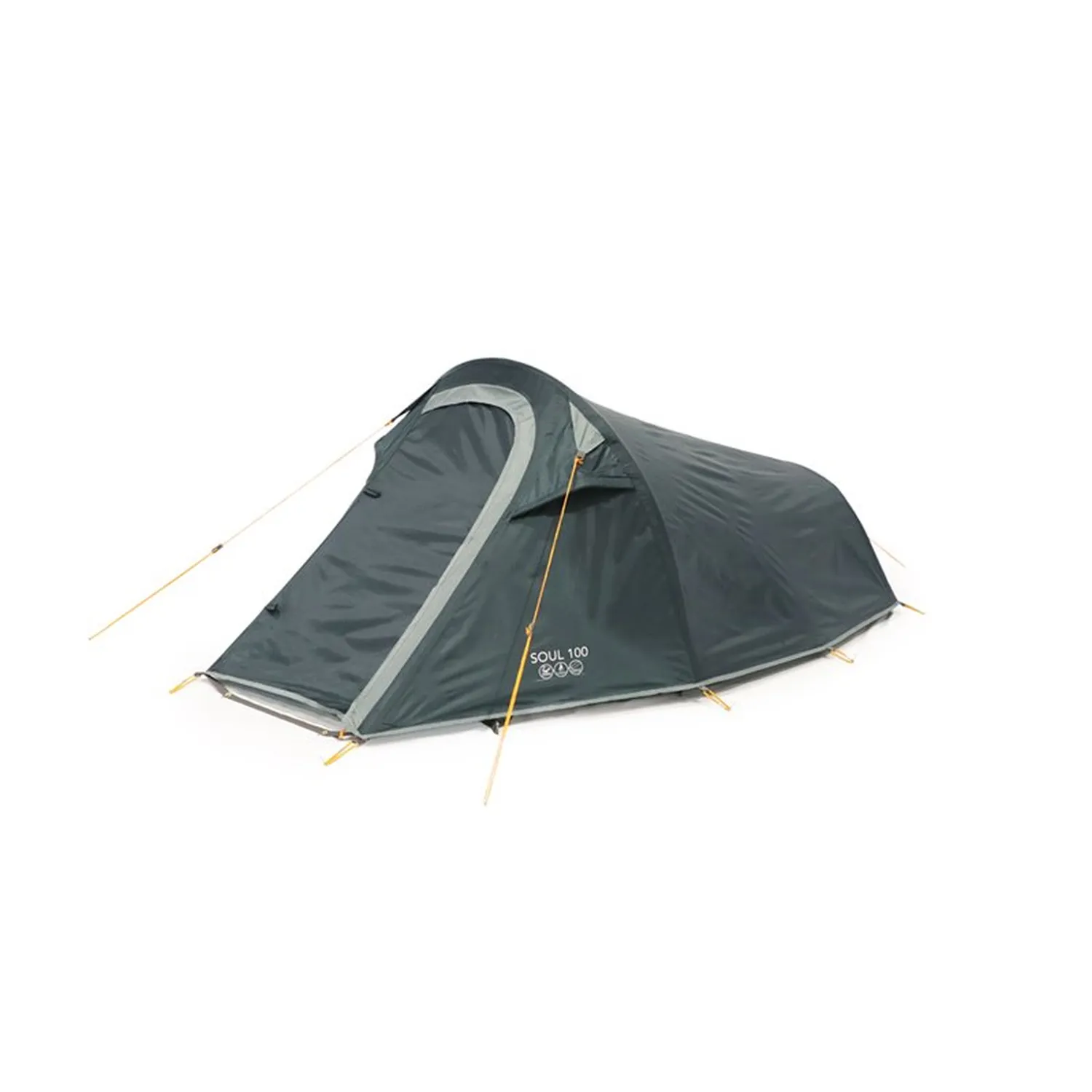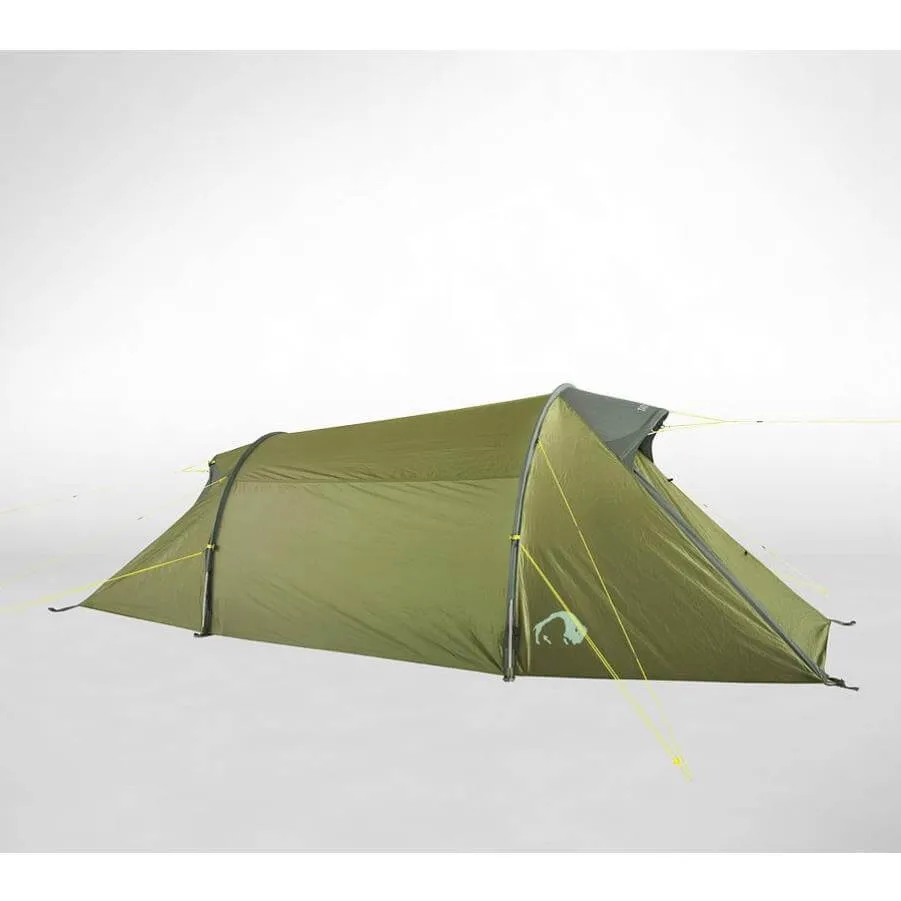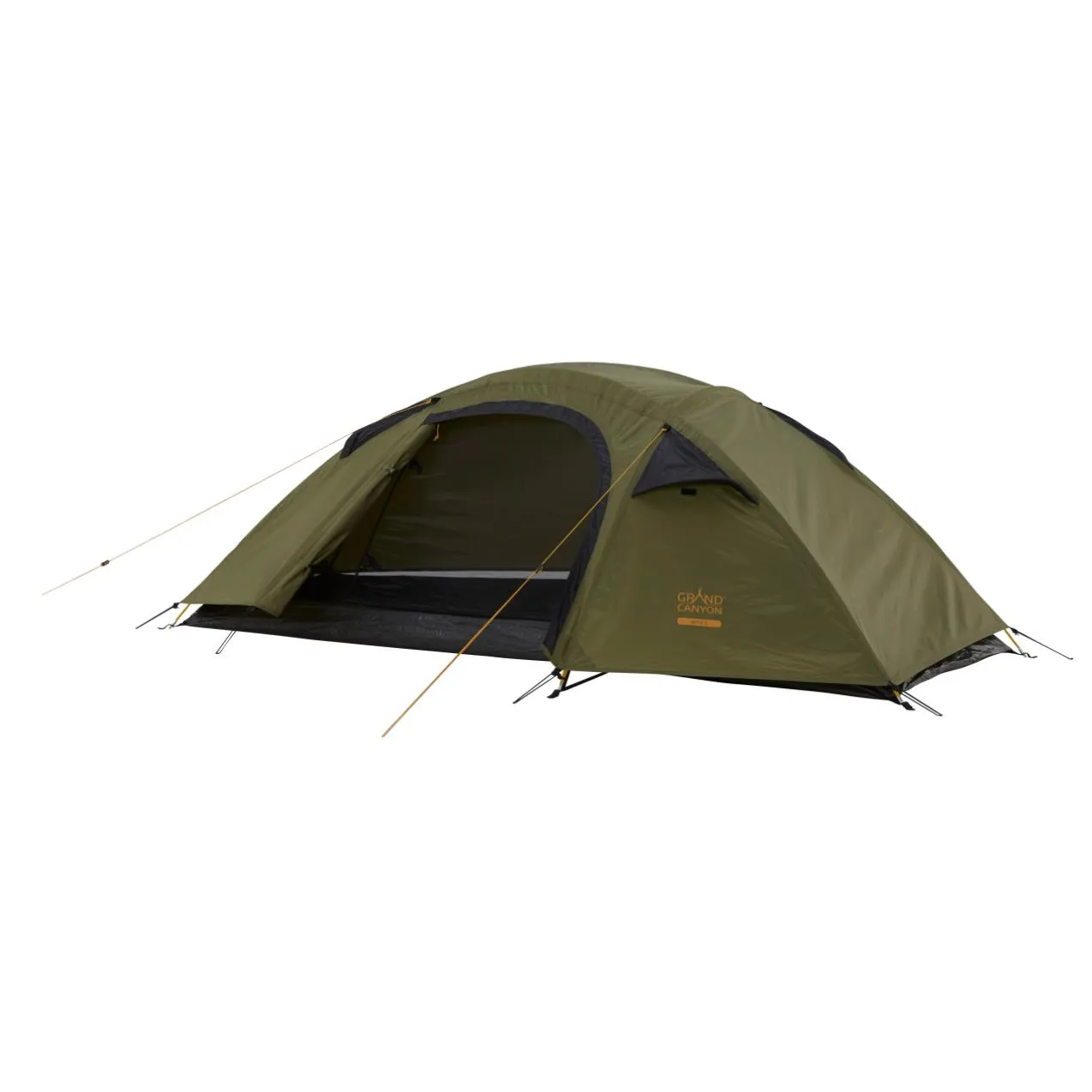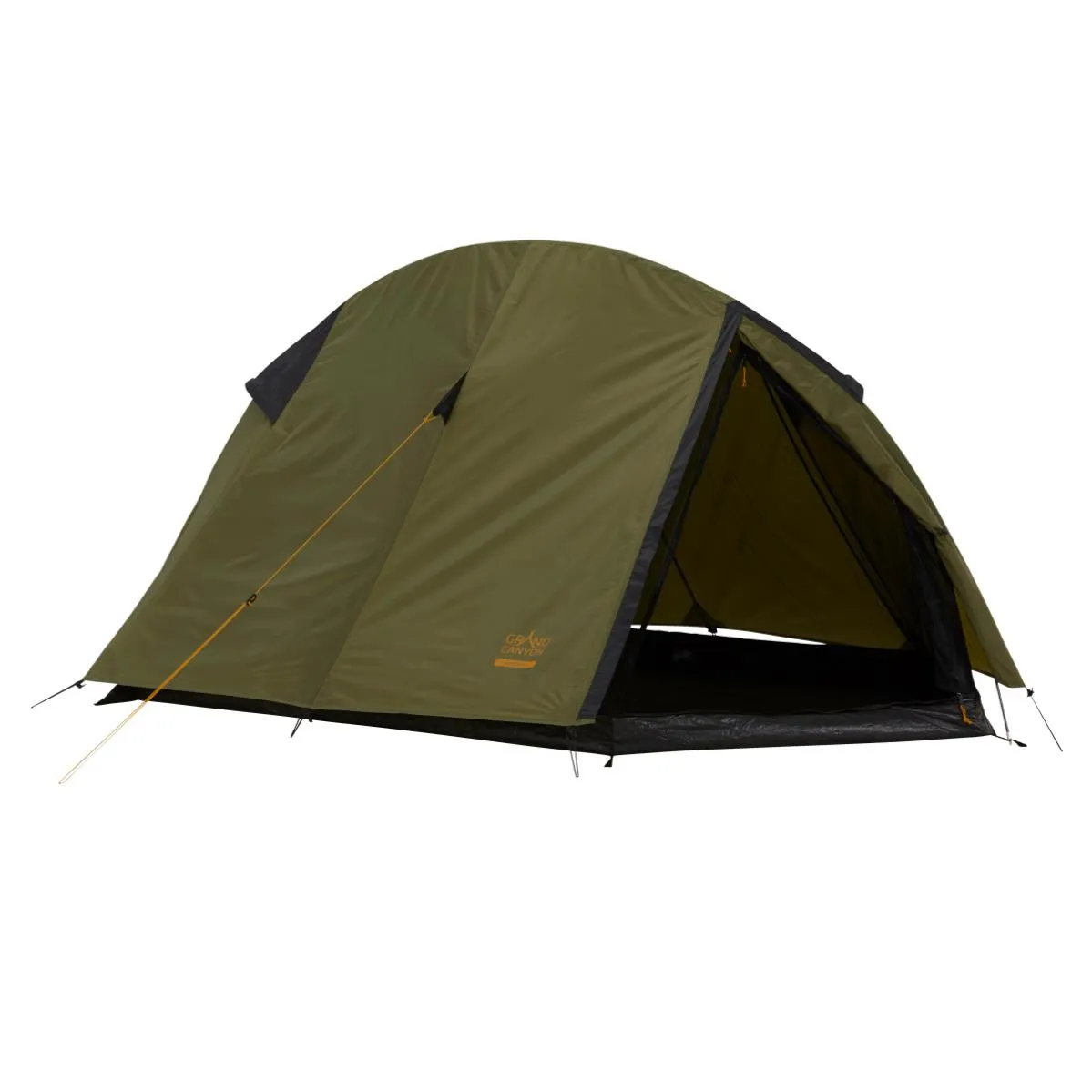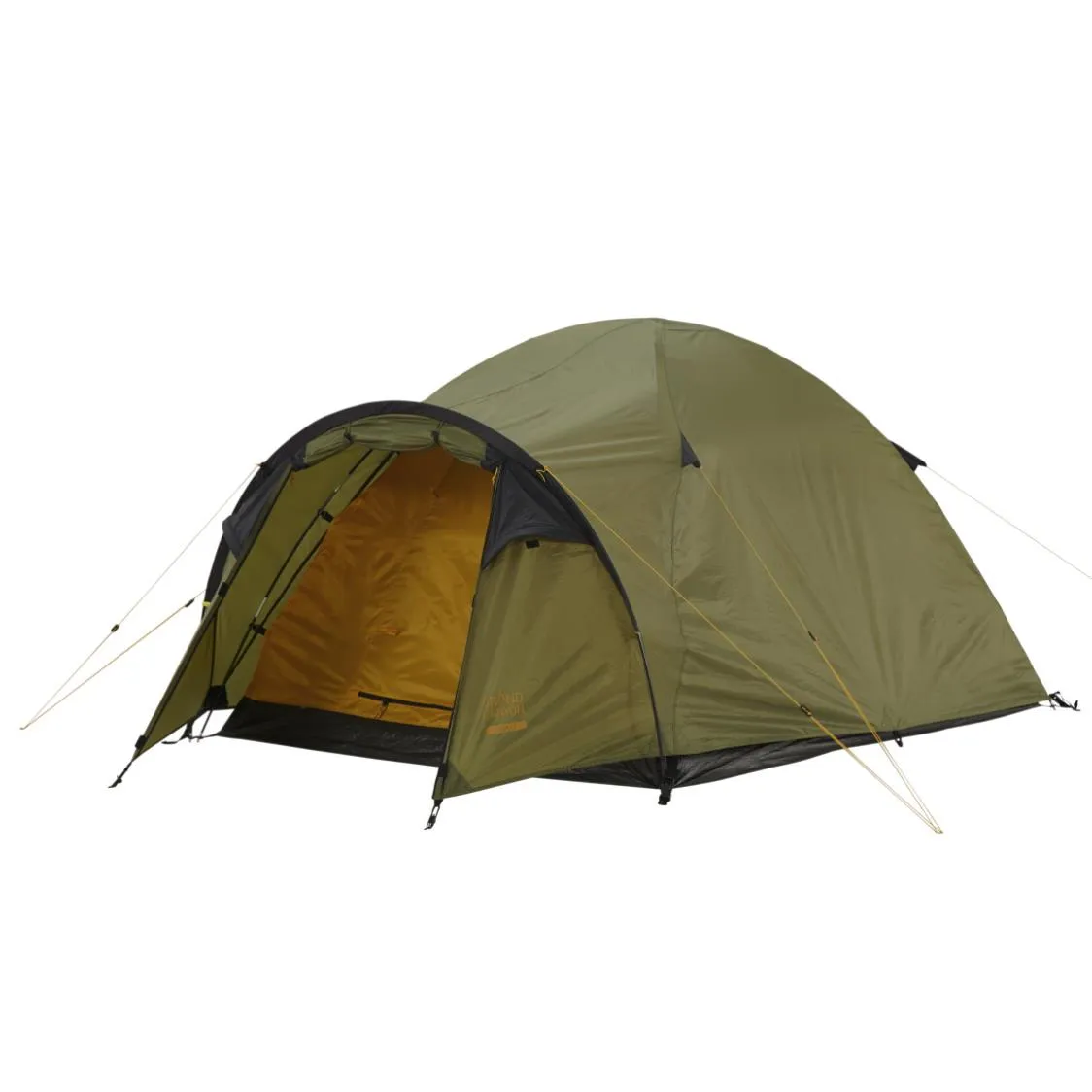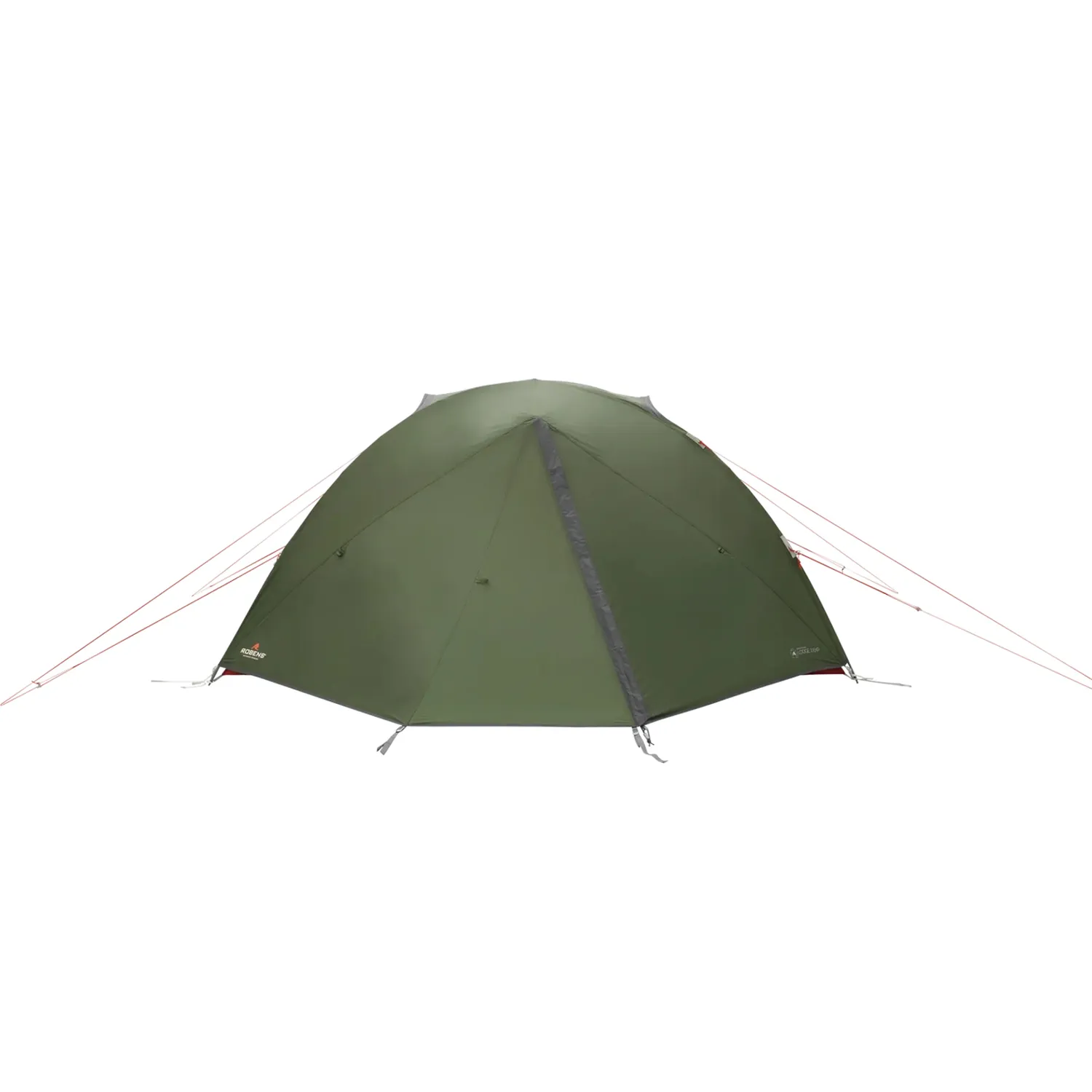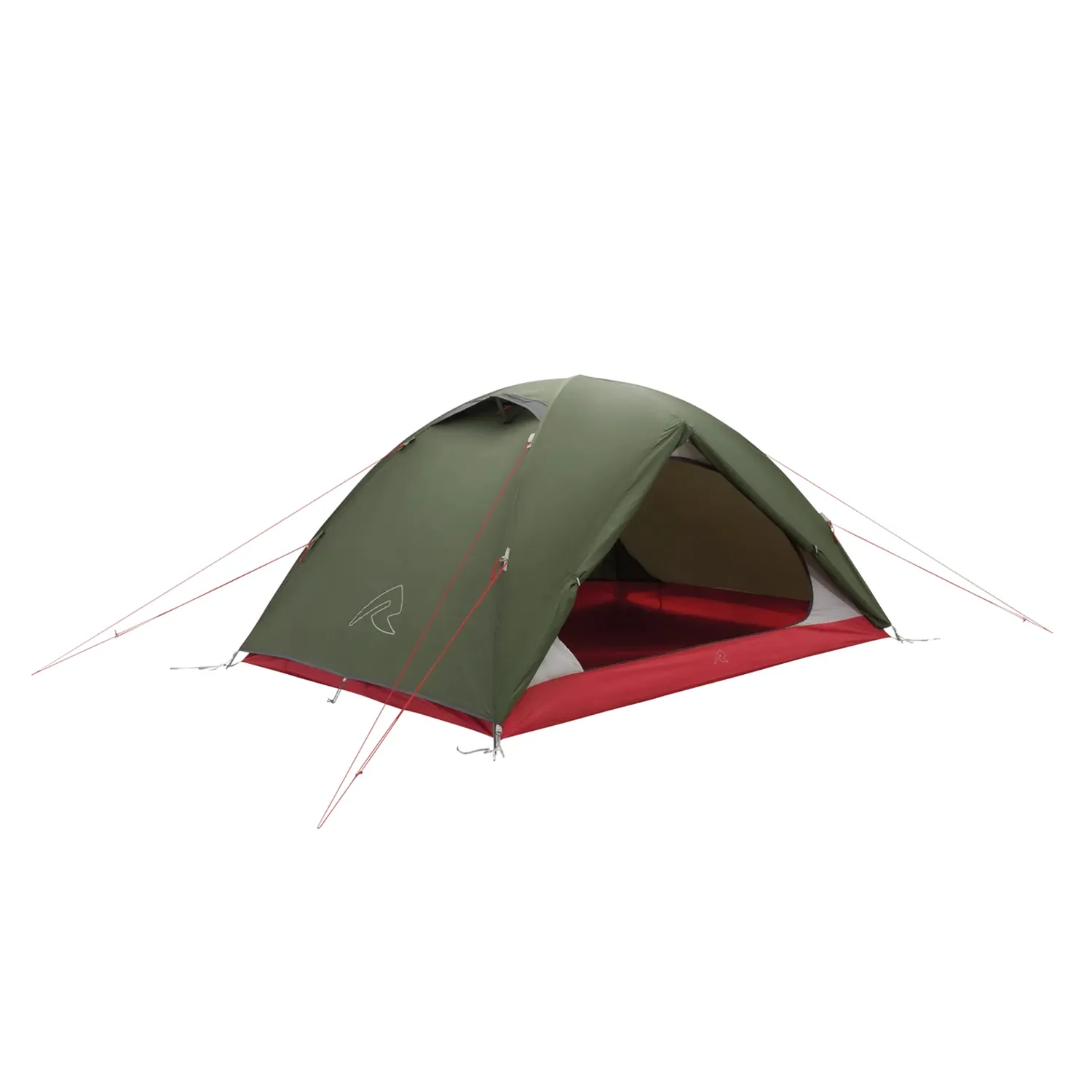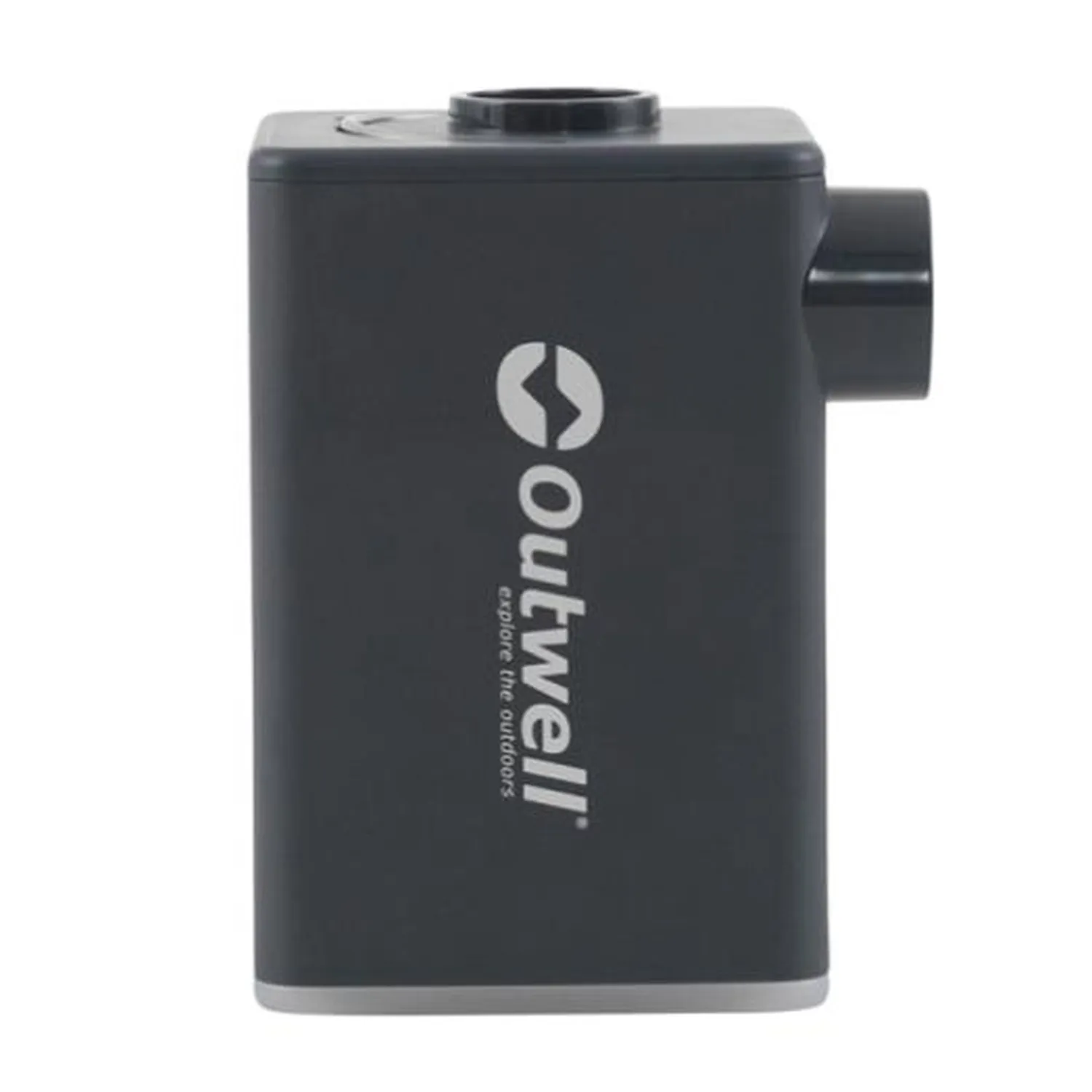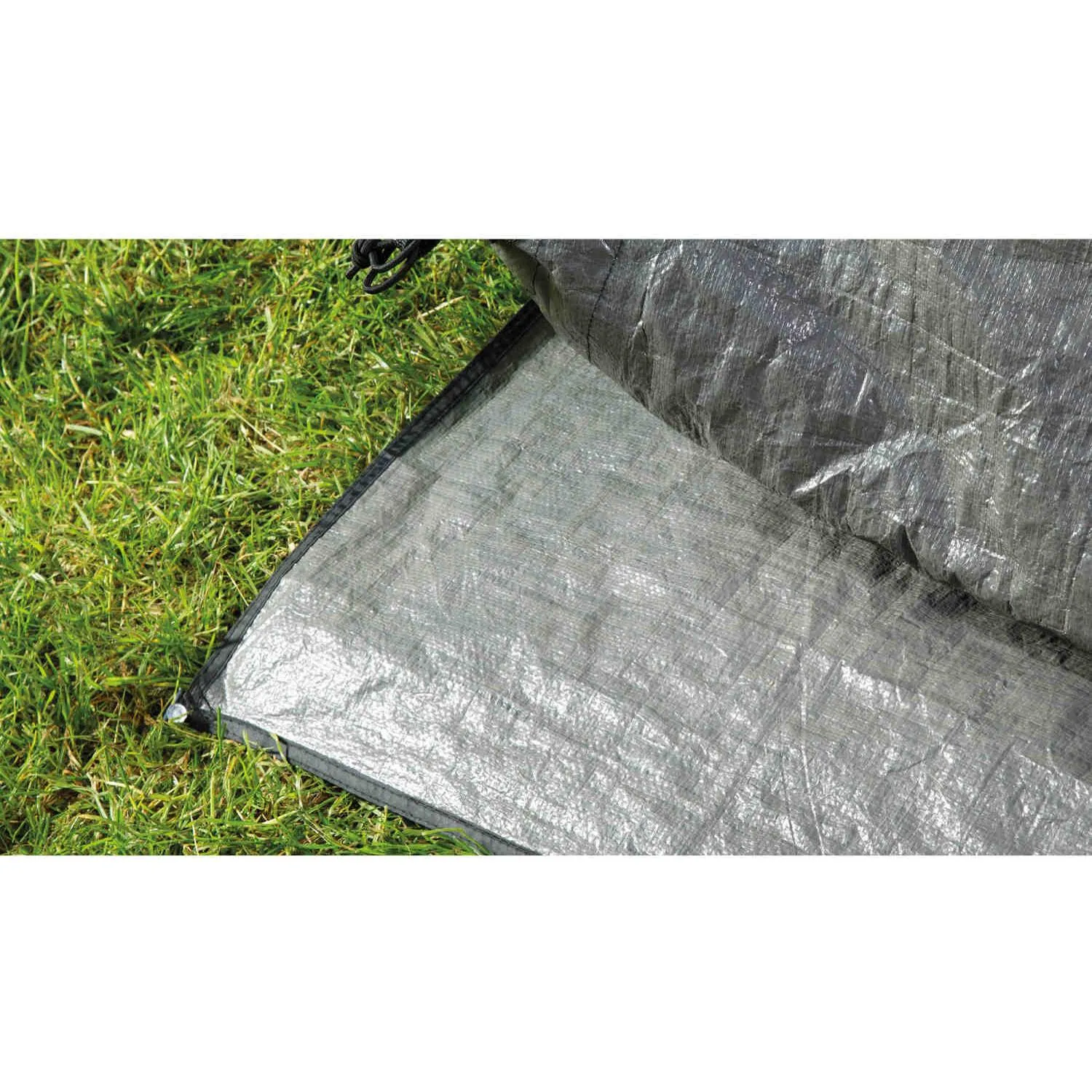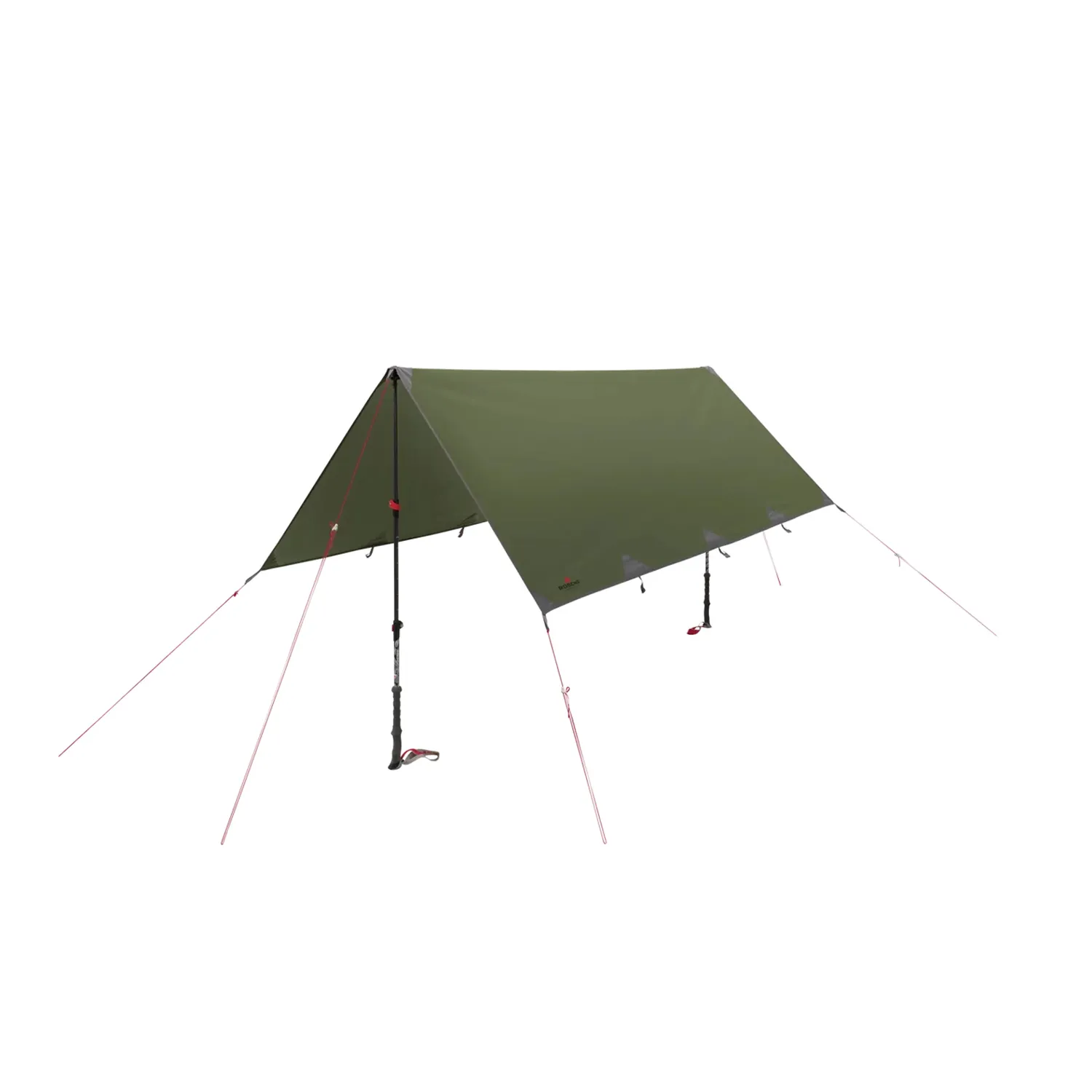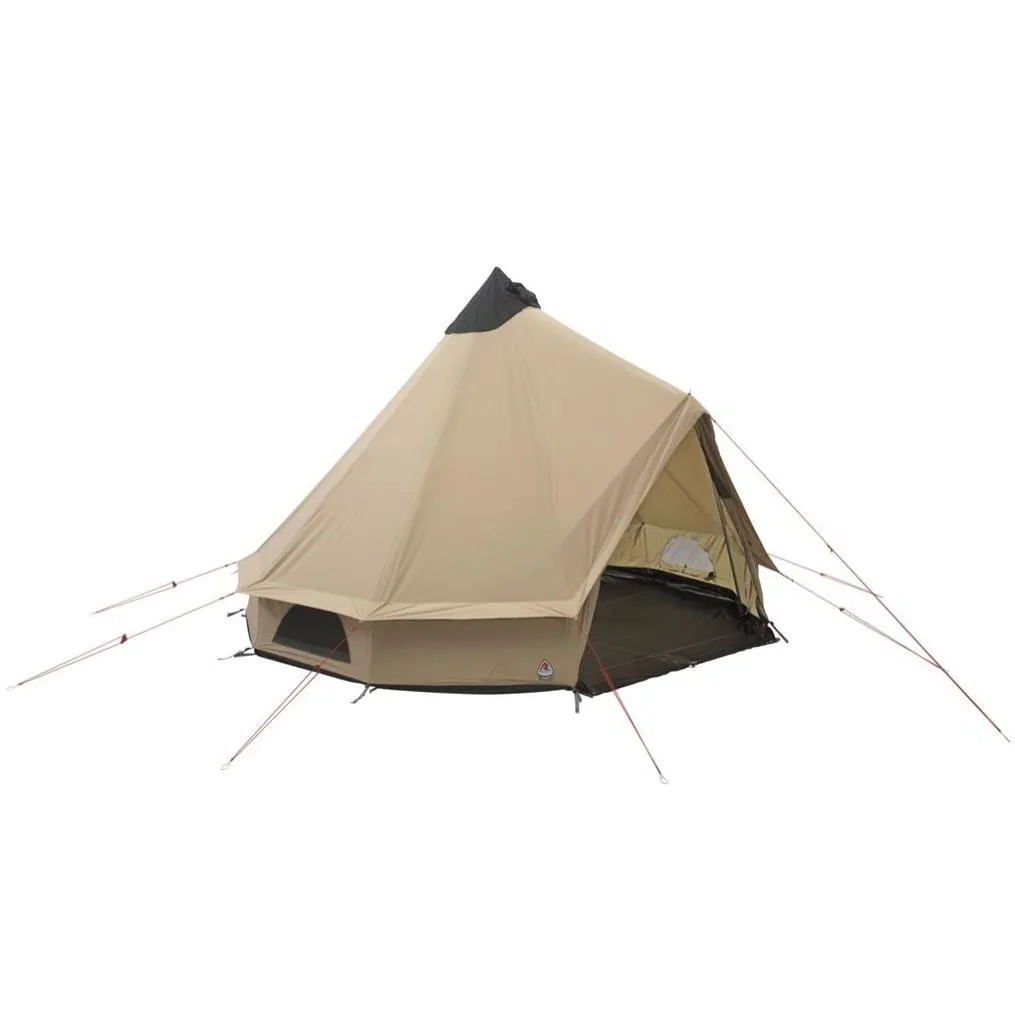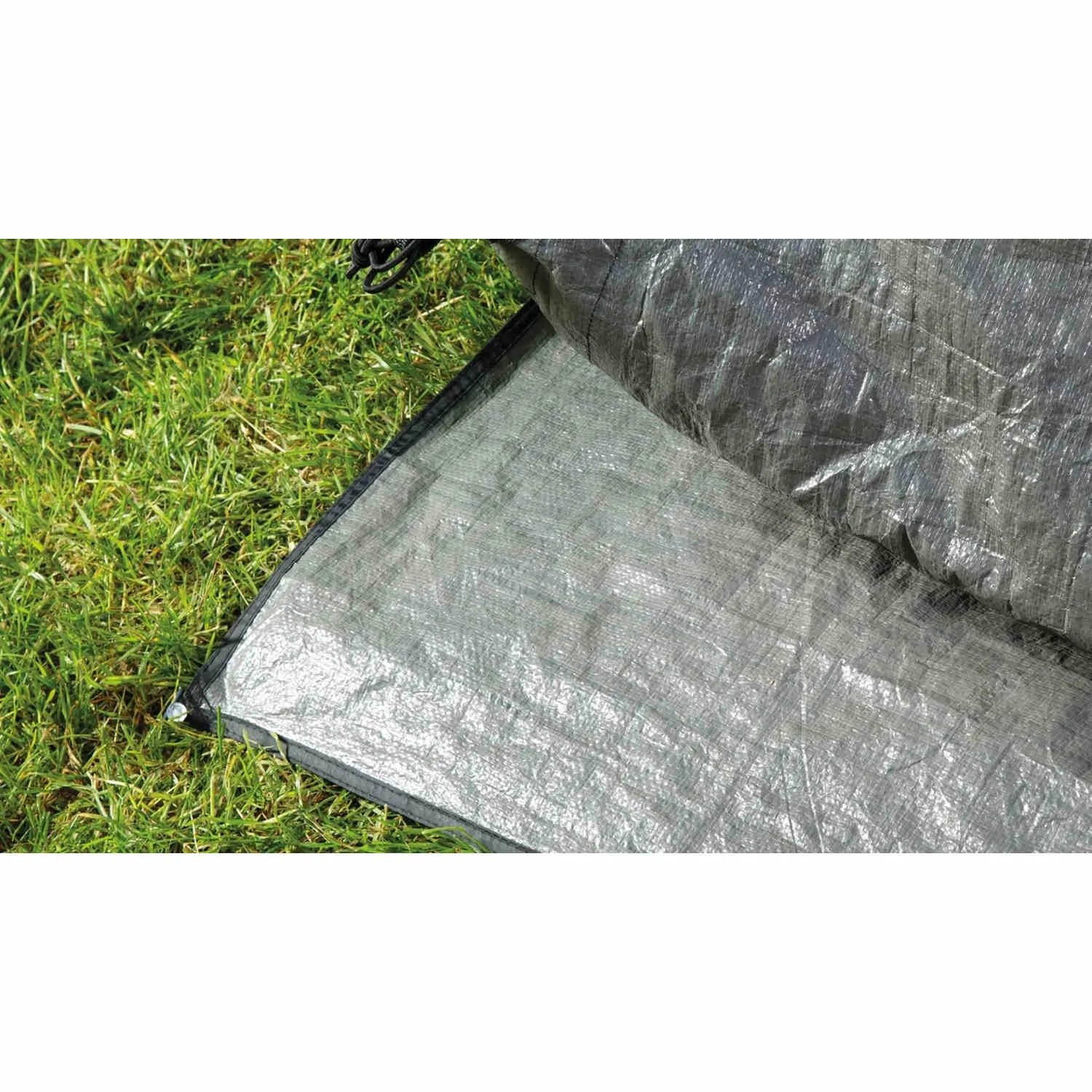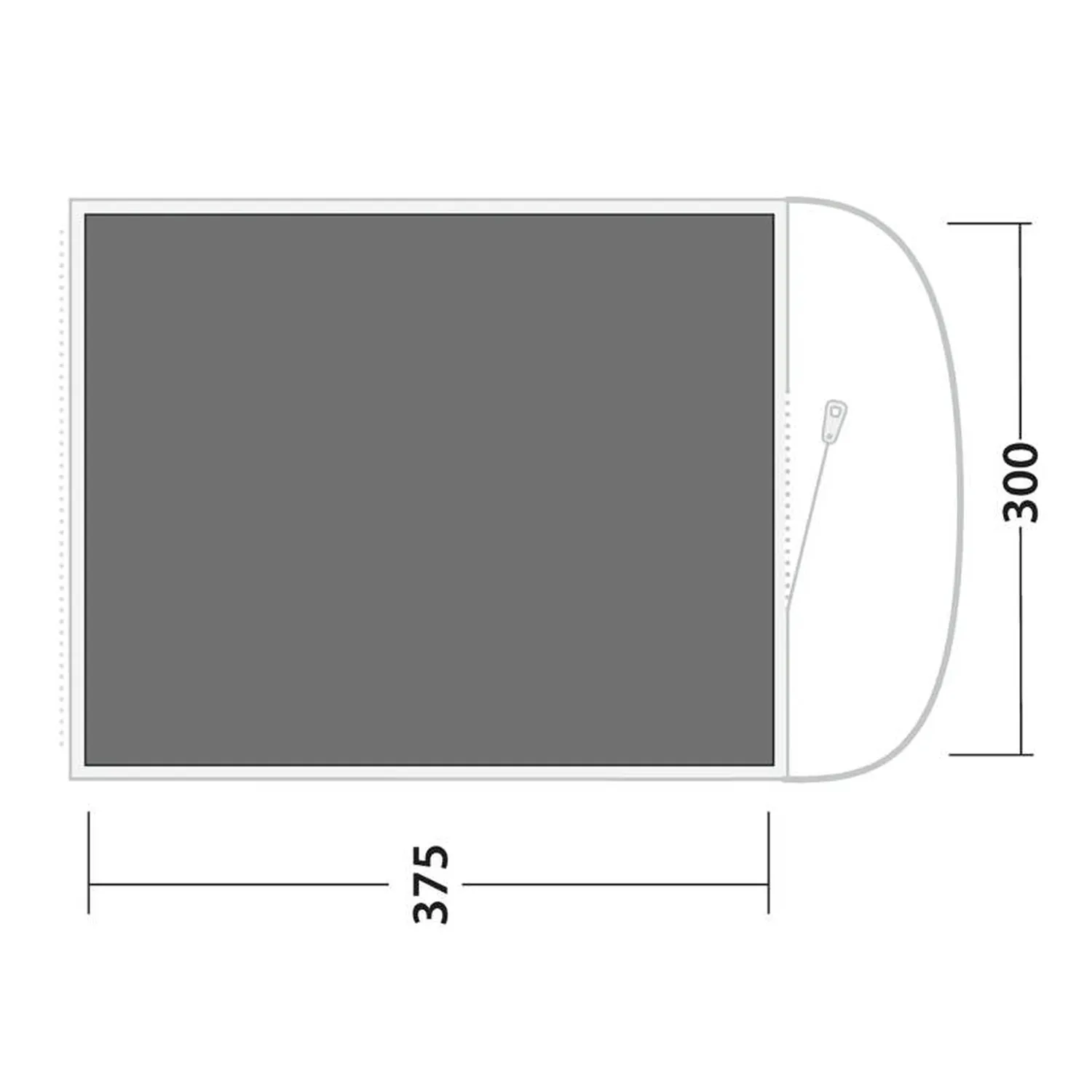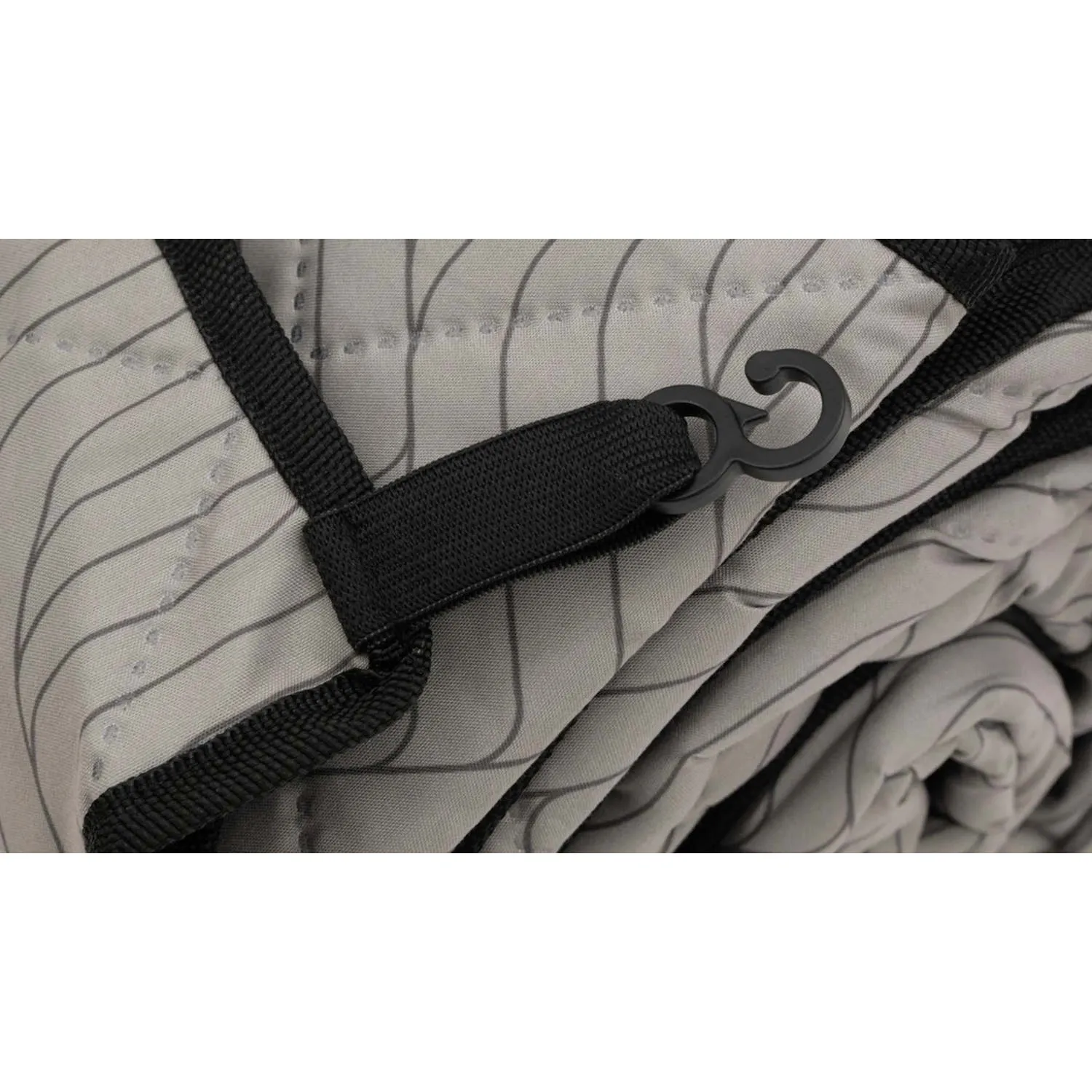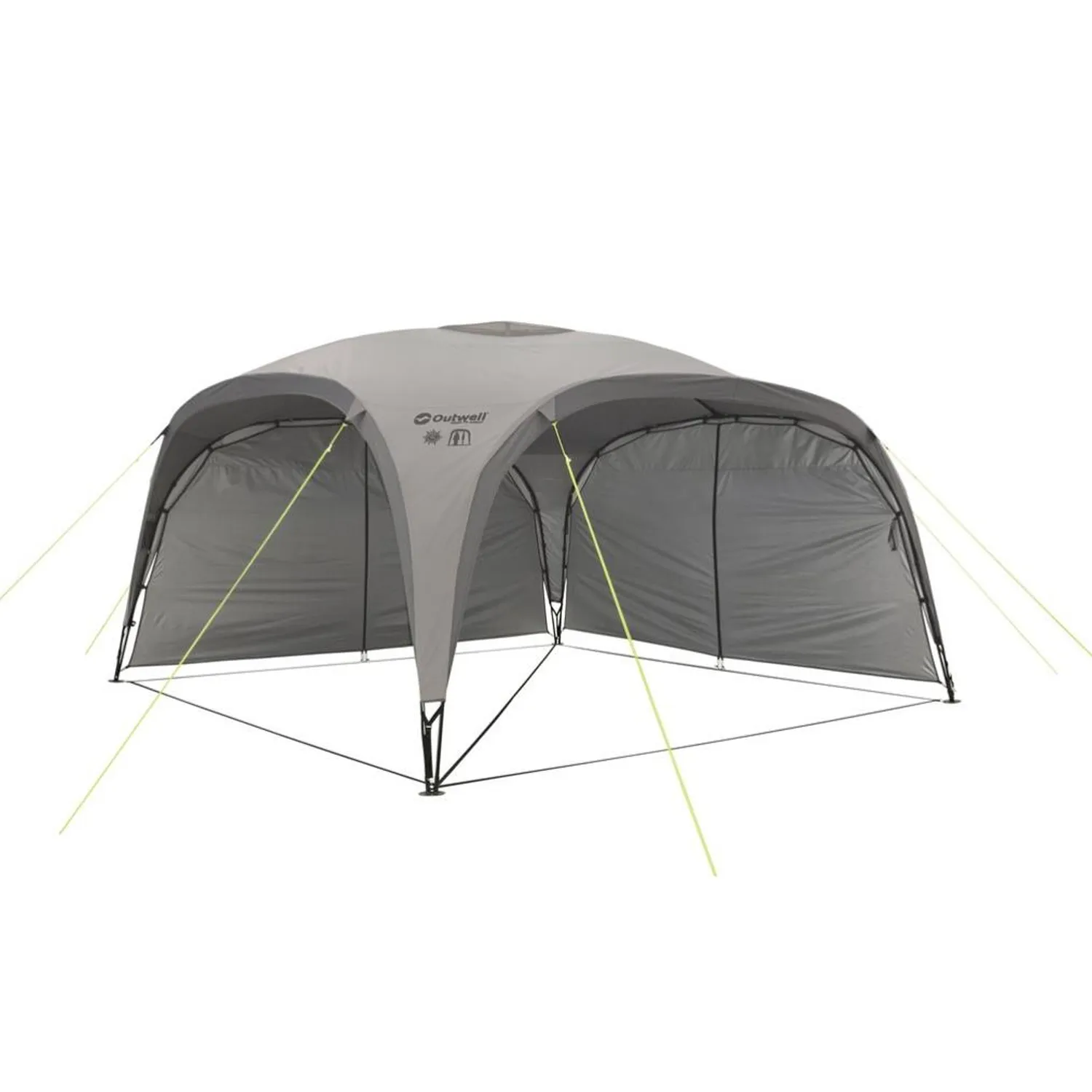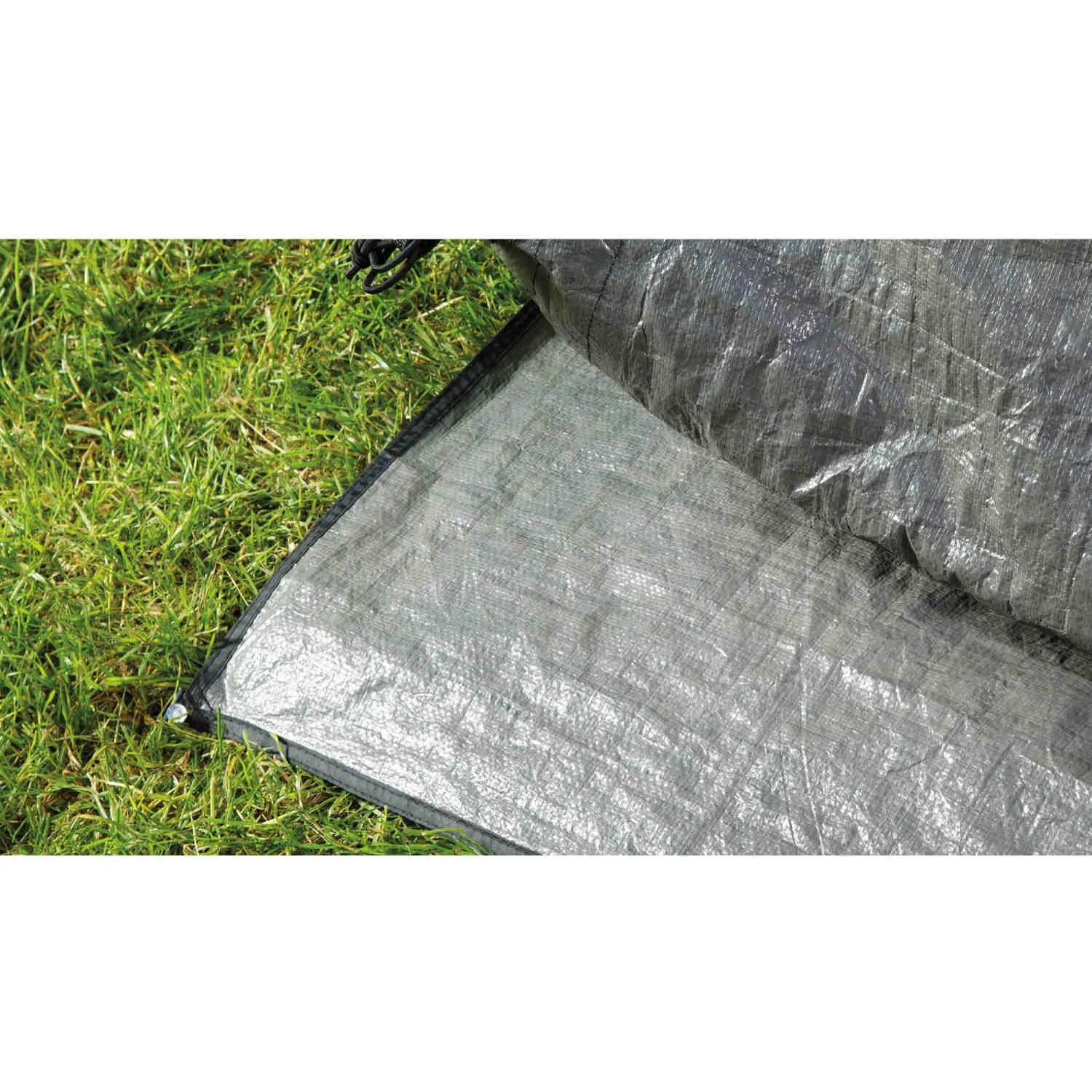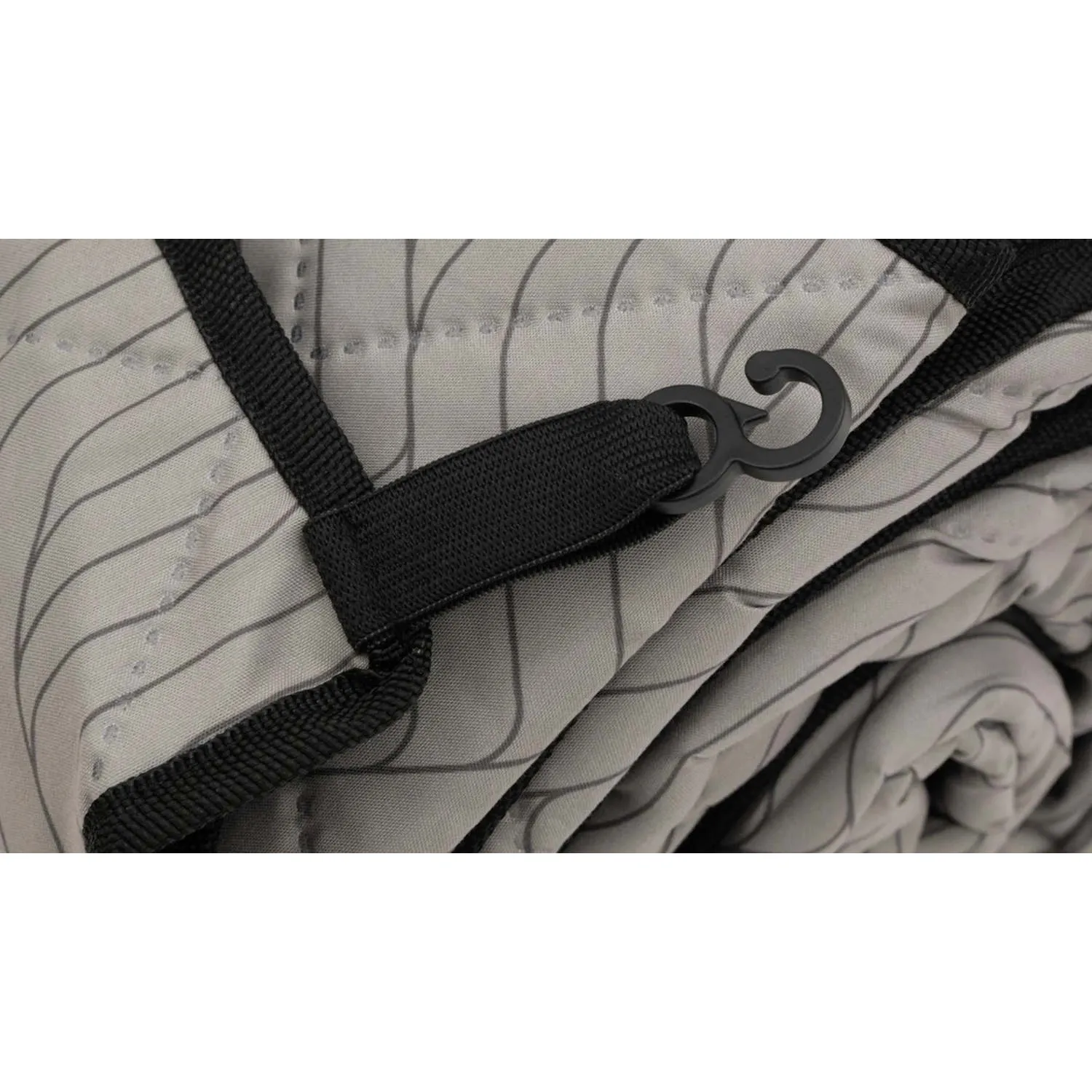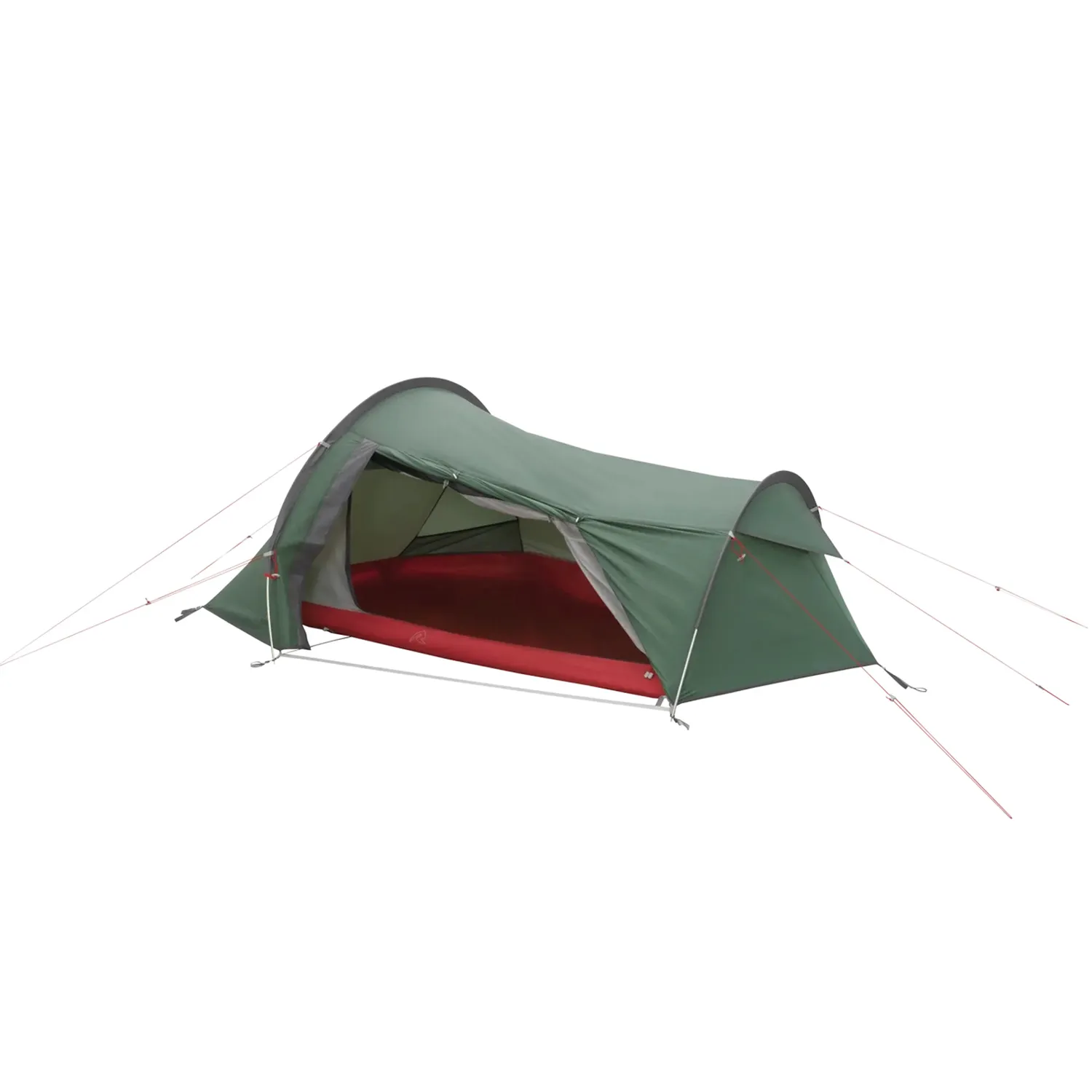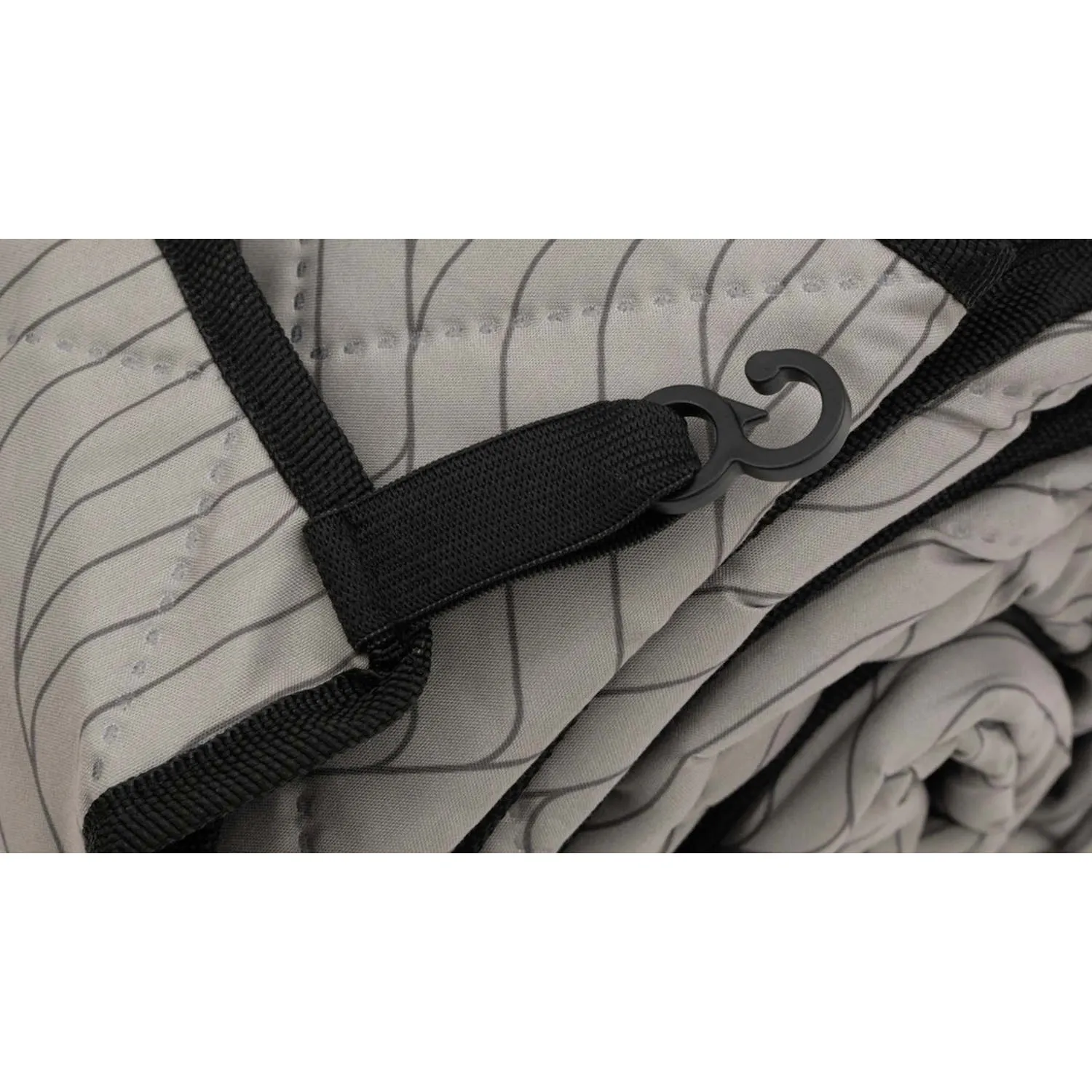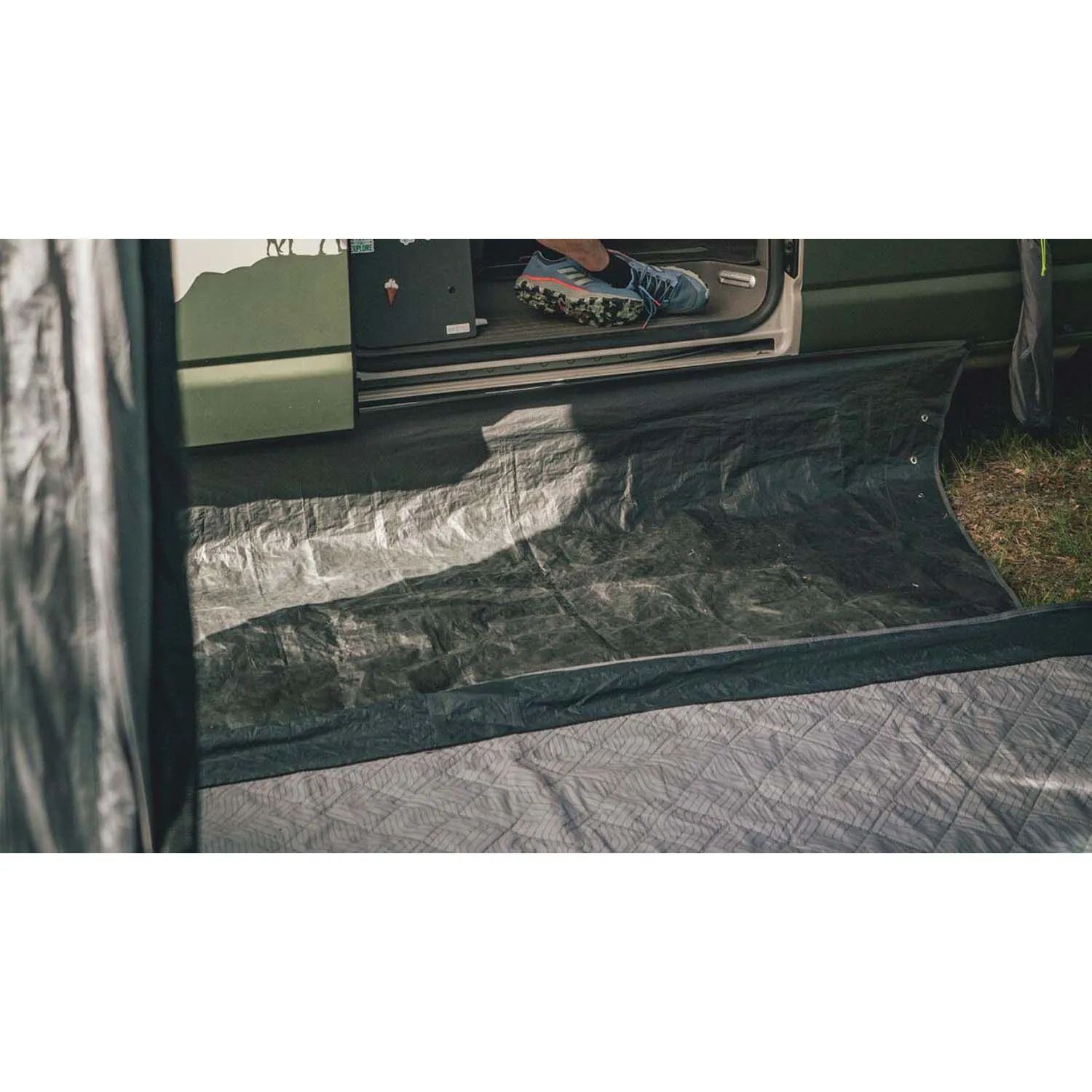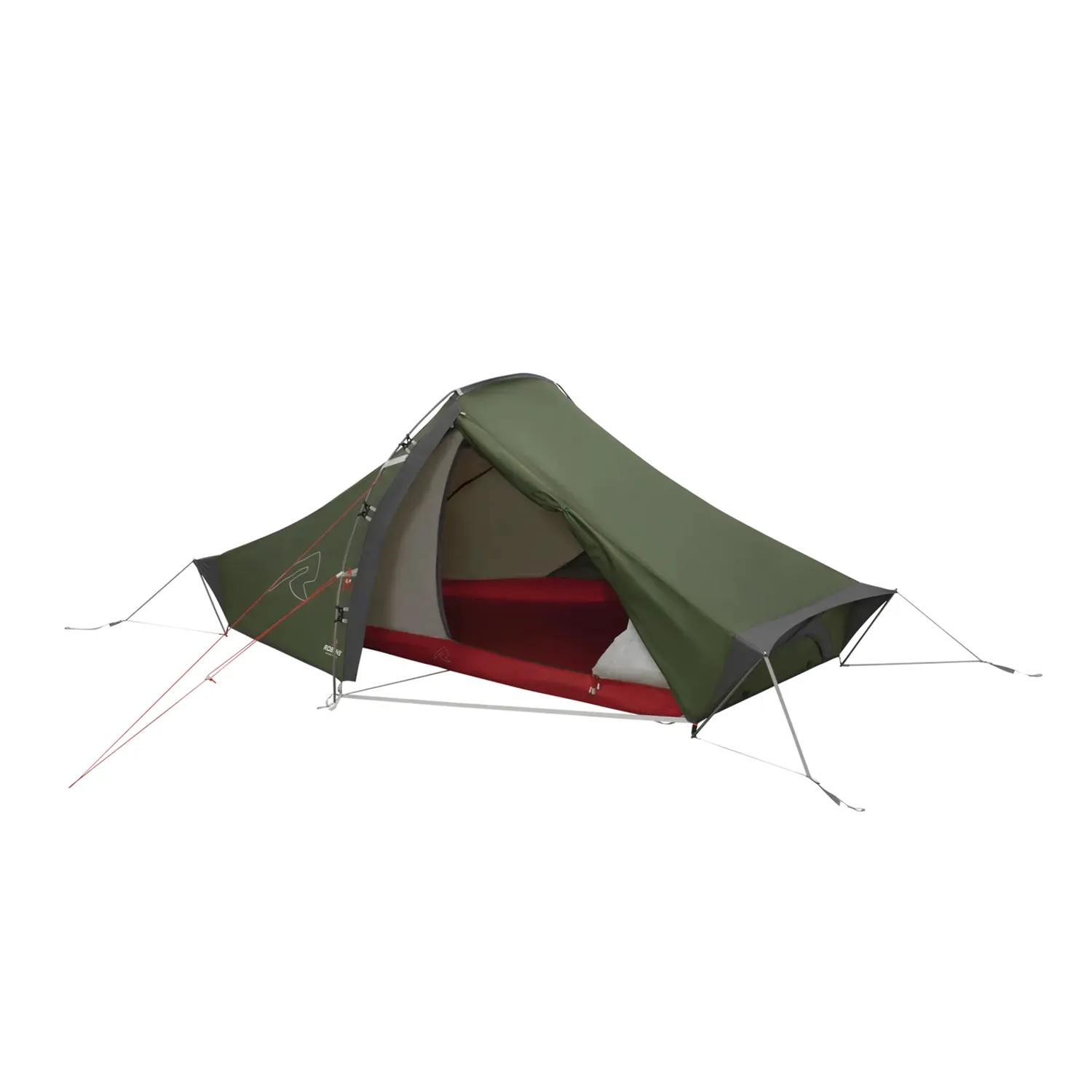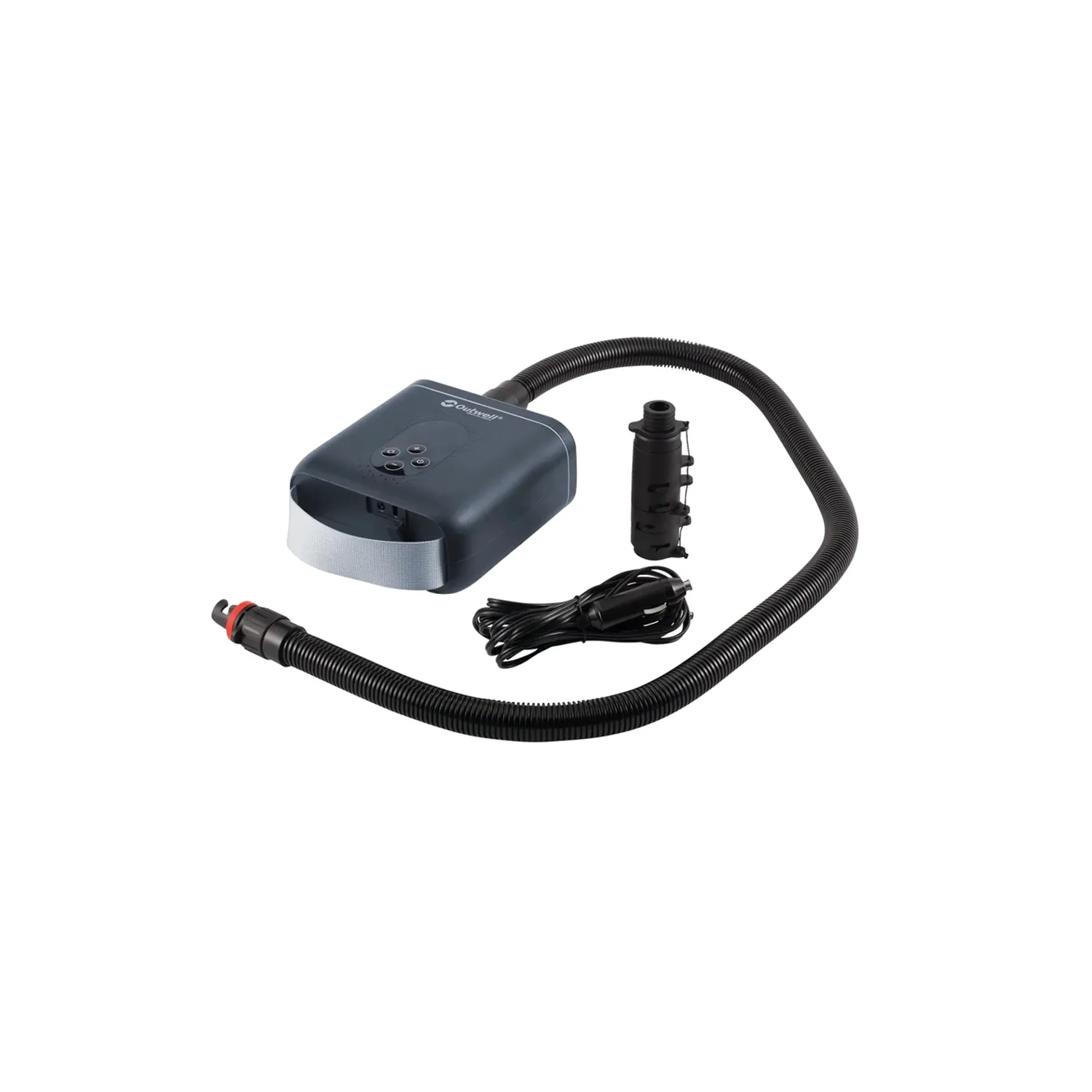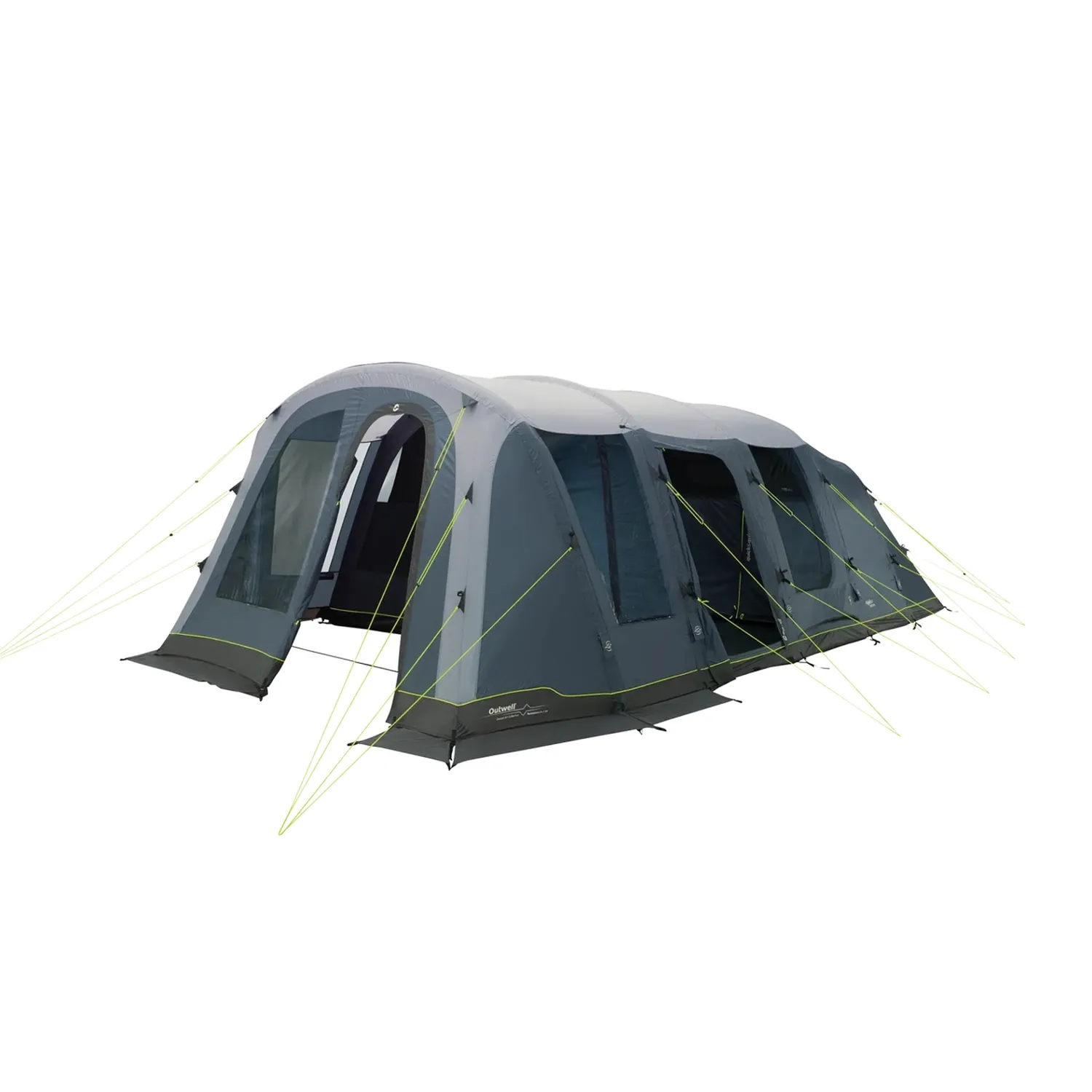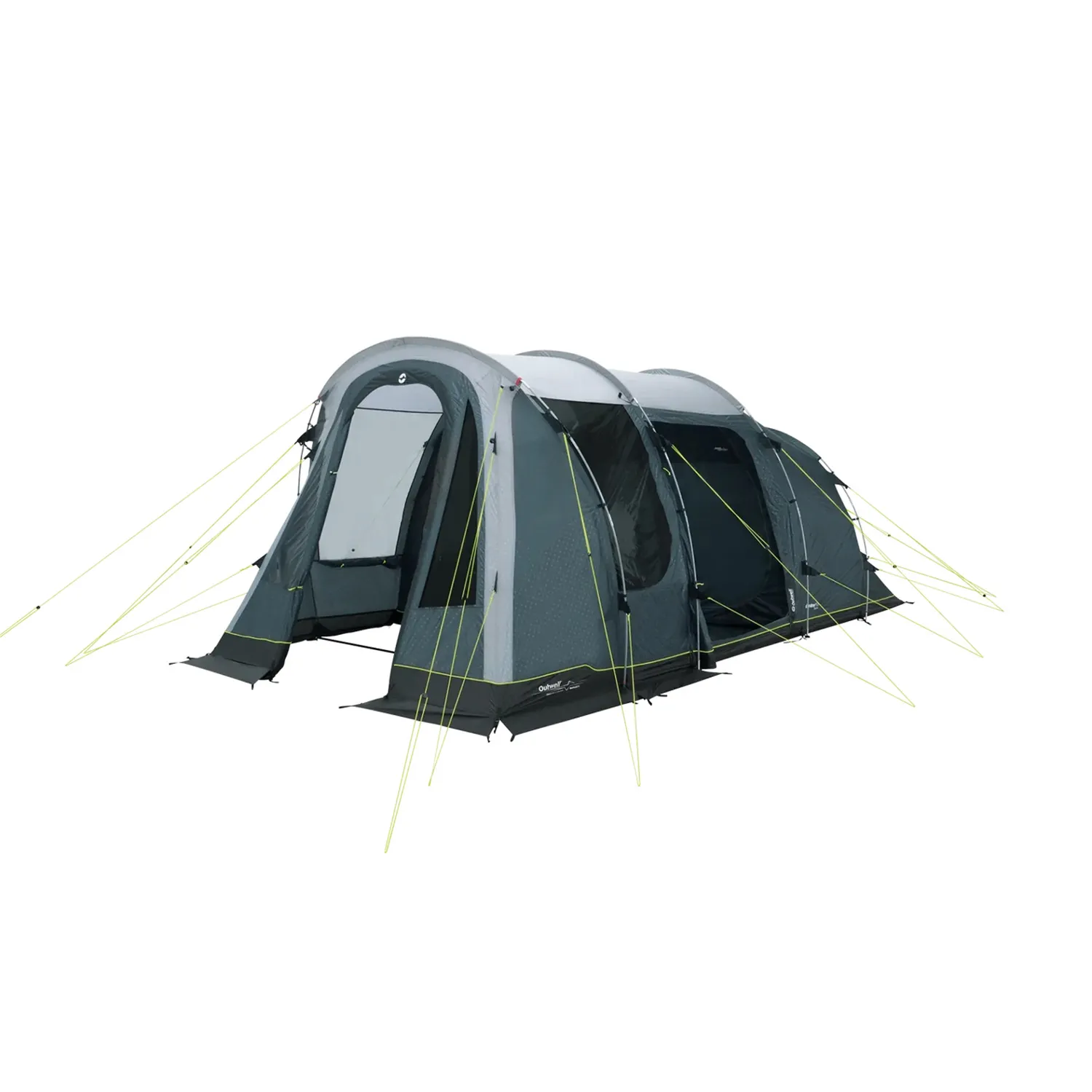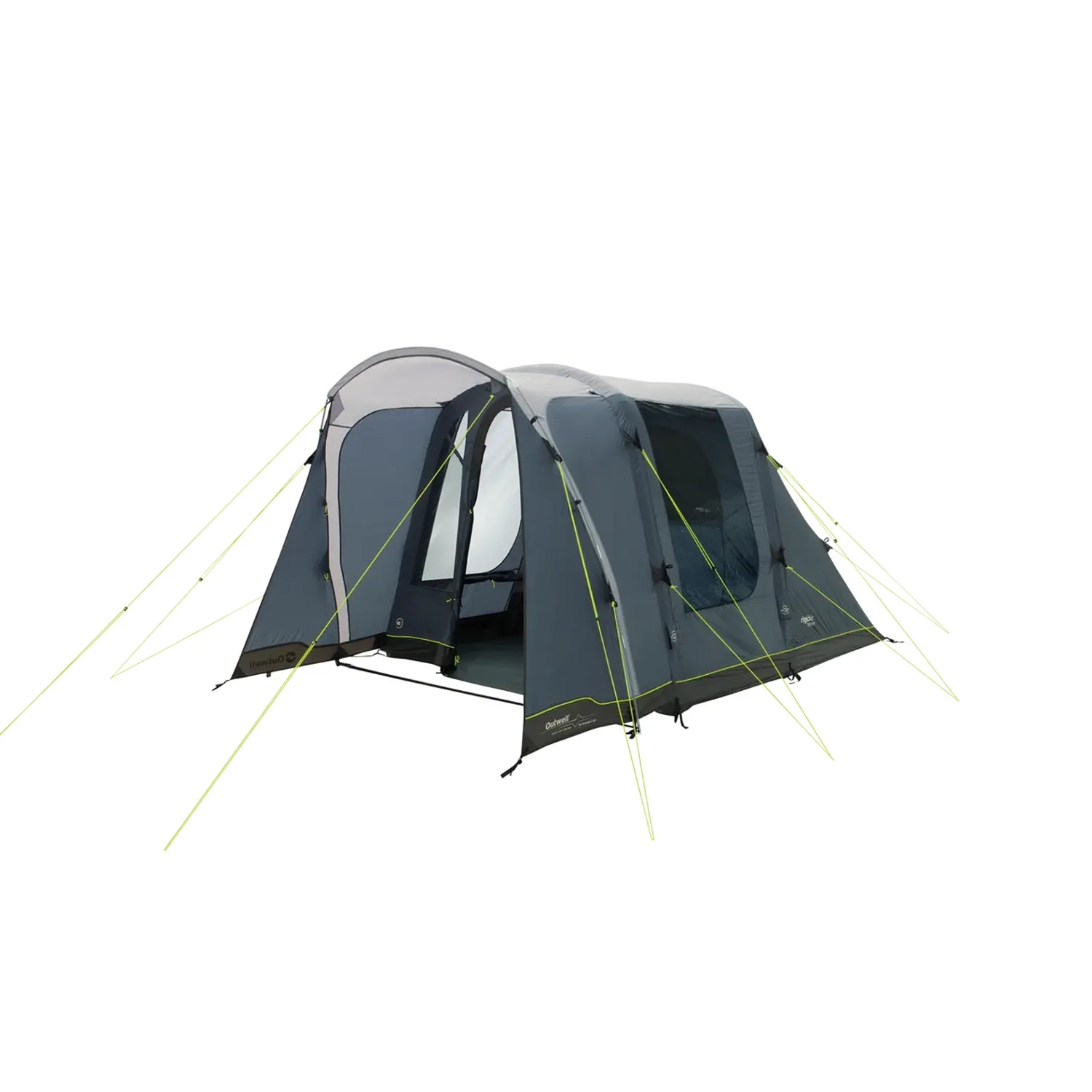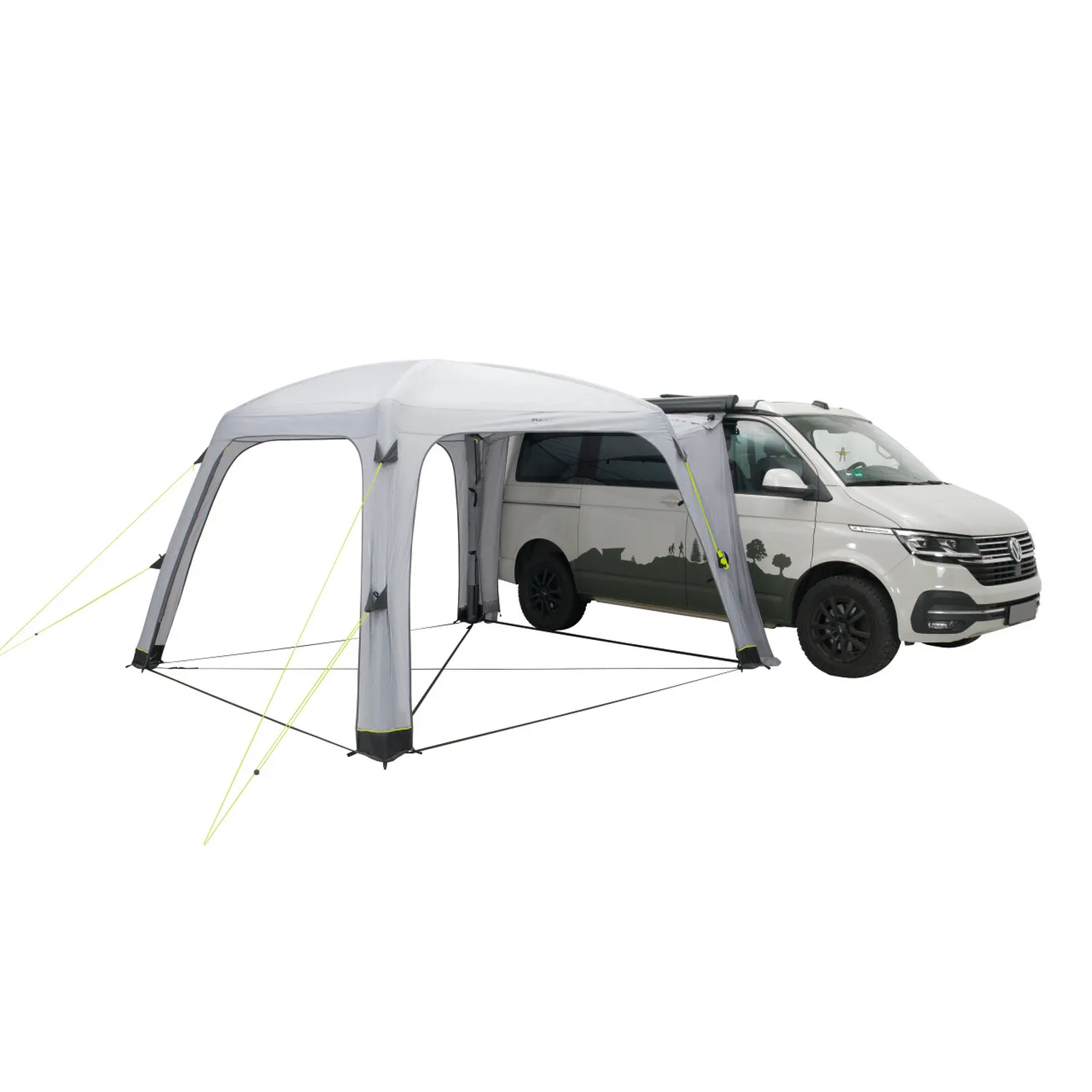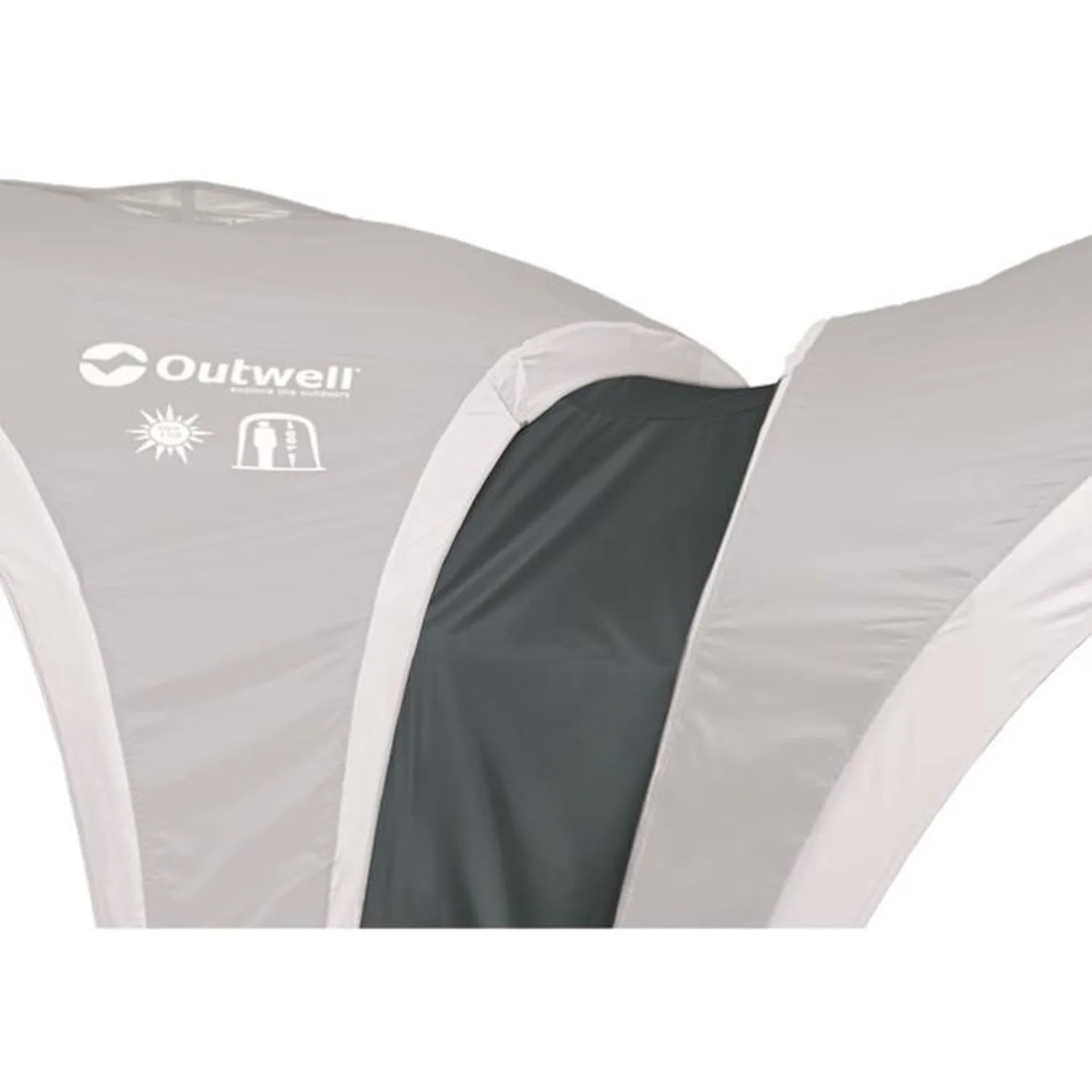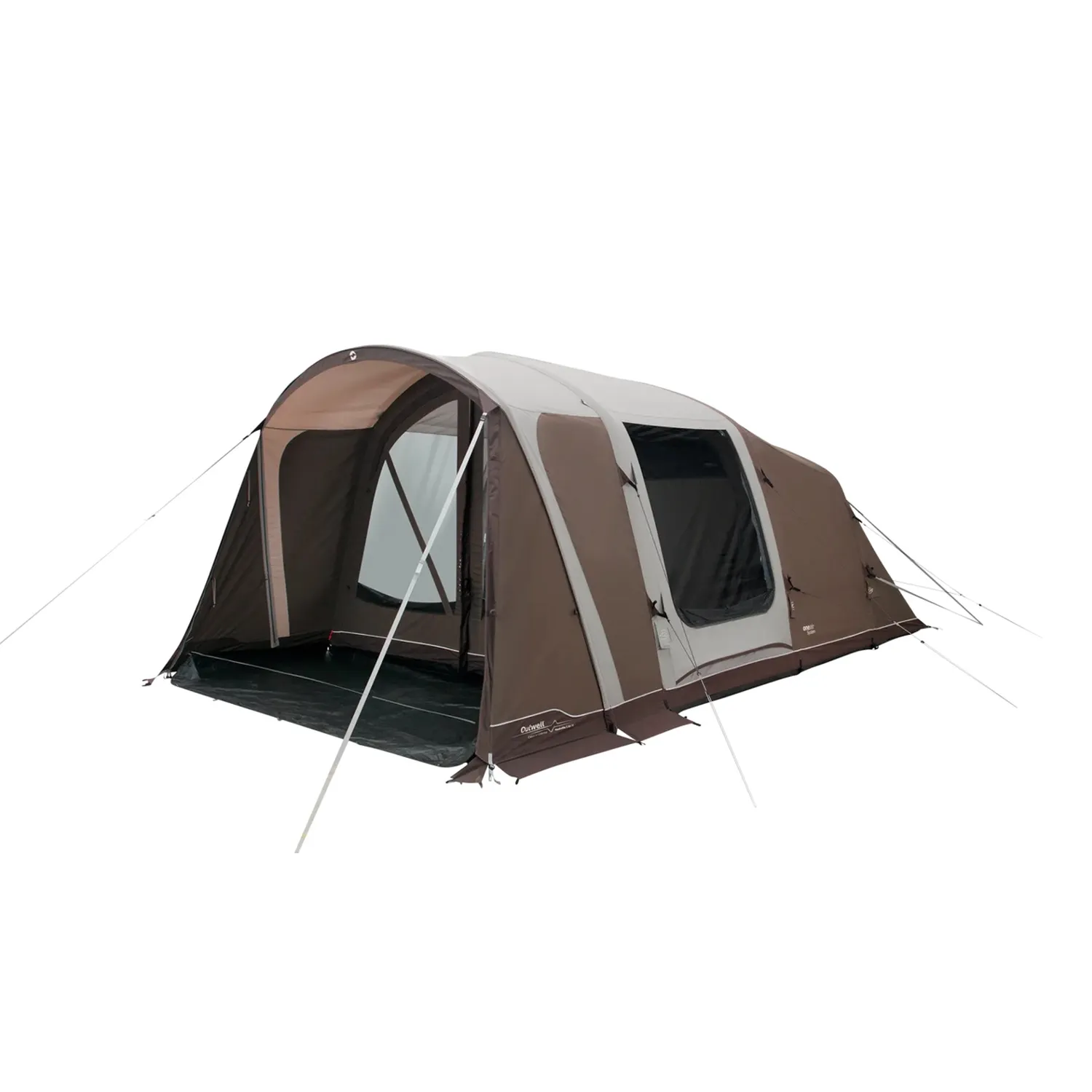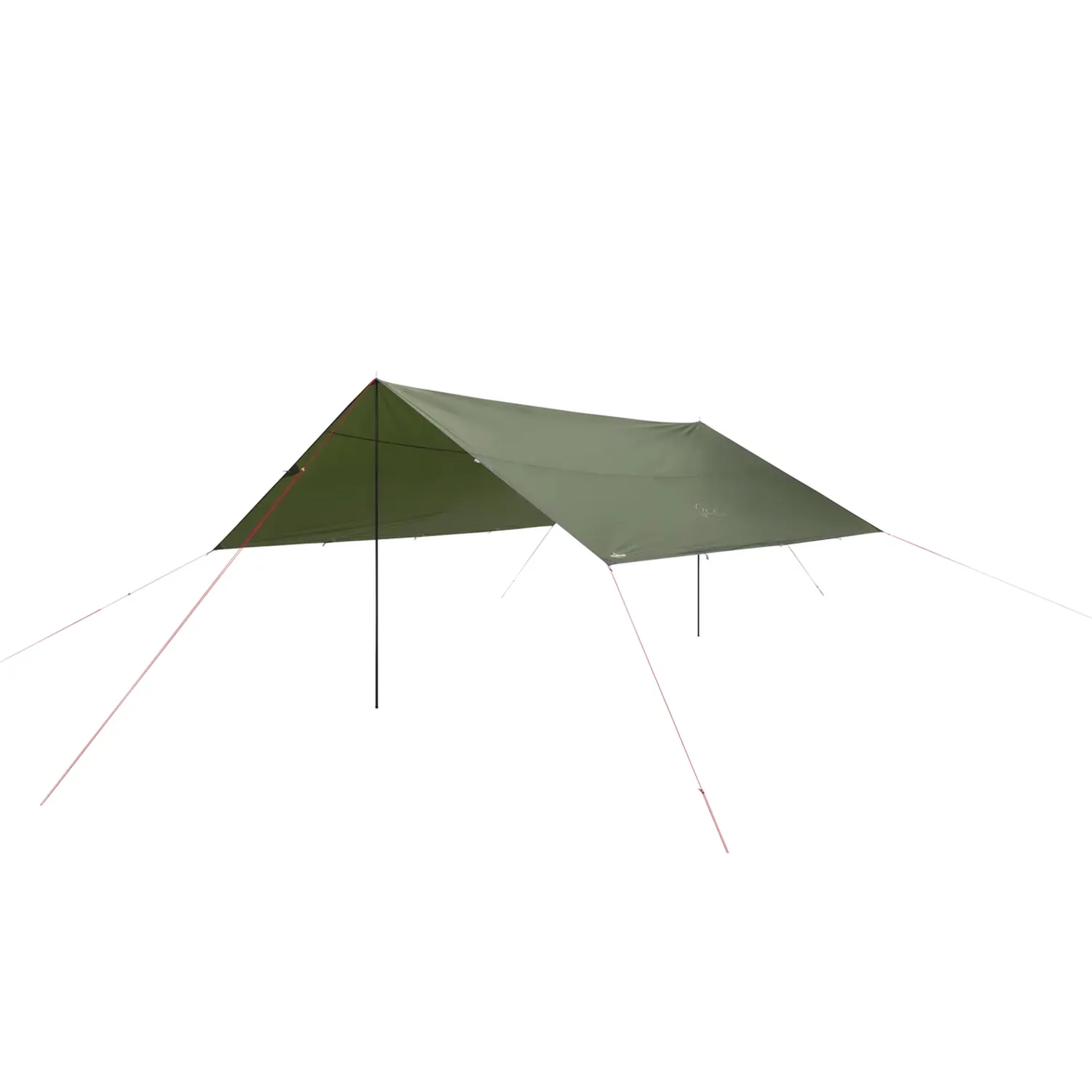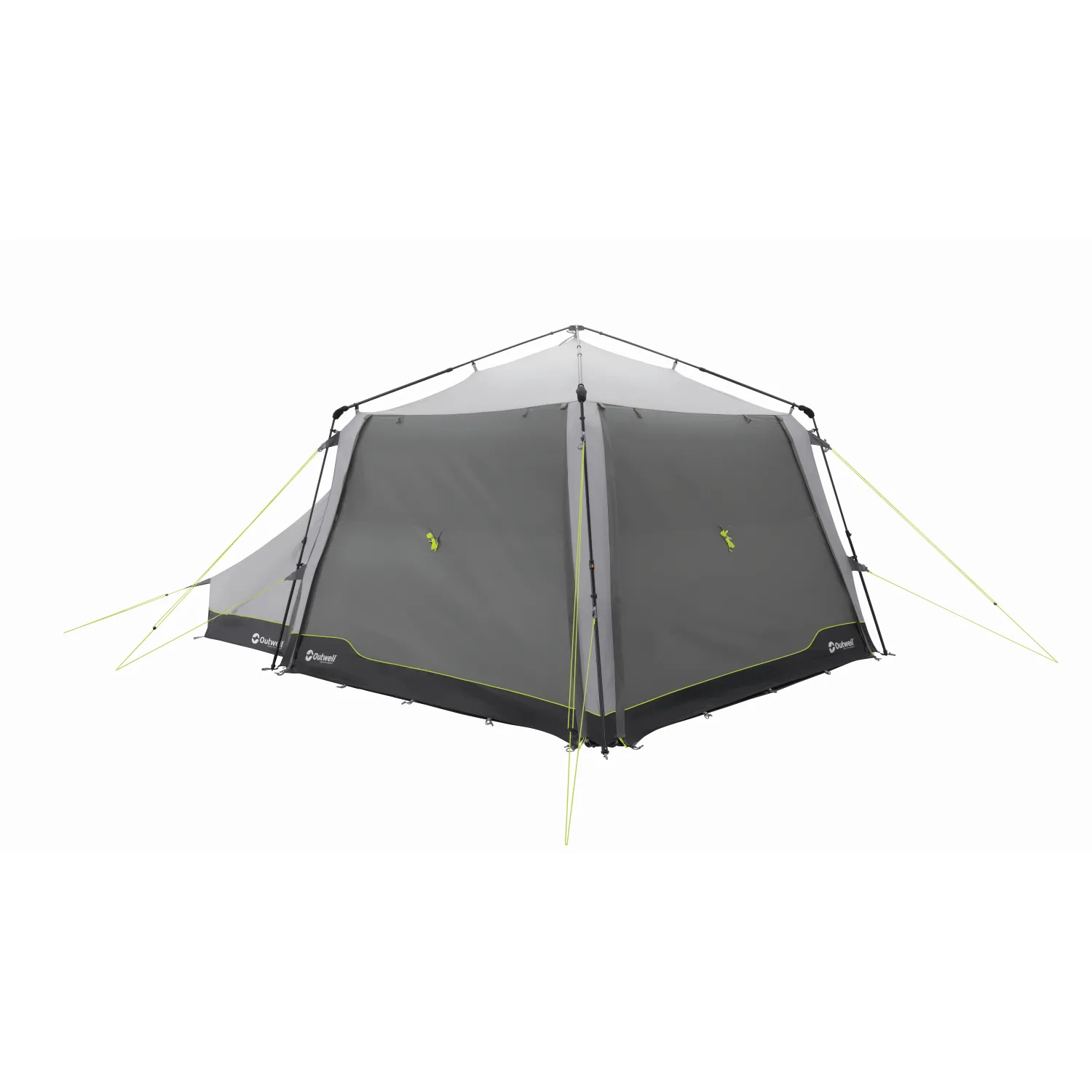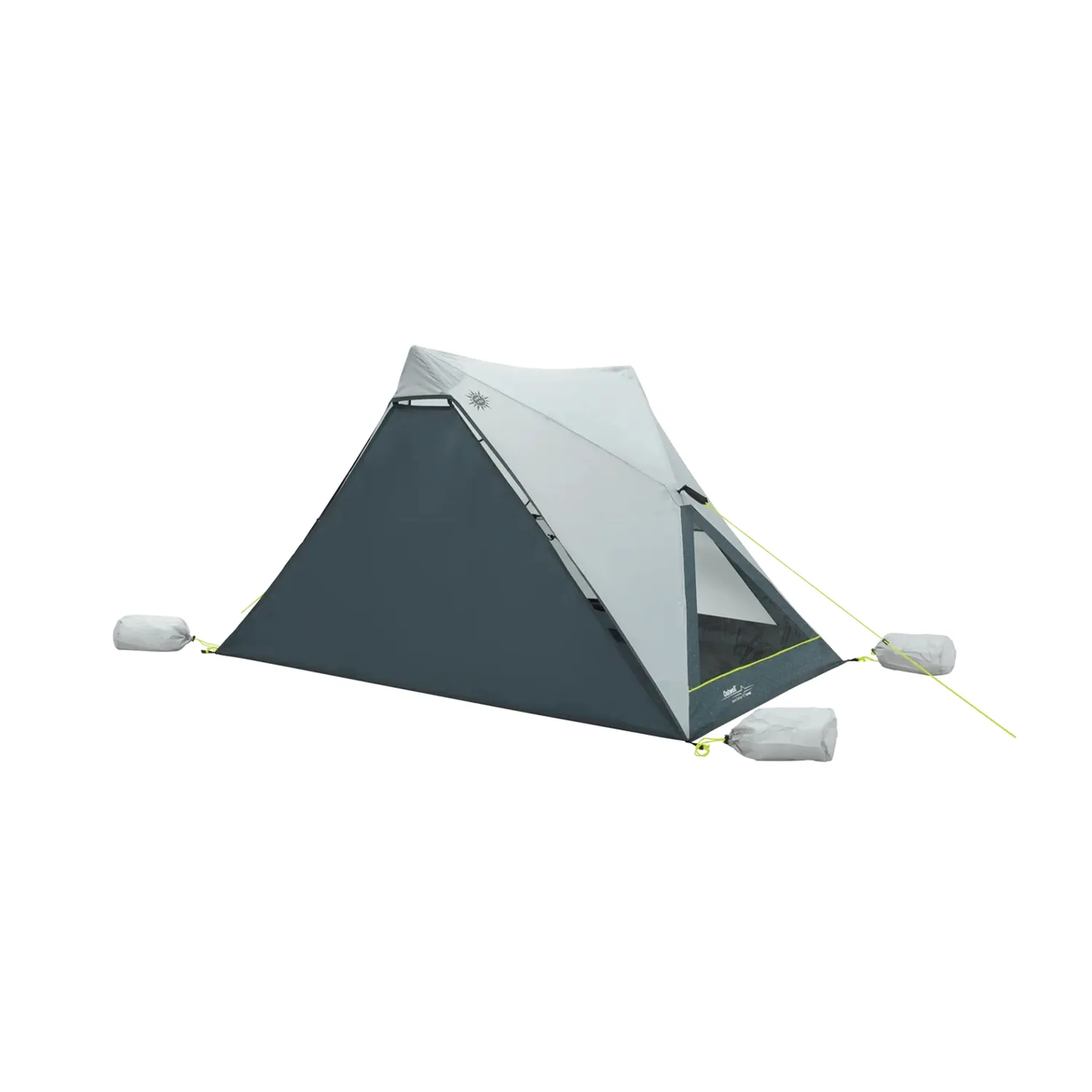
Tents


Tents

Not sure which tent is right for your next camping adventure? Let us help you find the perfect tent for your adventures! Learn all about the different tent materials, from lightweight nylon to robust polyester, and discover which one best suits your needs.
Our tent guide
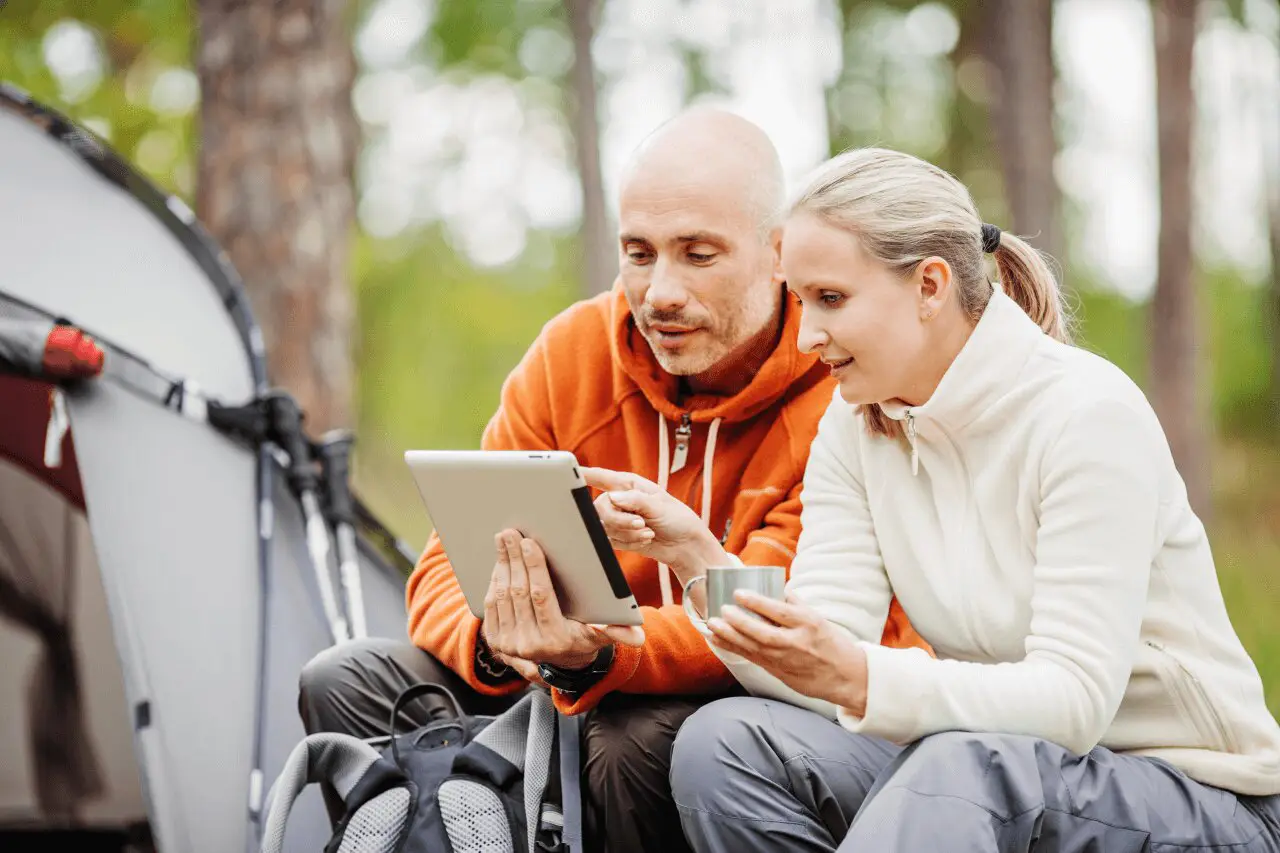
Live video consultation
Shop from the comfort of your own home. Book an appointment now for a live video consultation, let our experts answer all your questions and show you all the tents and furniture on display. Live, via video call.
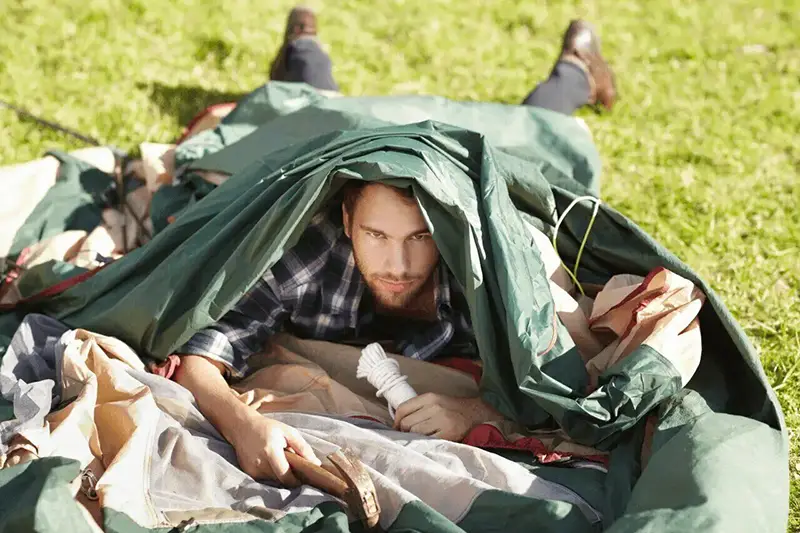
Live repair service
Are you on holiday and having trouble with your tent? We'll help you solve the problem - live, via video call. No matter where you are. Simply contact our customer service team:
What to look out for when buying a tent
A camping holiday or outdoor adventure with an overnight stay offers maximum relaxation for many people. Pitching a tent in the great outdoors and spending time far away from civilisation. But in order to enjoy this experience, you need a certain amount of equipment and a certain amount of basic knowledge to be able to use it properly.
A very important point in the tent category is the material. First and foremost, the material of the tent must be waterproof so that you don't have to cancel your outdoor trip immediately after a small storm. In most cases, either polyurethane, silicone or cotton is used for tents. As the polyurethane coating has a fairly high density and remains elastic in the cold, it is often used for the tent floor. The silicone coating, on the other hand, is usually only used for the outer tent. The silicone coating also increases UV protection. The water column is the value by which the waterproofness of the tent is indicated.
For example, if a tent has a water column of 3,000 mm, water will only penetrate if this amount hits the tent within a short period of time, which is very unlikely.
Outer tent: Water column of at least 1,500 mm
Tent floor: Water column of at least 2,000 mm
The orientation and pitching of the tent must also be carried out accordingly due to factors such as the wind. Depending on the model, the tents must be pitched differently. Sturdy tunnel tents, for example, are good targets for the wind due to their long sides and narrow ends. To pitch the tunnel tent as safely as possible, it should be pitched with the lowest and narrowest side facing the wind direction to minimise the area exposed to the wind.
There are different types of camping tents such as inflatable tents, throw tents, pop-up tents, igloo tents, tunnel tents, dome tents, awnings or tents for trekking. Dome tents are the best choice for short stays such as weekend trips or for people at music festivals. In good weather, good ventilation can be provided in summer as long as only the inner tent is erected.
The tunnel tent is suitable for families and trekking tours due to its stability, comfortable space and low weight. The round tent is well suited for camping holidays with several people. It can often be found on holiday camps. Everyone has to decide individually which camping tent is right for them and their use.
doorout.com's online shop offers a large selection of camping tents from Heusser, Kampa, Eureka, Exped, Force Ten and many other brands.
Which tent types are available and what they are suitable for
Here is a brief comparison of the individual tent types and what they are suitable for:
- Family tents offer good sleeping and living space for the whole family. Large family tents are particularly suitable for camping holidays with several people
- Trekking tents are very light, waterproof and practical to transport thanks to their small pack size. Trekking tents offer sleeping space for 1-2 people
- Pavilions can be set up in just a few minutes and are easy to transport
- Beach tents are quick to set up and suitable for camping on sunny days thanks to their large shaded area
- Accessories for all tent types. Pegs, poles, tent pads for hard grounds etc.
- Group tents offer a large open space for several people
- Utility tents are stable tents such as: Toilet tents, shower tents, man tents or equipment tents
- Tarps are large cloths with a small pack size, which are stretched and offer good protection against the sun
- Camping tents without standing height are easy to erect tents that are equipped with fibreglass poles and an inlaid groundsheet
- Tipi tents are cone-shaped tents that offer a cosy atmosphere when camping
- Awnings create more living space, storage or stowage space when camping with a caravan or VW bus
To find exactly the right tent for every type of outdoor adventure, there are a few questions you should ask yourself before buying your new camping tent. After all, not all camping tents are the same - you need to choose the right tent for your mobile home according to your requirements. The landscape and the climate zone (weather) also have a decisive influence on the purchase of the right tent.
Only those who have the relevant experience in this area and know their products inside out can recommend the right tents for your holiday. This is the great advantage of doorout.com - we always endeavour to test our products and offers ourselves.
It's not just about setting them up in the shop, but also about using them directly outdoors. This is the only way we can judge whether a new tent delivers what it promises. We also look at new products directly with the manufacturers. We only recommend products with which we have gained our own experience and with which we can identify.
Flexible outdoor accommodation for families, couples, groups & adventurers
Camping stands for adventure, freedom, flexibility, being close to nature and so much more!
Whether it's a trekking tour, a family holiday, a weekend getaway for two or a holiday camp - the tent for your adventure is already waiting for you.
- Why go camping? That's what makes camping so unbeatable!
- Buying the right tent - how it works
- An overview of the different types of tent
- Securing your tent - against bears, mice and burglars
- Tent care: cleaning and waterproofing
- Pitching and taking down a tent - our guide
- Tent or hotel? A comparison
Why go camping? What makes camping so unbeatable!
- Sleeping under almost open skies
- Being close to nature
- Enjoy the peace and quiet
- Time independence - you decide when to continue your journey and when to eat
- Be able to change location flexibly
- Affordable alternative to a package holiday
- Pet-friendly holidays are suddenly very easy
- The children can run around and always have someone to play with
- Forced to be offline
- Be free
- You do more, are more adventurous
- Socialise quickly
- Appreciate the comforts of home again
Buying the right tent - how it works
Buying a tent is not rocket science. Nevertheless, you should ask yourself a few questions about its use and purpose so that you don't end up frustrated with your choice afterwards:
- How many people are travelling with you?
- Are you transporting the tent by car or on foot, bike, etc.?
- Are you camping in warm, rainy or cold regions?
- How cosy do you want the tent to be?
Keep these questions in mind and check the tent of your choice as follows:
1. The material or fabric for the tent
The best material for a tent is of course waterproof, lightweight, breathable, robust and does not require much maintenance.
Synthetic fibres are robust, waterproof, lightweight and dry quickly.
On the other hand, the material is not very breathable and therefore ventilation options should be provided. A simple wipe is sufficient for care.
Cotton is much more breathable, but also requires more care and is more susceptible to damage from moisture as it dries slowly. The heavy material is supposedly suitable for dry areas.
2. From this water column value, the tent is considered waterproof
The water column shows you whether a tent is waterproof. If the value of the outer tent is approx. 1500 mm and the value of the tent floor is approx. 2000 mm, you can assume that you will be protected from the rain.
If you often camp in particularly rainy areas, a value of 3000 mm is worthwhile.
3. Depending on the tent size, 2 - X people can fit in the tent
Depending on the type and size of tent, entire groups can fit in the tent.
Bear in mind that it is not only the number of people but also what you are taking with you and what you want to do in the tent - cooking, lounge, etc. - that determines the appropriate tent size.
When planning, bear in mind that the size affects the weight of the tent.
4. Low tent weight for transport on foot or by bike
A logical equation: the more people you want in the tent, the bigger it should be, but the heavier it will be.
If you are travelling on foot or by bike and want to attach your tent to your rucksack, your tent should be particularly light and weigh a maximum of 2 kg.
If you are travelling by car, on the other hand, you can achieve more comfort with a larger tent.
5. The right tent shape
Dome tents are very wind-resistant. Practical: Their compact pack size and lightweight material make them the ideal companion for (trekking) tours on foot or by bike. However, this is also noticeable in the lack of tent length.
Tunnel tents are particularly comfortable for tall people. They only perform less well in terms of wind stability due to their shape.
Pyramid tents / tipis are typically used for camping with several people, such as club outings or holiday camps. They offer plenty of space, but cannot usually be fitted with an awning.
Square family tents are also spacious. Unlike tipis, they can be easily partitioned with sleeping cabins.
6. Almost automatic or manual tent assembly
Tents can be erected manually with poles, almost automatically if inflatable or in seconds as a pop-up tent.
However, speed has its pitfalls. The pop-up tent is the quickest to erect, but is usually also very small. The inflatable tent is particularly heavy and has a large pack size.
7. Heat or ventilate the tent
Are you planning to use your tent in the cold season and want to heat it? Make sure that there is an opening in the floor and ceiling for a stove.
In hot temperatures, ventilation windows will save you from stuffy air.
The different types of tent at a glance
The many different types of tent can sometimes make you lose track. Use the following overview to find the right tent for you:
- Camping tents are easy to pitch and are usually equipped with poles - you can rarely stand in the tent.
- Family tents are designed for family holidays with several people and can be divided up with sleeping cabins.
- Trekking tents are characterised by their low weight, high waterproofness and small pack size, which makes them easy to transport. The size is suitable for 1-2 people.
- Tarps are large tarpaulins with a small pack size that can be set up in a variety of ways and are popular with trekkers.
- Group tents offer a large space for several people and are often used by clubs or holiday camps.
- Utility tents are stable tents and can fulfil various practical purposes - toilet tents, shower tents, equipment tents.
- Pavilions can be used for a variety of purposes - meeting place, garden party, storage space - and are quick to set up.
- Beach tents provide protection from the sun's rays thanks to their large shaded area and can be taken anywhere quickly thanks to their low weight.
- Awnings create more living space, storage or stowage space when camping with a caravan or VW bus.
- Roof tents are attached to the bus or car and offer additional and flexible sleeping and living space.
Secure your tent - against bears, mice and burglars
Camping is great - but depending on the region and the occasion, there are troublemakers that can make camping uncomfortable.
Protect your tent (and yourself) from bears
Depending on where you camp (Canada), you may run the risk of being visited by bears.
In such signposted regions, you can take a few measures to protect yourself from close contact.
First of all, the tip: Bears have fine noses, are keen to explore and consider everything - even things that don't actually belong in the food category - to be potentially interesting or edible.
Never store food or objects that smell in your tent. Toothpaste, deodorant, perfume or clothes that smell of last night's dinner should also be stored elsewhere.
Hang these items high up in a tree at least 100 metres away from the tent. You should also cook and eat in a place at the above-mentioned distance.
If you are in a treeless area, you can simply bury the food in a container under a pile of pots and pans, which should scare the bear away if they fall over.
Protect your tent from mice
Mice are only interested in your tent for one reason: hunger. Similar to protection against bears, you should not store anything in the tent that smells or pack the items in such a way that no odour can escape.
Plastic bags and tarpaulins are no obstacle for rodents.
Ideally, you should pack food and other items in nibble-proof containers.
You can also avoid tempting mice in the first place by hanging your food high up in a tree.
Here, too, you should make sure the packaging is tight so that other animals don't take advantage of the opportunity.
Also important: clear up leftover food and rubbish promptly and thoroughly.
Protect your tent from burglars
The bad news first: you can't really protect a tent from burglars. And a lock hung in front of the door usually attracts the attention of thieves in the first place.
The motto here is - don't take anything too valuable with you. An expensive laptop, expensive watch or too much cash are better left at home or in your bank account.
You should take your car keys, mobile phone and wallet into your sleeping bag at night when you are asleep.
If necessary, you can also hide valuables in the car or attach a small alarm to the tent, the noise of which should scare off any thieves.
Tent care: cleaning and waterproofing
All you need to clean your tent is a little soapy water and a soft cloth. Aggressive cleaners, alcohol or the washing machine would damage your tent.
Proceed as follows:
- Set up your tent.
- Sweep out coarse dirt inside and out.
- Vacuum the tent.
- Then spray the outside of the tent with a garden hose.
- Now clean the tent first inside, then outside with soapy water and a cloth.
- Finally, clean the tent floor.
- Allow the tent to dry completely before you tidy it up.
Waterproofing your tent - when and how?
Waterproofing your tent is worthwhile. Not only will you increase the lifespan of your tent, but you will also ensure that it remains waterproof.
You can easily find out when you should waterproof your tent with a test.
Pour a bucket of water over your pitched tent. If the water runs off immediately, the protection is still in place. If, however, the moisture has set in or penetrated the fabric, you should urgently waterproof your tent again.
Not only time and frequent use, but also UV rays can damage the waterproofing protection.
And how can the tent be waterproofed? First clean the tent and wait until it is completely dry.
Spray the product on thoroughly. Then use a brush to gently work the waterproofing protection into the material.
Allow the product to work in according to the manufacturer's instructions. Then wipe off any excess material and spray with water.
Setting up and taking down the tent - our instructions
Does it always take you ages to pitch your tent and do you turn into a HB man in between? And somehow your tent always looks like a mess after being taken down and doesn't fit in the tent bag?
Don't worry - there's another way.
We'll show you how to put up and take down your tent properly (and in a relaxed manner) with our instructions.
Set up the tent
- First remove any large branches and stones from the area where you want to pitch your tent.
- If you wish, lay out an additional tarpaulin to protect against rain.
- Spread out the tent (on the tarpaulin).
- Now secure the four corners of the tent with pegs and a hammer.
- now open all the tent openings to avoid a vacuum effect.
- Take the centre poles.
- Fold them together and guide them through the tunnels provided.
- Insert the ends of the poles into the eyelets provided.
- Now attach the remaining rods.
- Now tighten all the lines and secure them with a hammer and peg.
- In the final step, check that all lines are taut enough and readjust if necessary.
Dismantle the tent
- Remove all items - luggage, blankets, pillows - from the tent.
- Check that your tent is dry and wipe off any drops of dew with a cloth.
- Then open all the tent openings again to avoid the vacuum effect.
- Roll up the doors and secure them with the hook provided.
- Now pull all the pegs out of the ground - this is particularly easy with a peg lifter or another peg.
- Wipe the pegs clean with a damp cloth if necessary.
- Roll up each line and tie them together so that the lines do not get tangled up.
- Now push (do not pull) the poles out of the tunnels and unfold them.
- Wipe off the ends if necessary.
- Wipe the underside of your tent with a cloth.
- Place the tent bag against your tent and fold your tent into a slightly narrower strip than the width of the bag.
- Now roll up the sheet tightly and put it into the tent bag together with the poles and pegs.
Tent or hotel? A comparison
Camping means being free. Free to make your own decisions. Sleep in late or have an early breakfast all to yourself at sunrise? No problem.
You are close to nature, can hear the crickets chirping and can eat your evening meal under the stars.
You can change location spontaneously if you feel like it - and without any fixed departure times.
The children can run around and your dog can enjoy being outdoors.
The downside: you have to share the "bathroom" with strangers and cook for yourself. But only what you like. The level of comfort also tends to be lower compared to good hotels, but it's also cheaper.
Hotel holidays are for those who don't want to lift a finger, but in return can live with some restrictions and significantly higher costs.
The bed is (usually) more cosy, you have the bathroom to yourself and bad weather doesn't cause a medium level of panic.
In return, you have to eat at a set time and your arrival and departure times are also fixed. At the buffet, you'll be annoyed by the bad behaviour of other hotel guests.
Last but not least, the hotel room will cost you a lot more than a campsite.
| Camping | Hotel | |
|---|---|---|
| Proximity to nature | ✓ | ✕ |
| Independence in terms of time | ✓ | ✕ |
| Comfort | Medium | High |
| Relaxed eating | ✓ | ✕ |
| Making new contacts | High | Medium |
| Costs | Low | High |
| Quality of sanitary facilities | Gambling | Gambling |
| Regardless of the weather | ✕ | ✓ |
| Noisy neighbours | Gambling | Gambling |
| Opportunities to discover new things | ✓ | ✕ |
| Child & animal friendly | ✓ | ✕ |

























